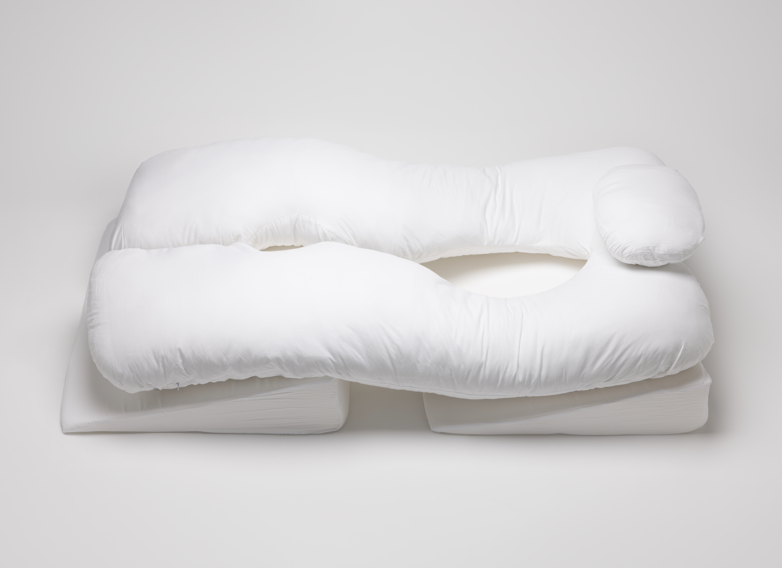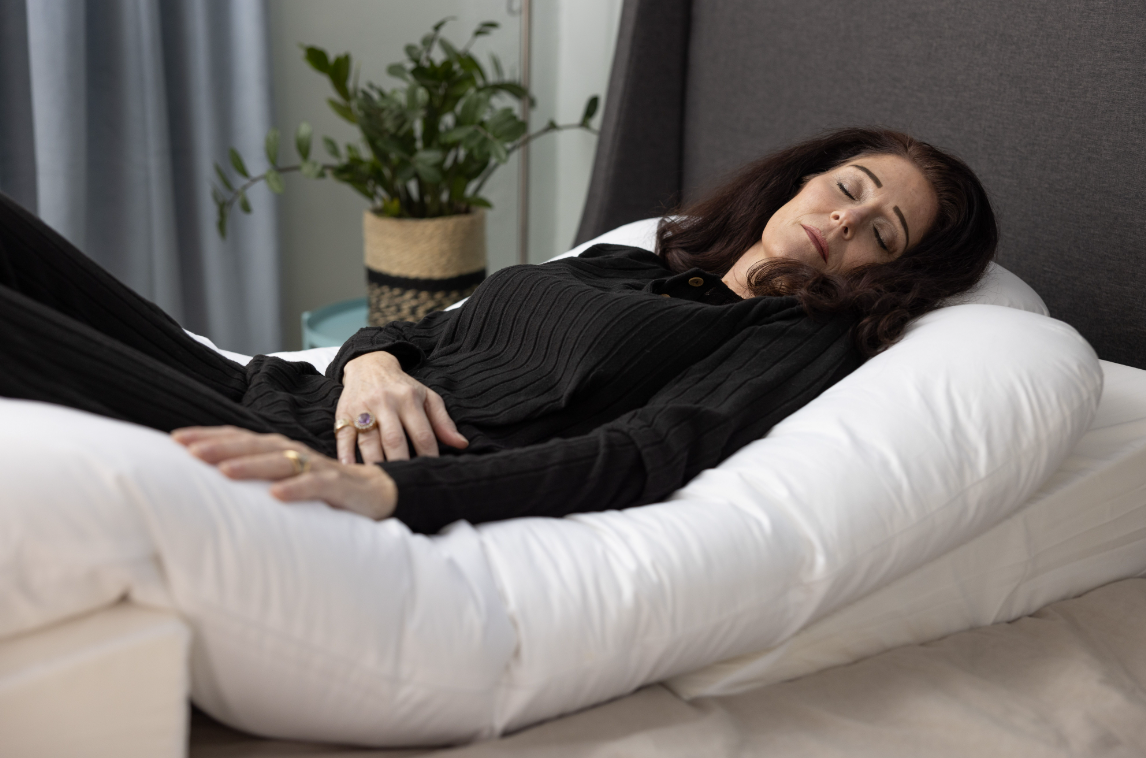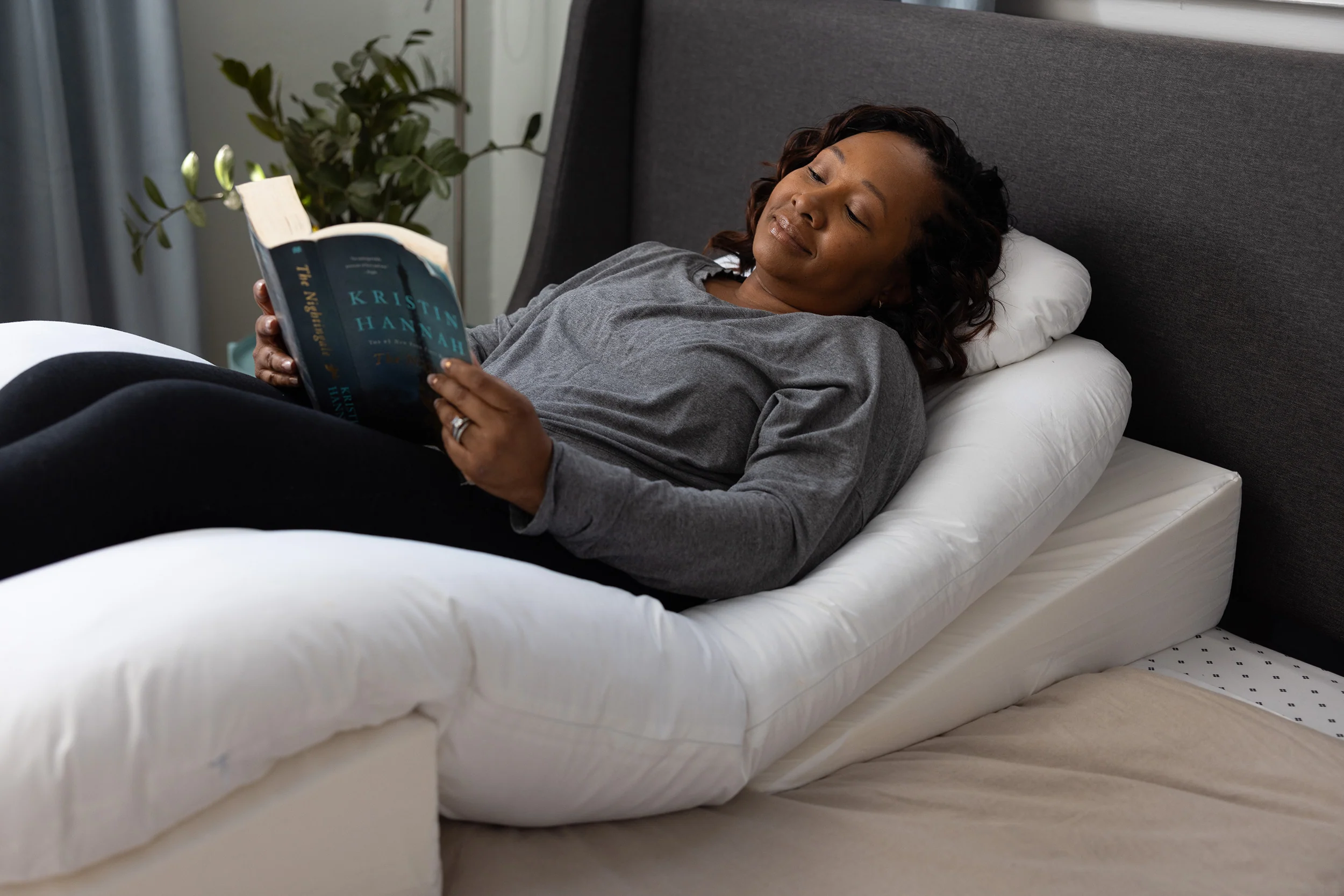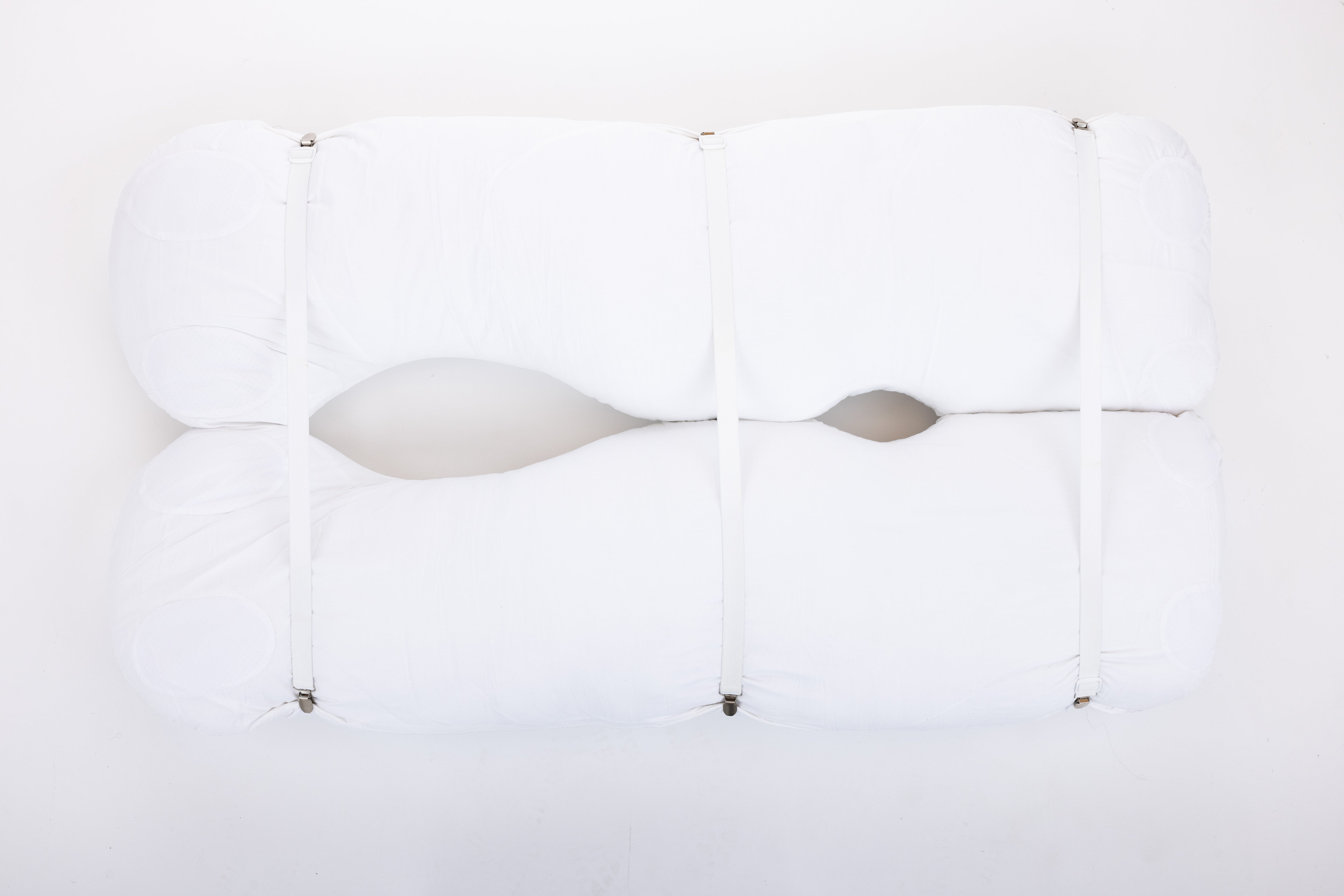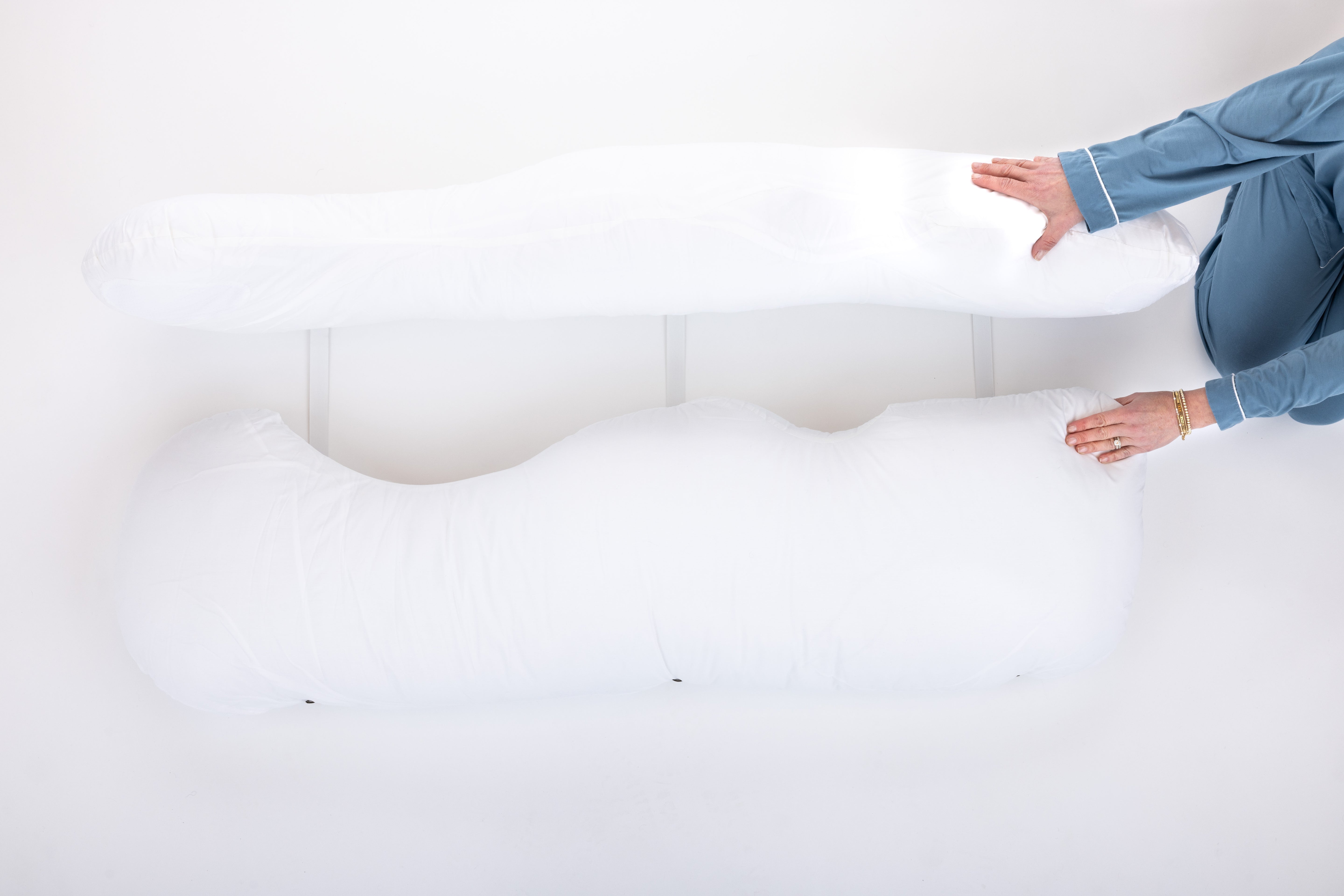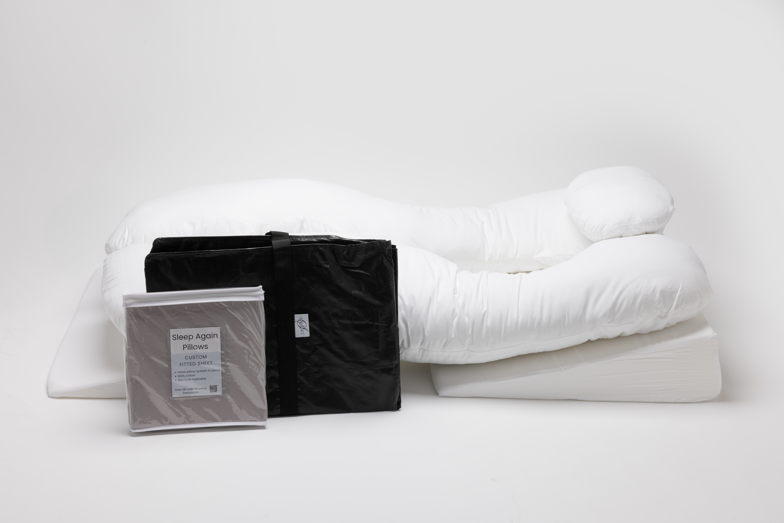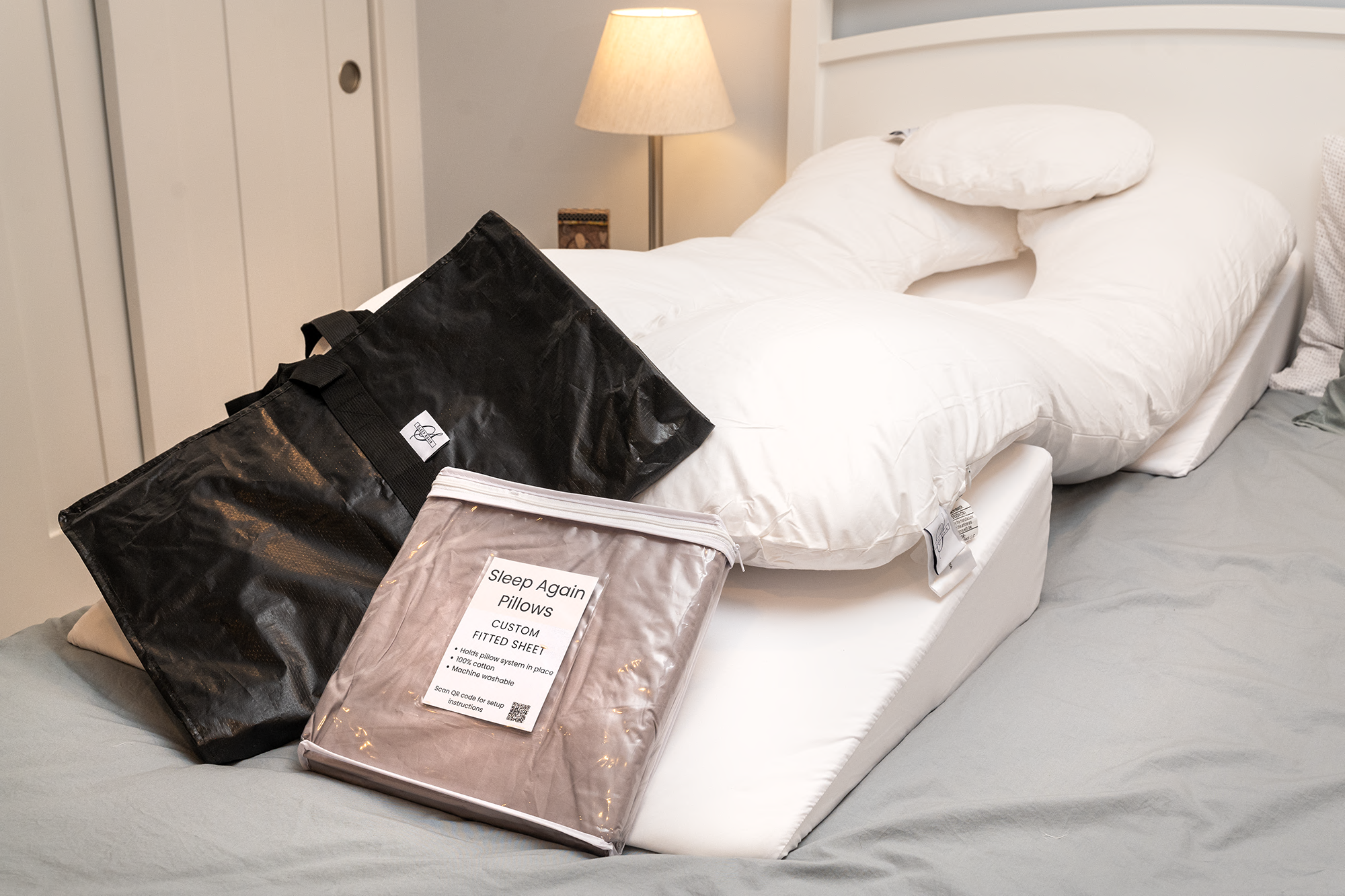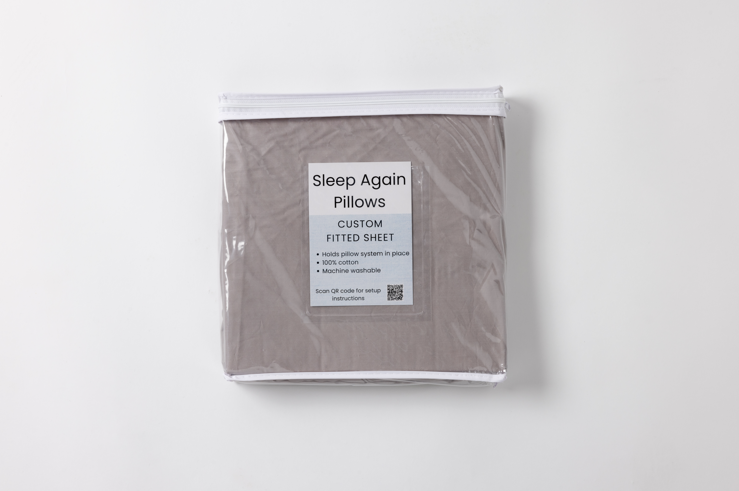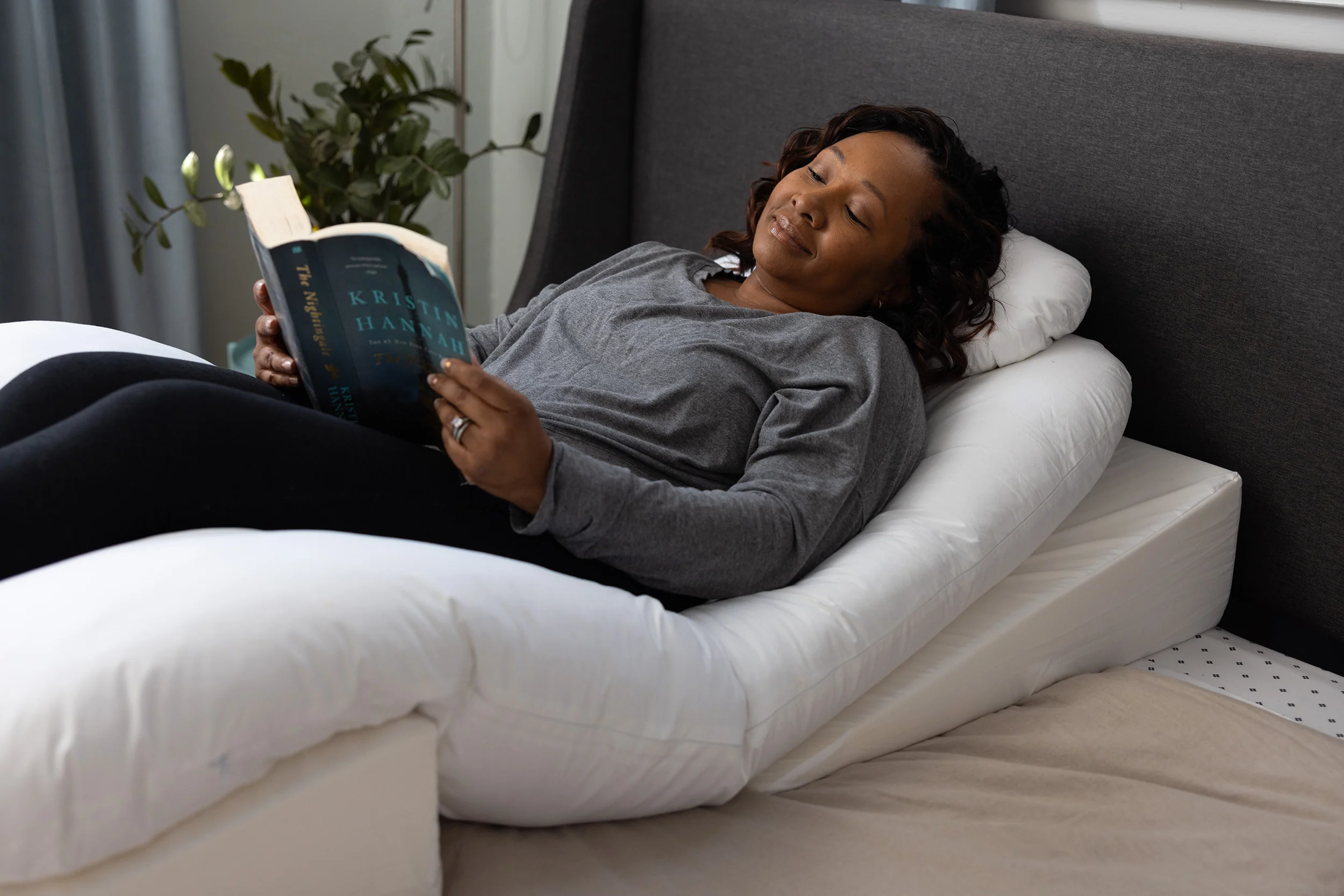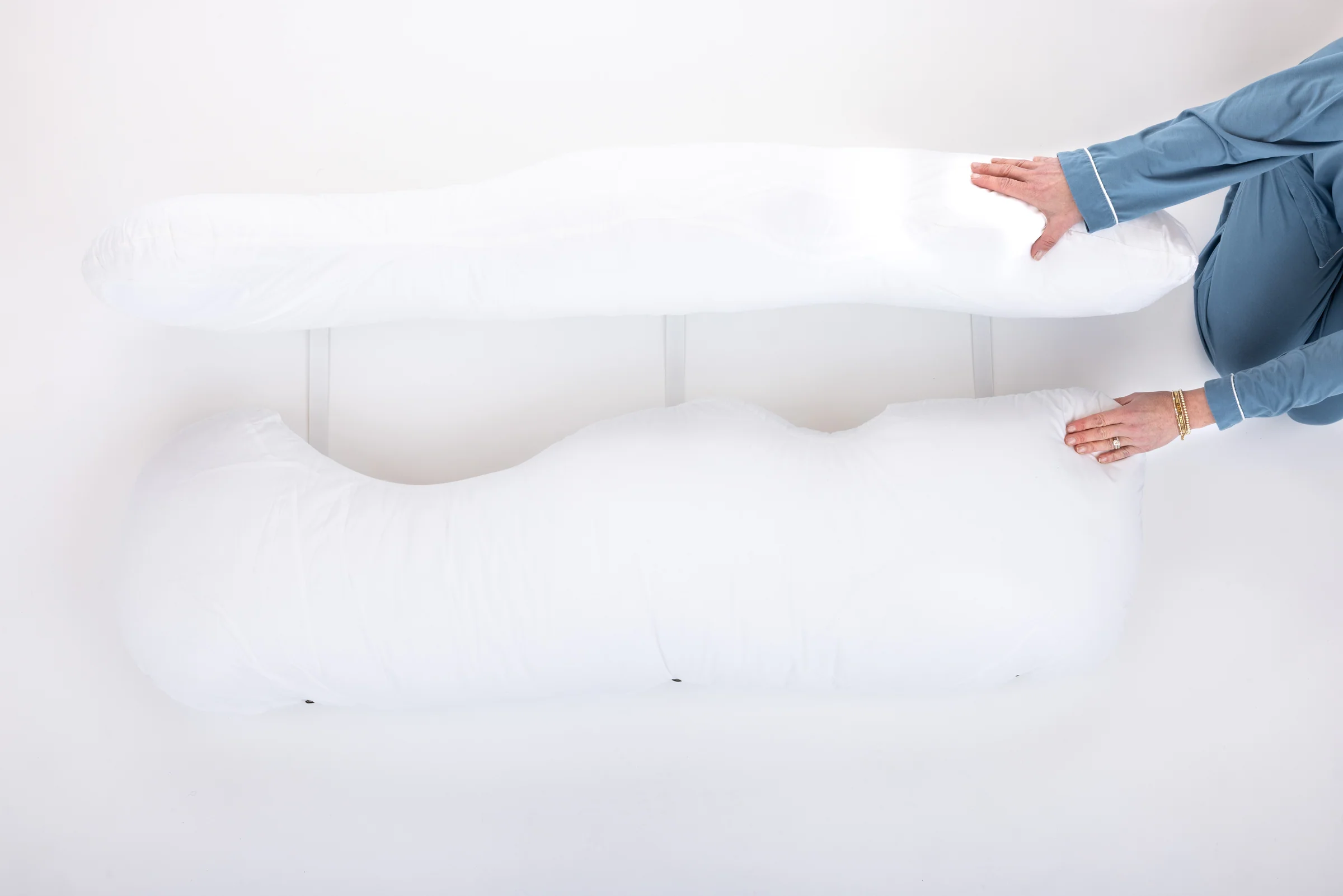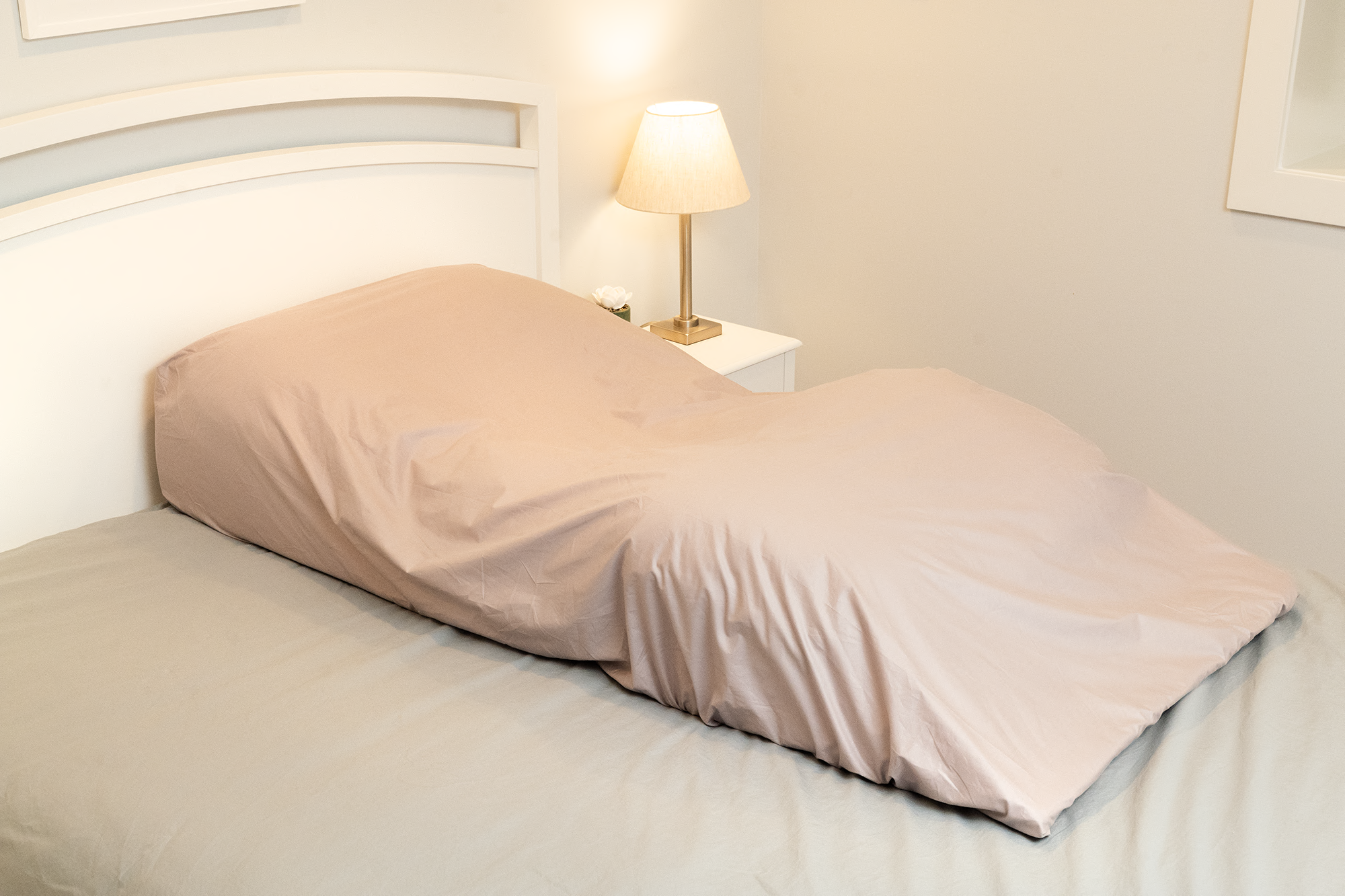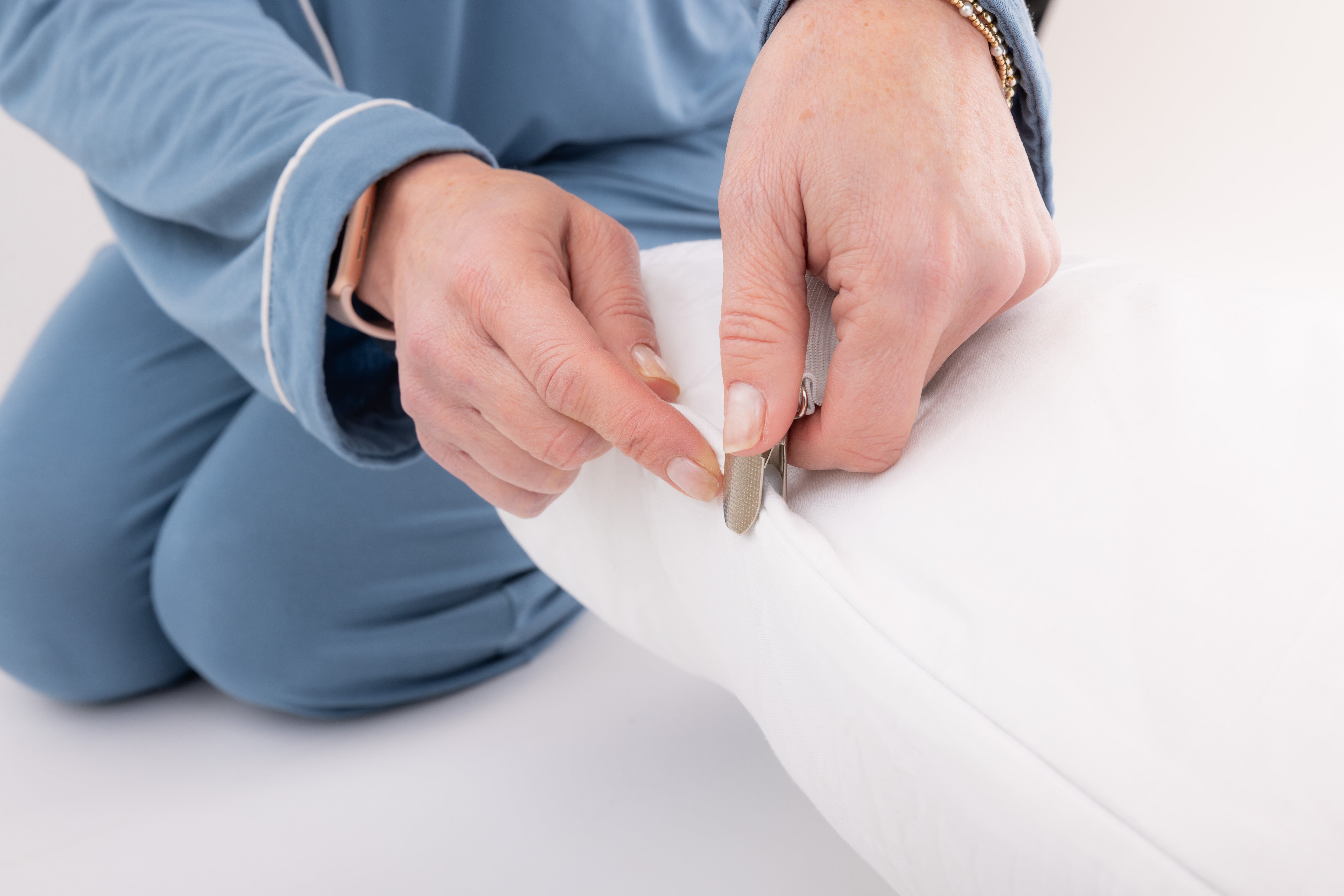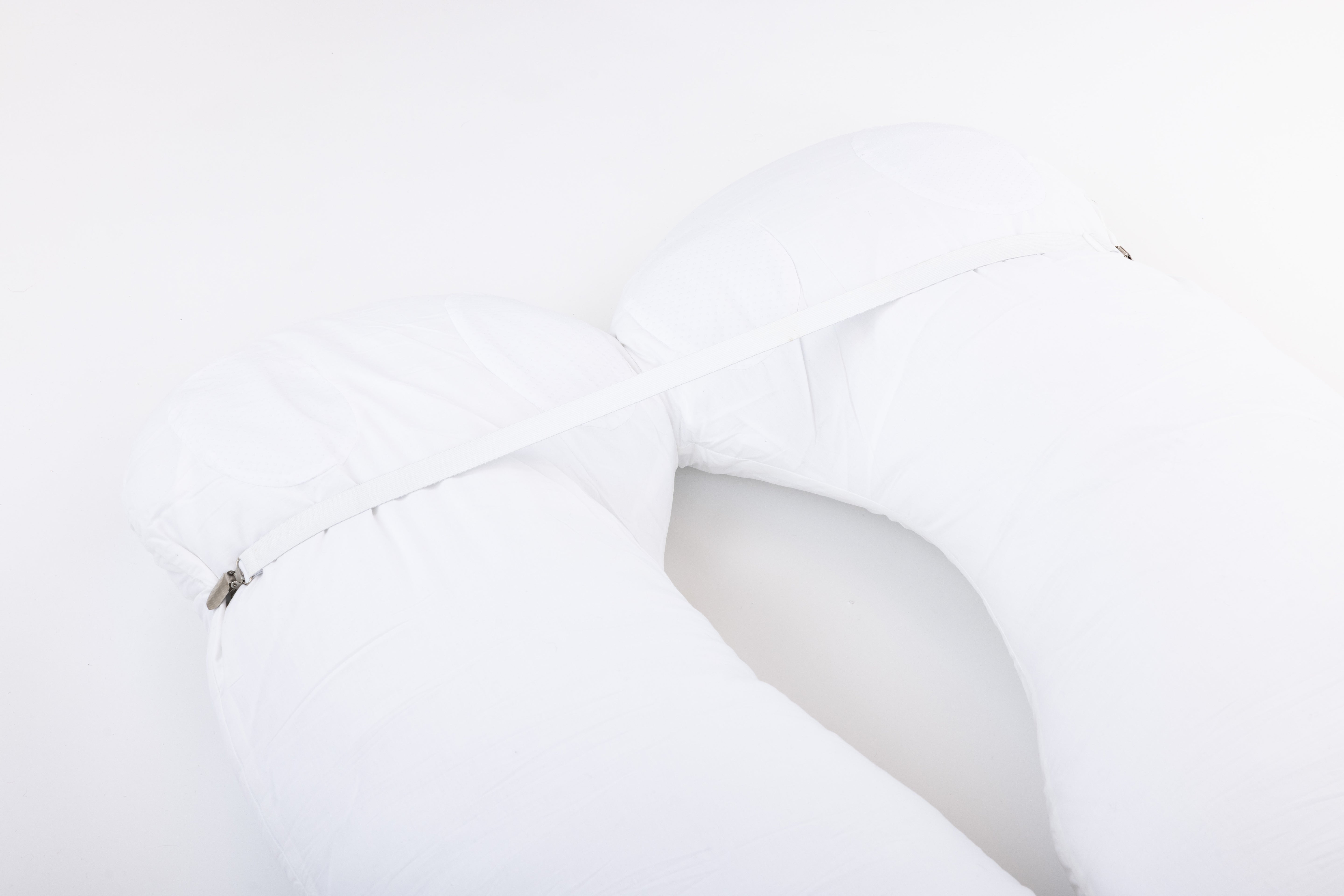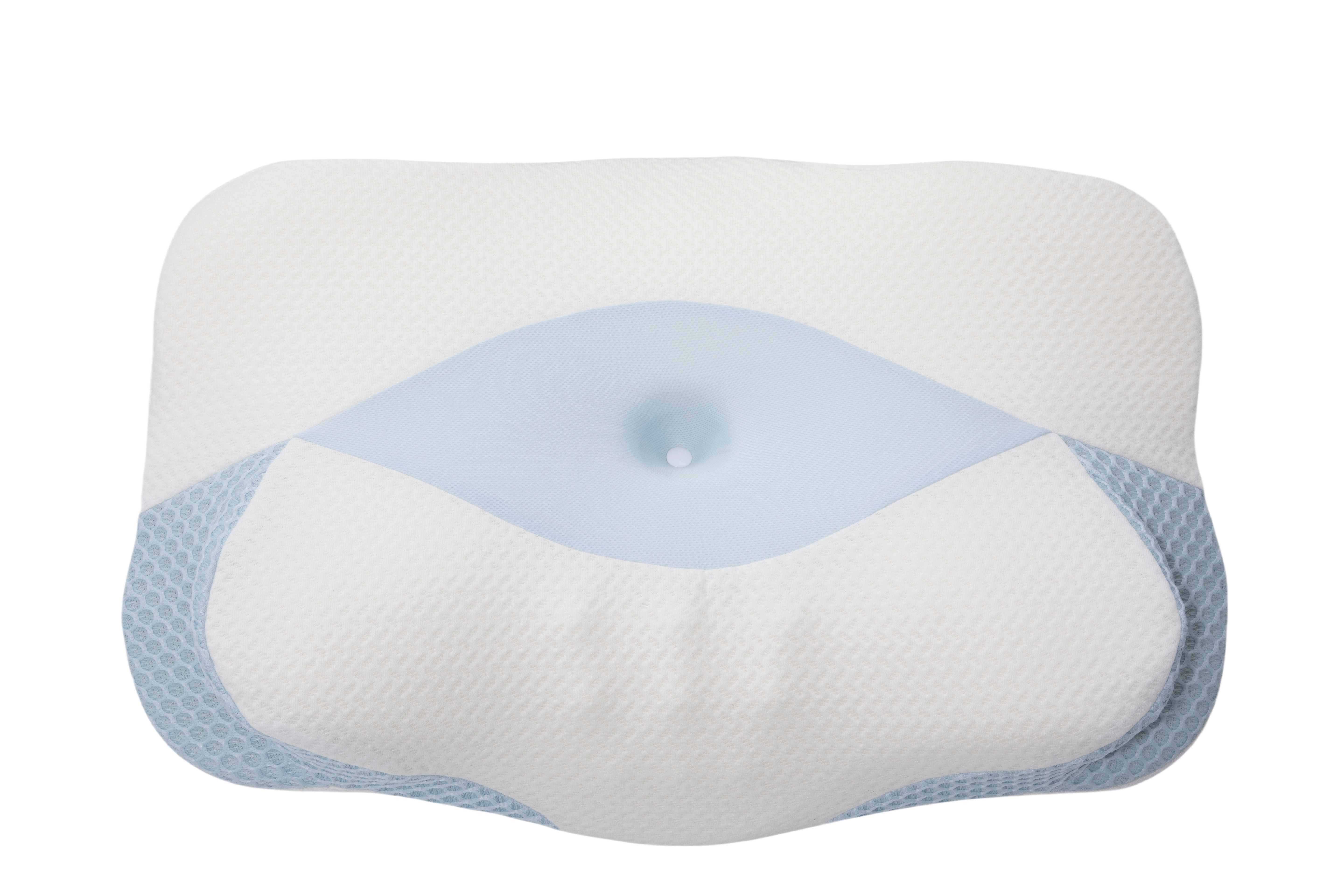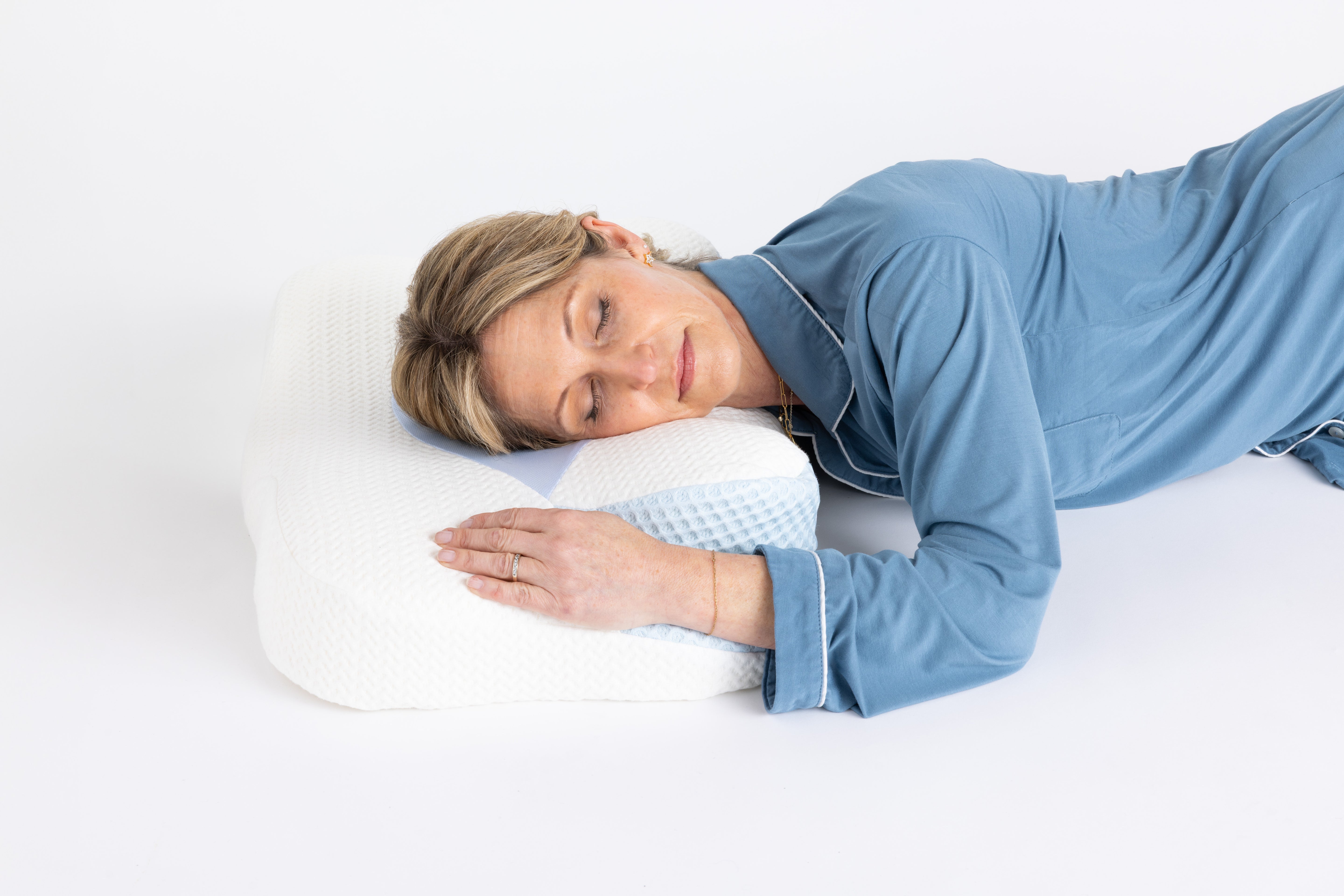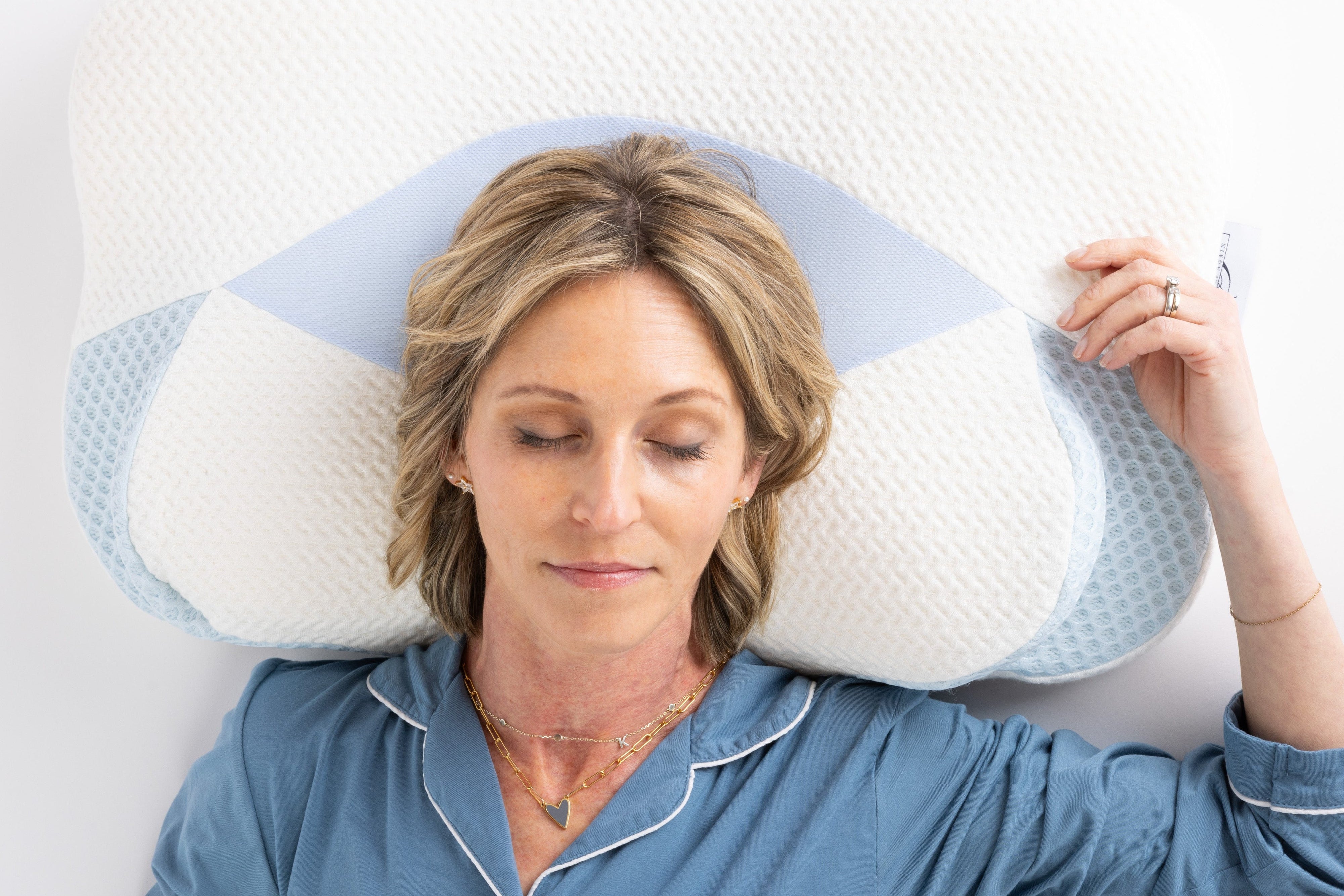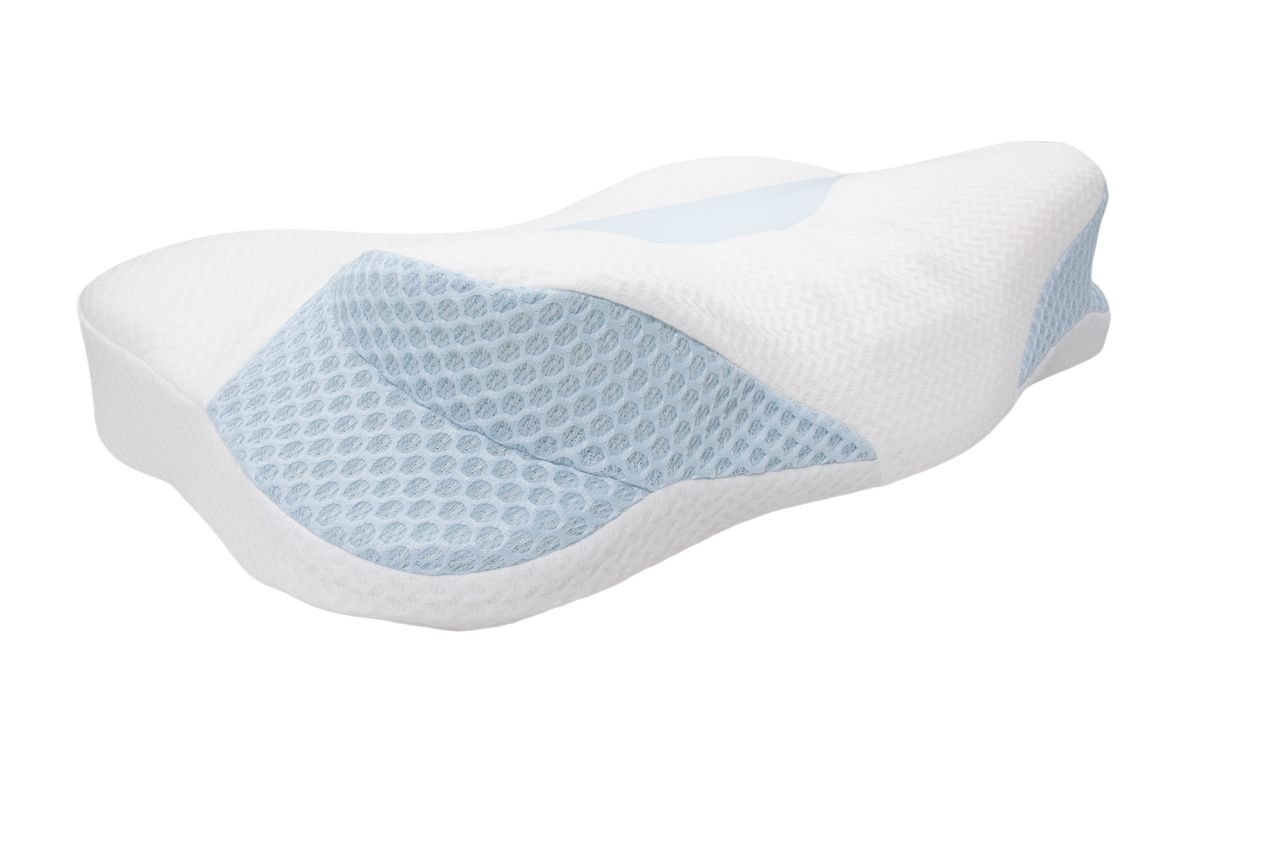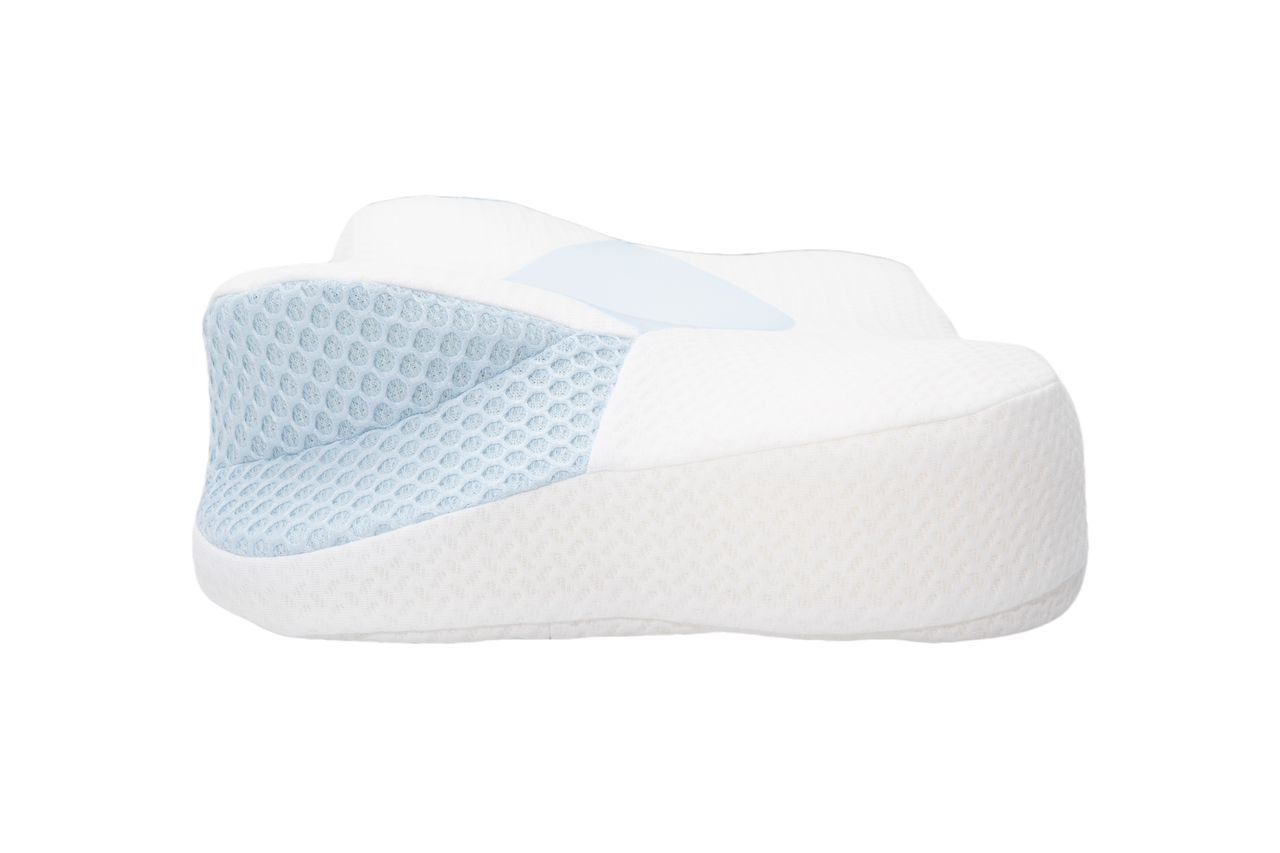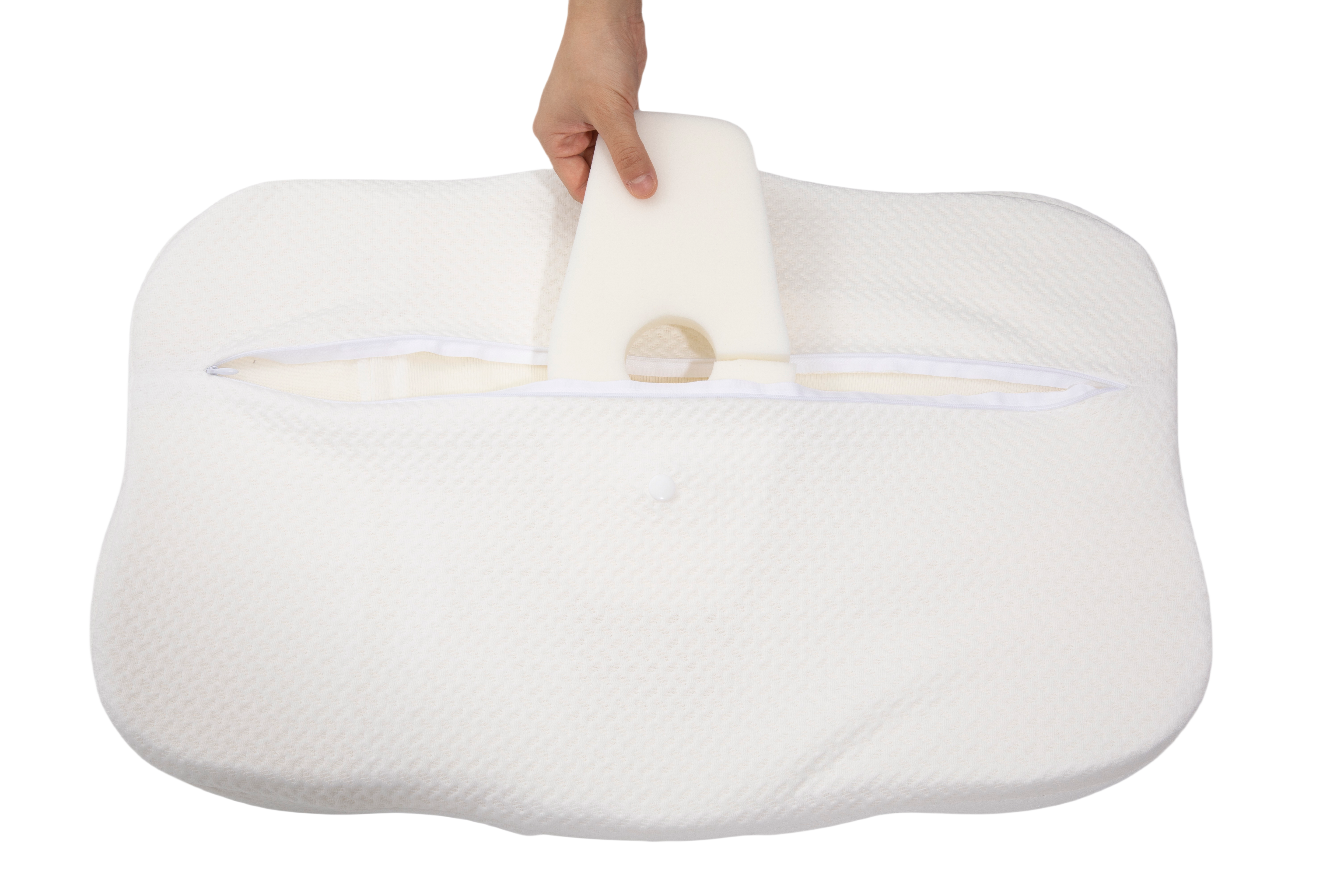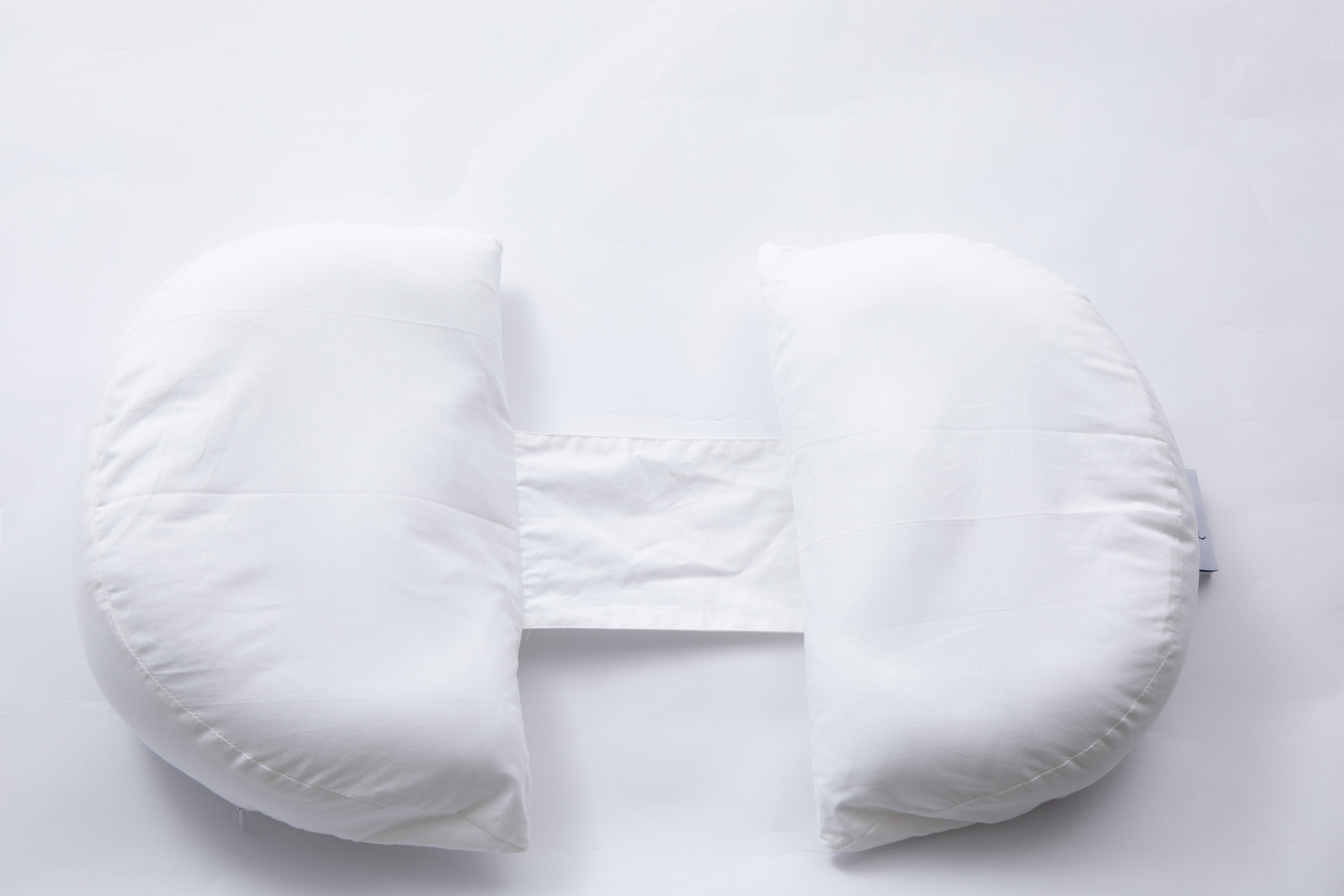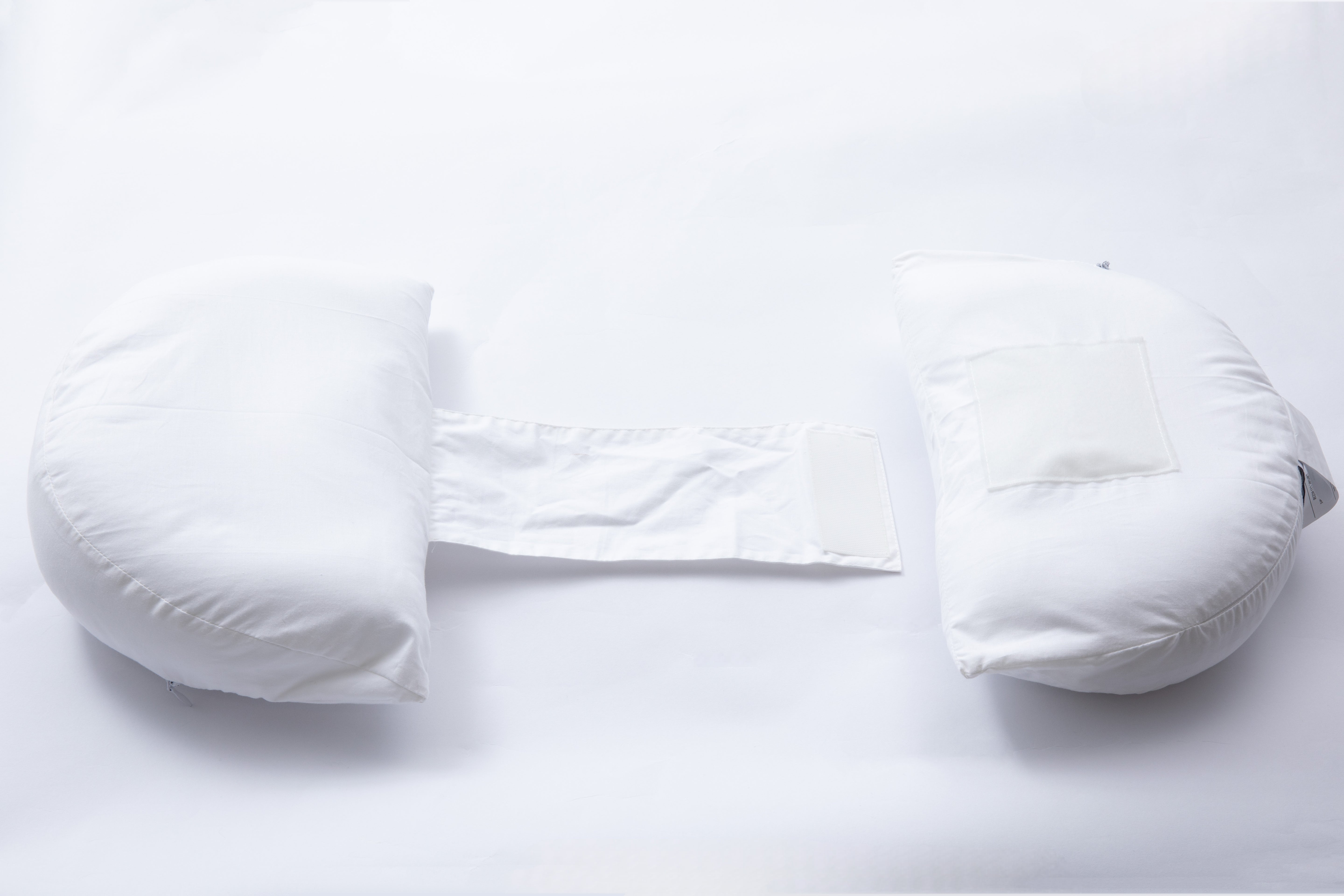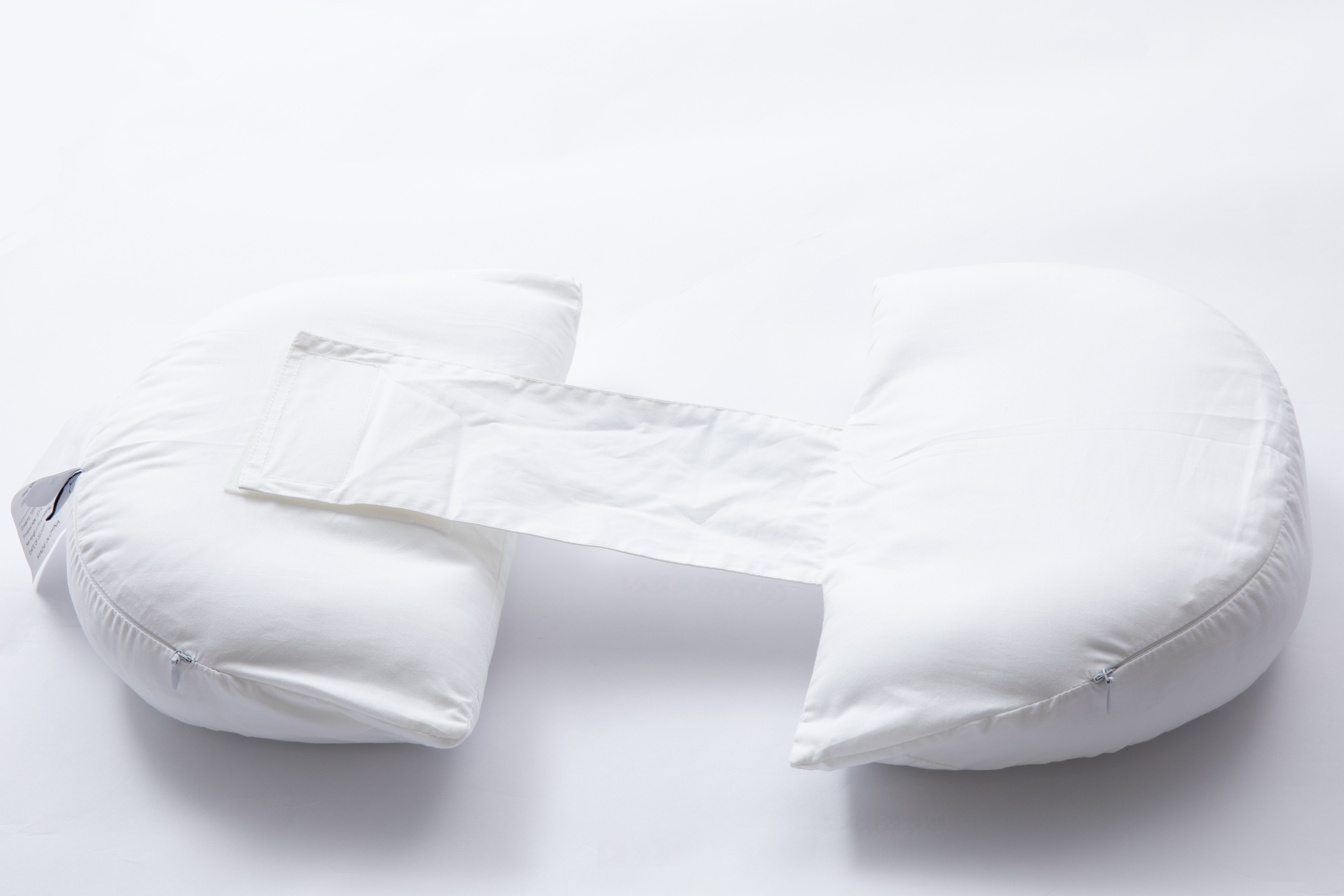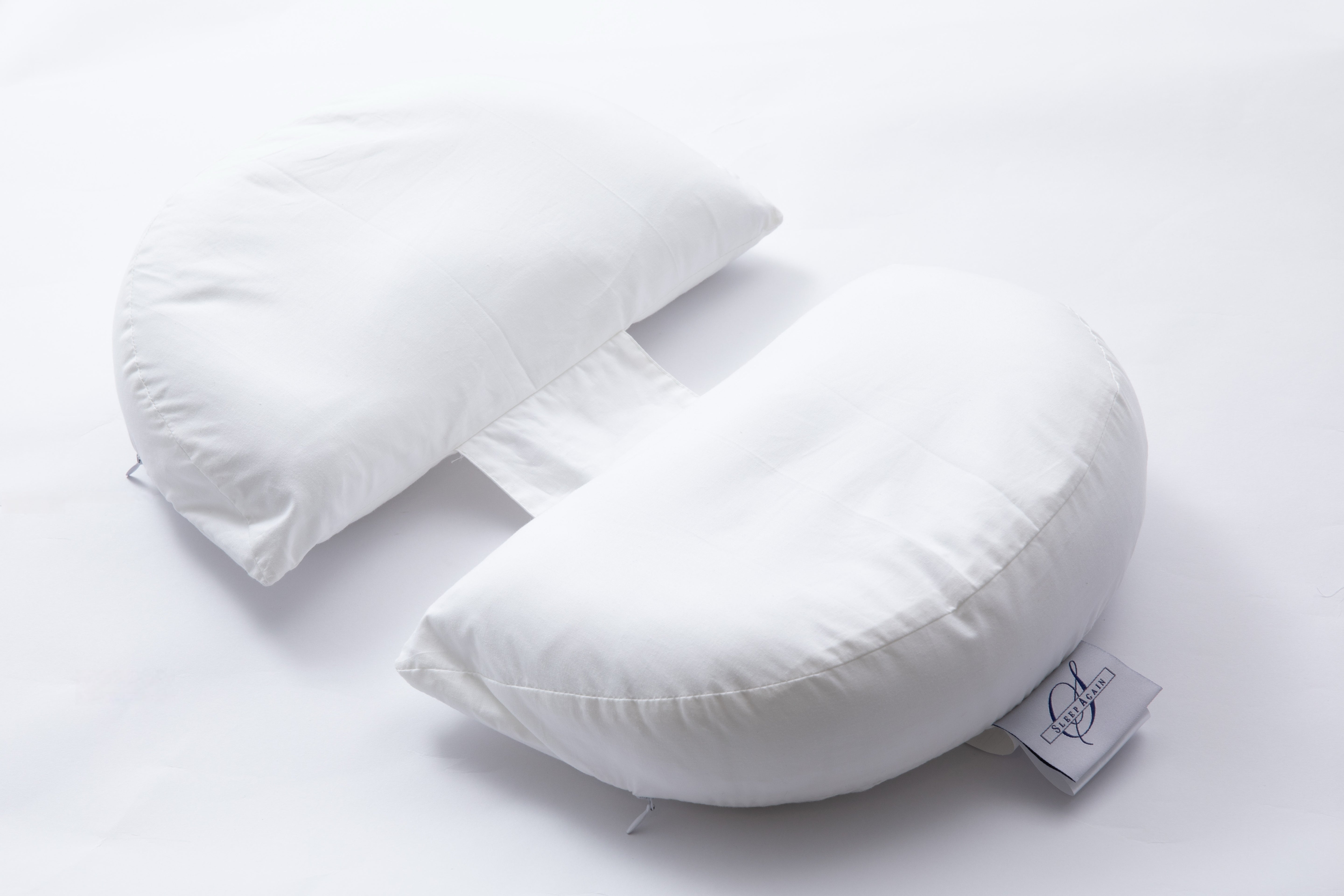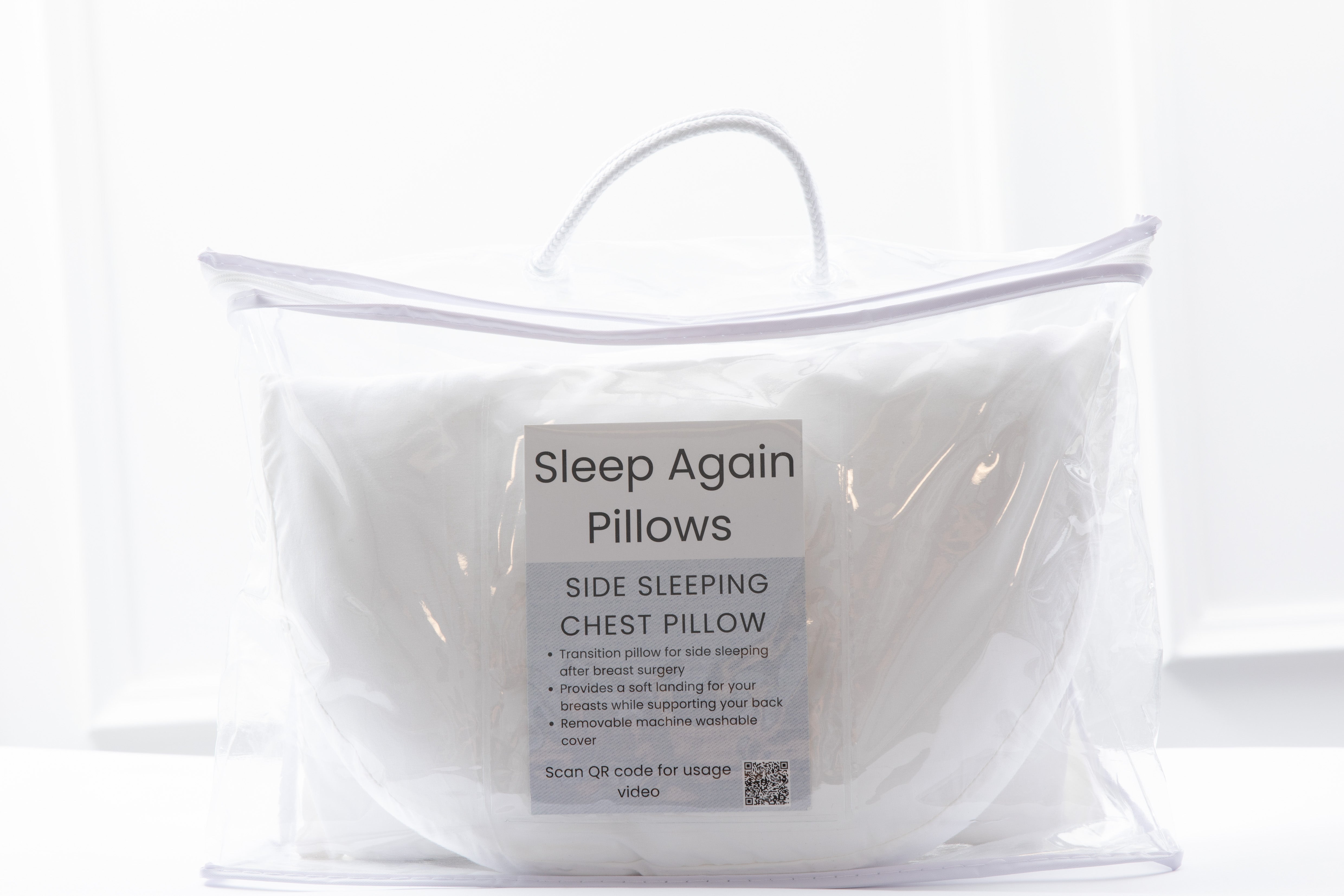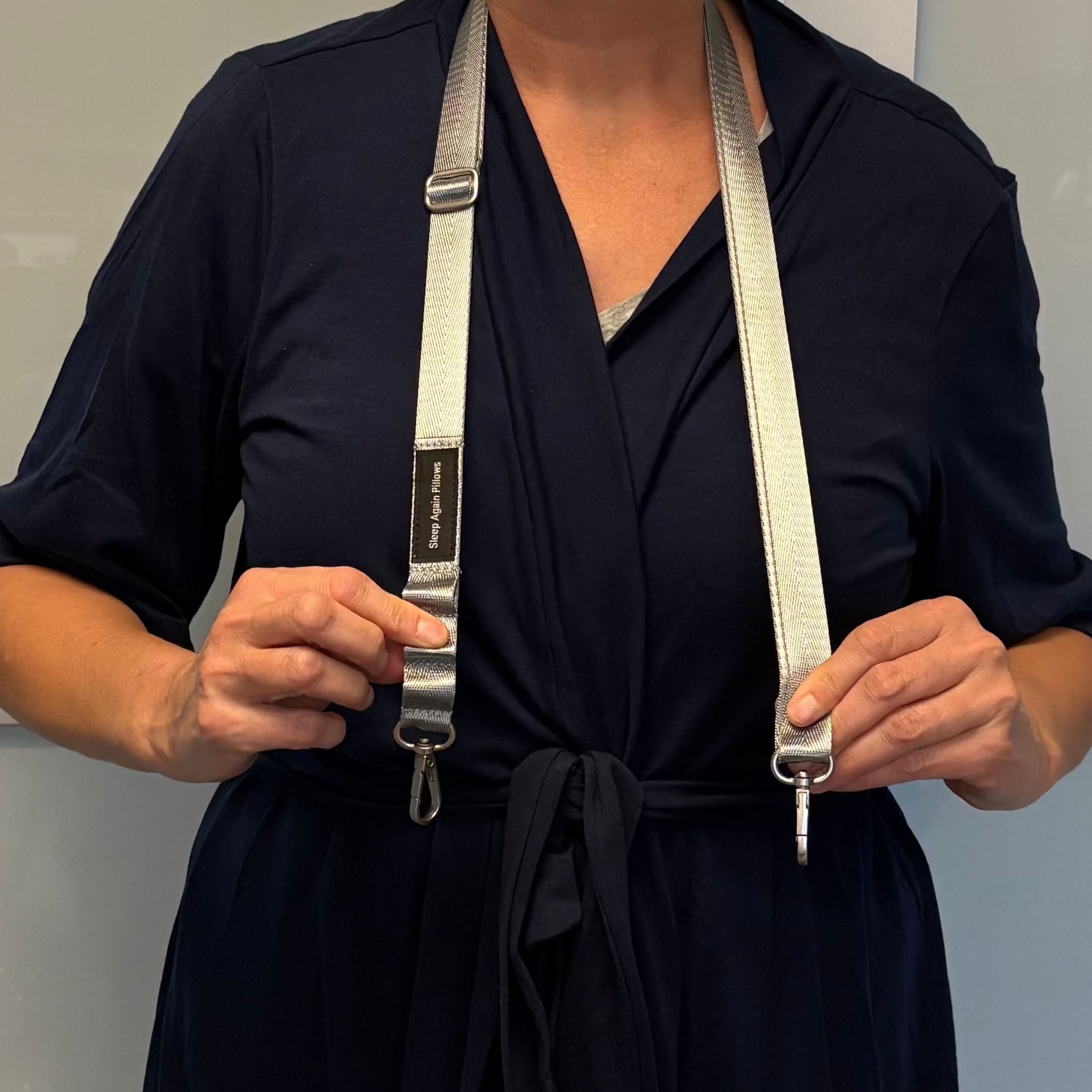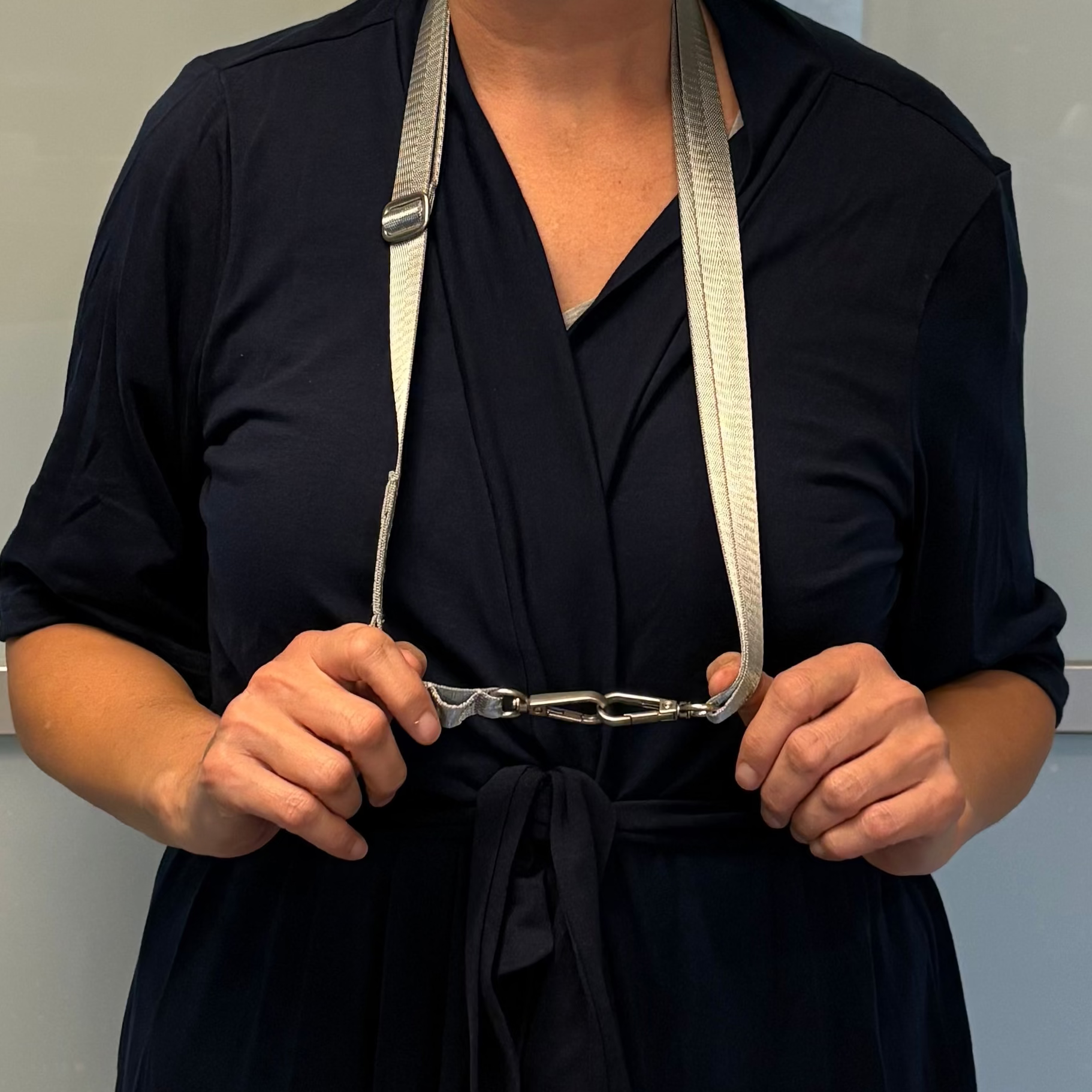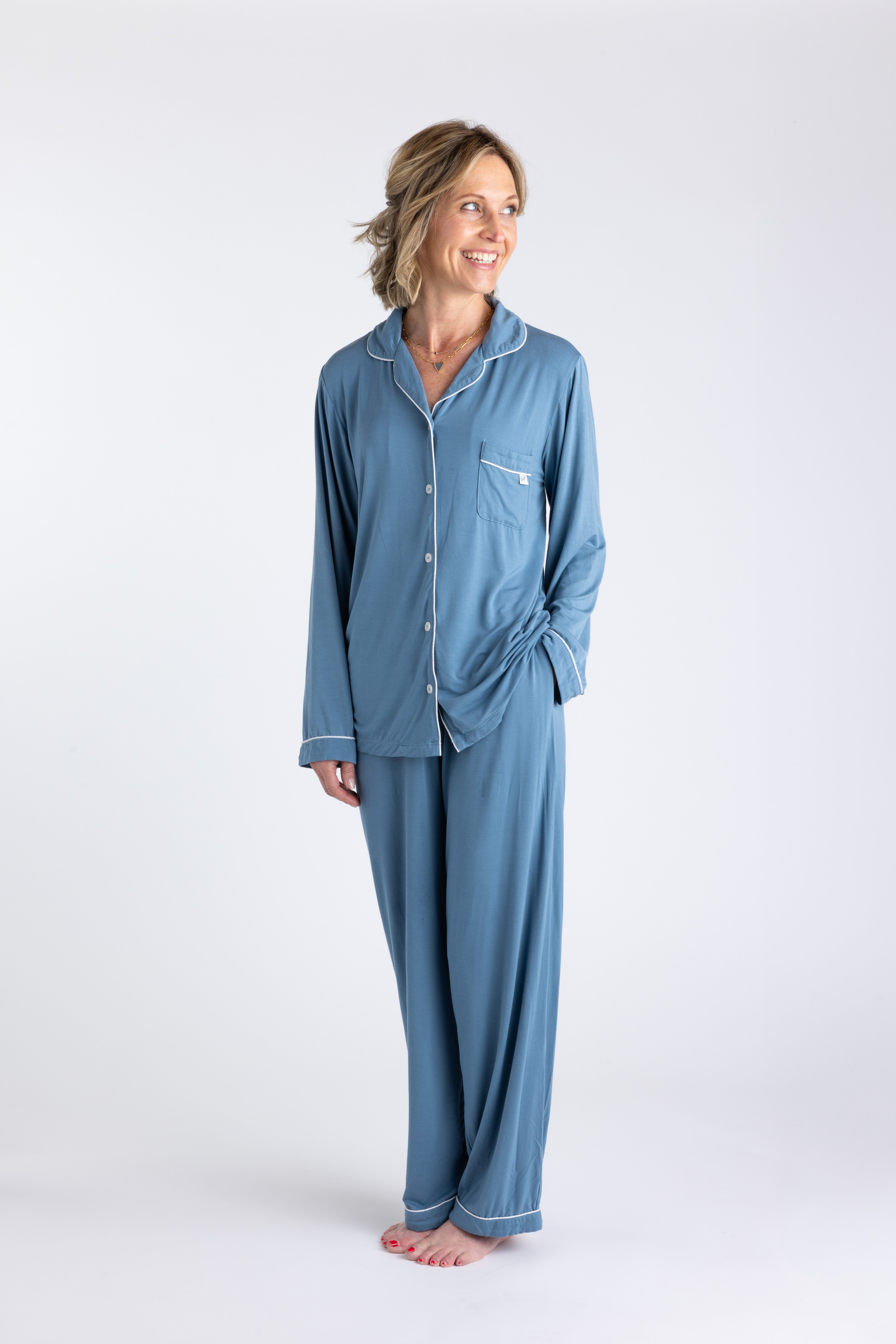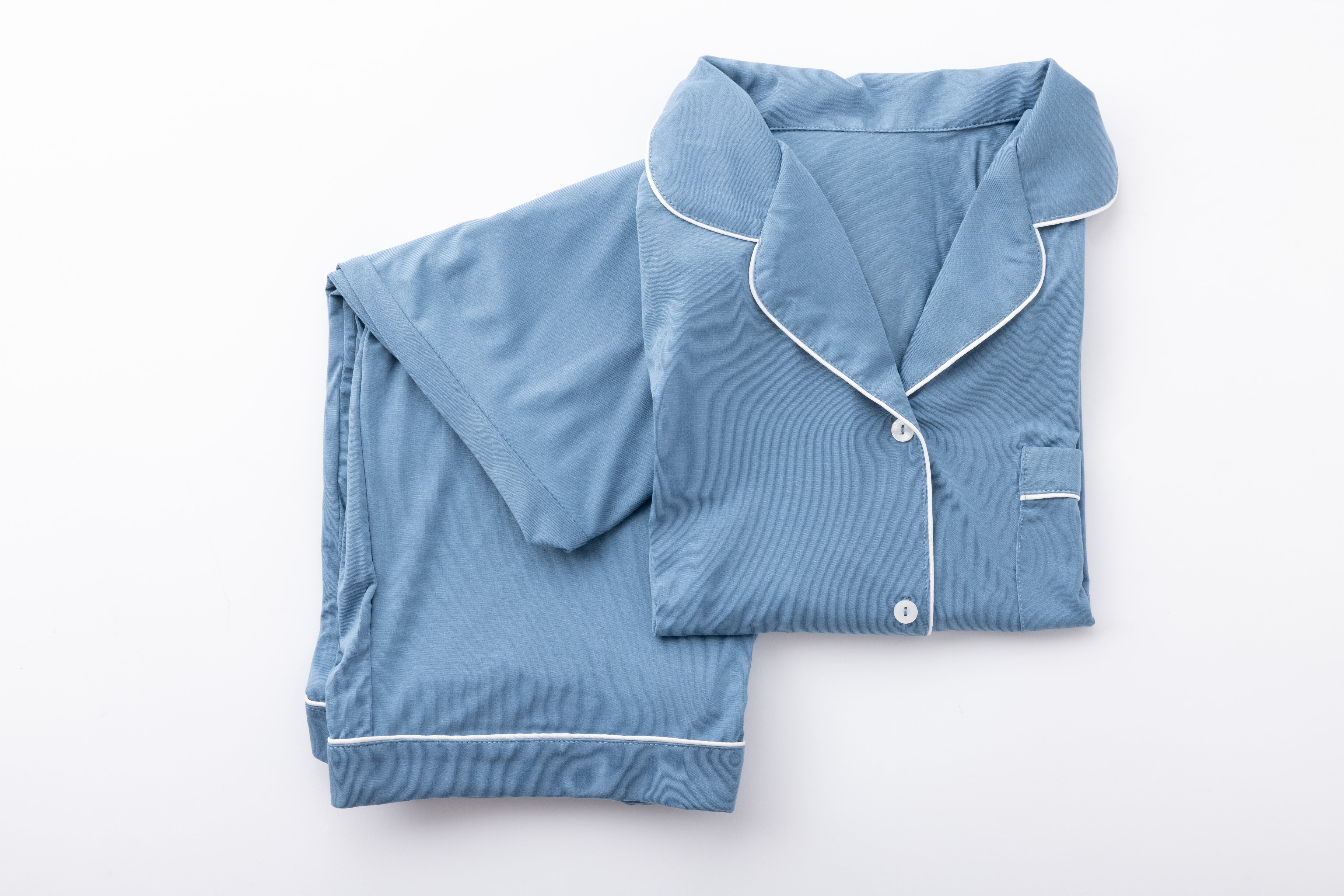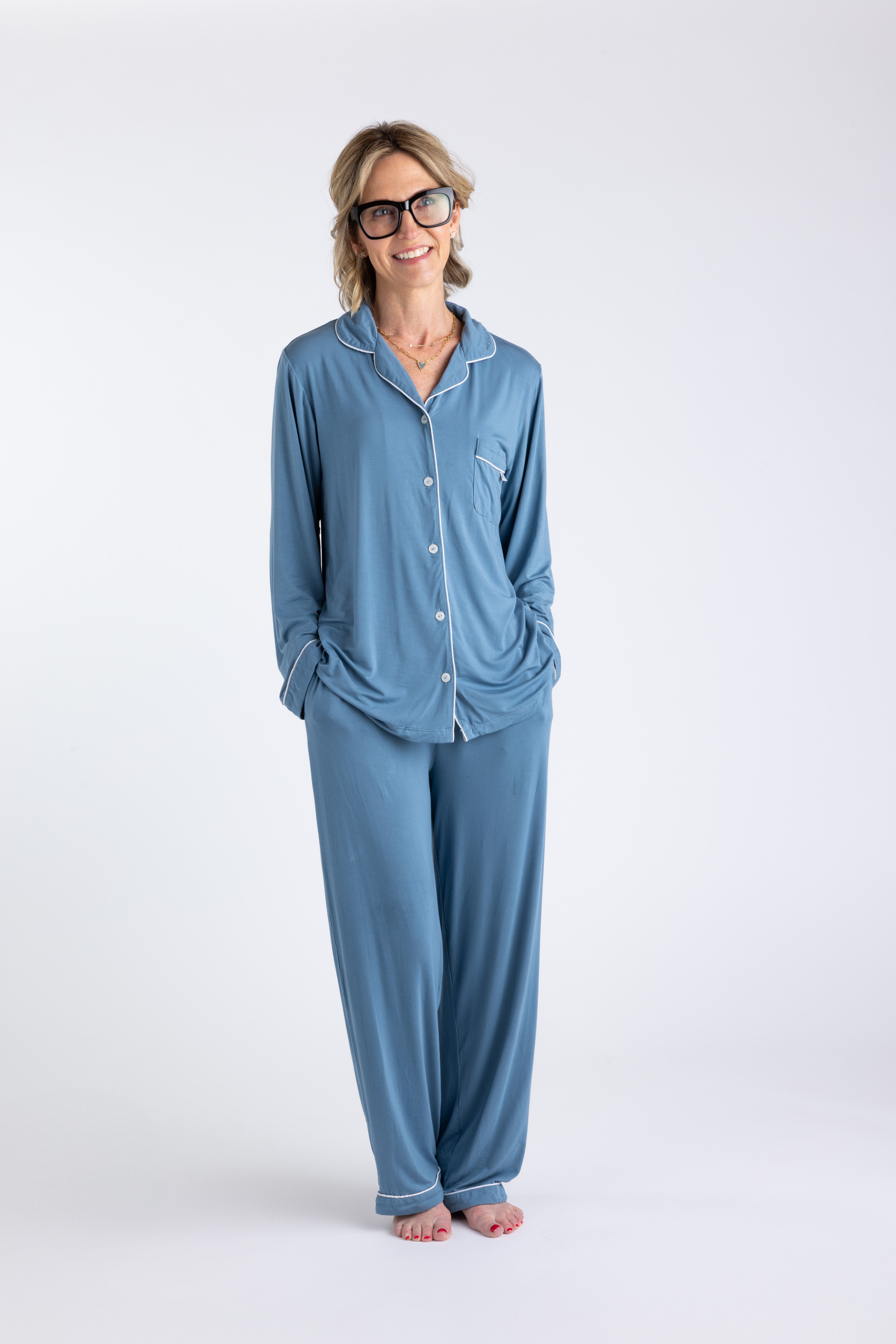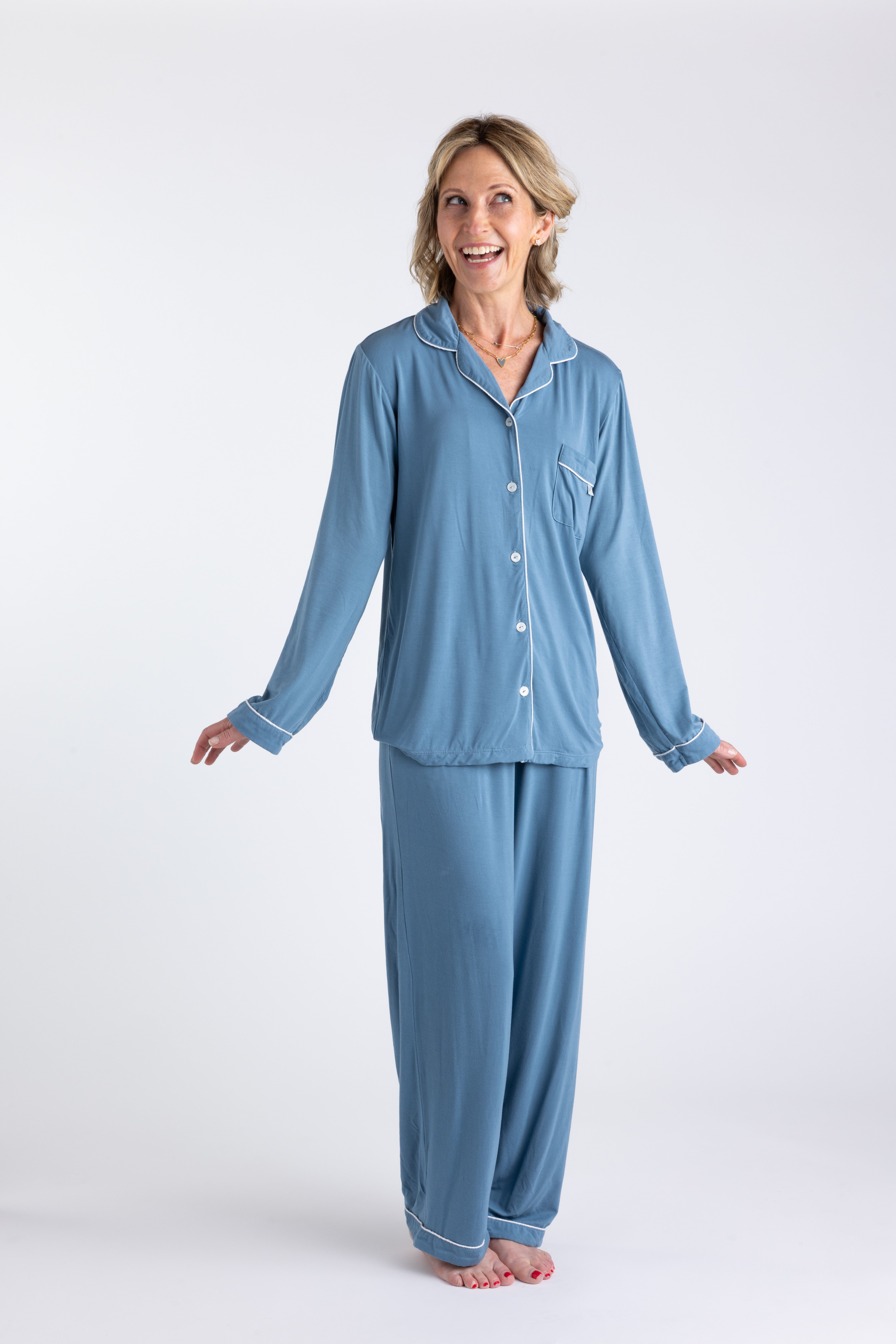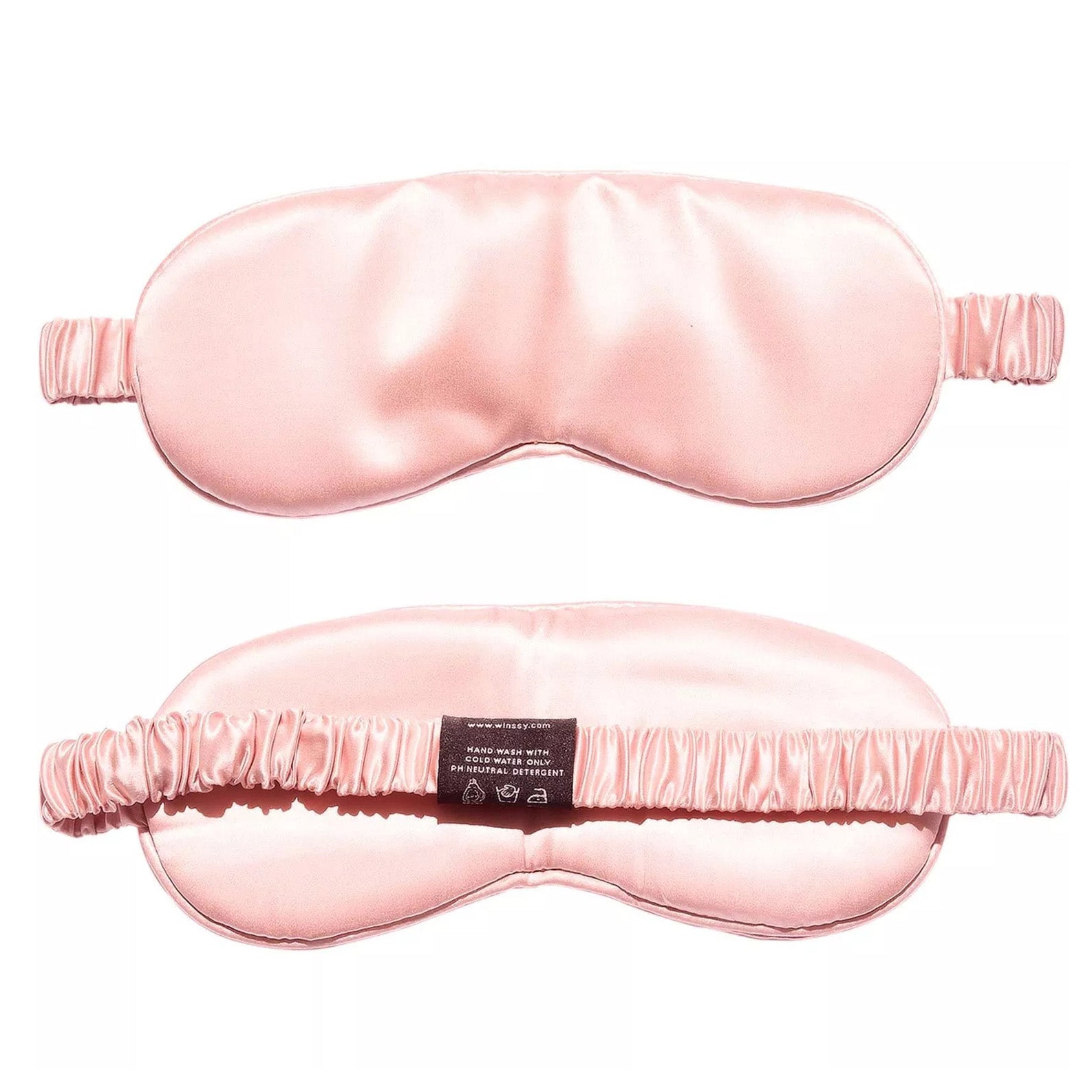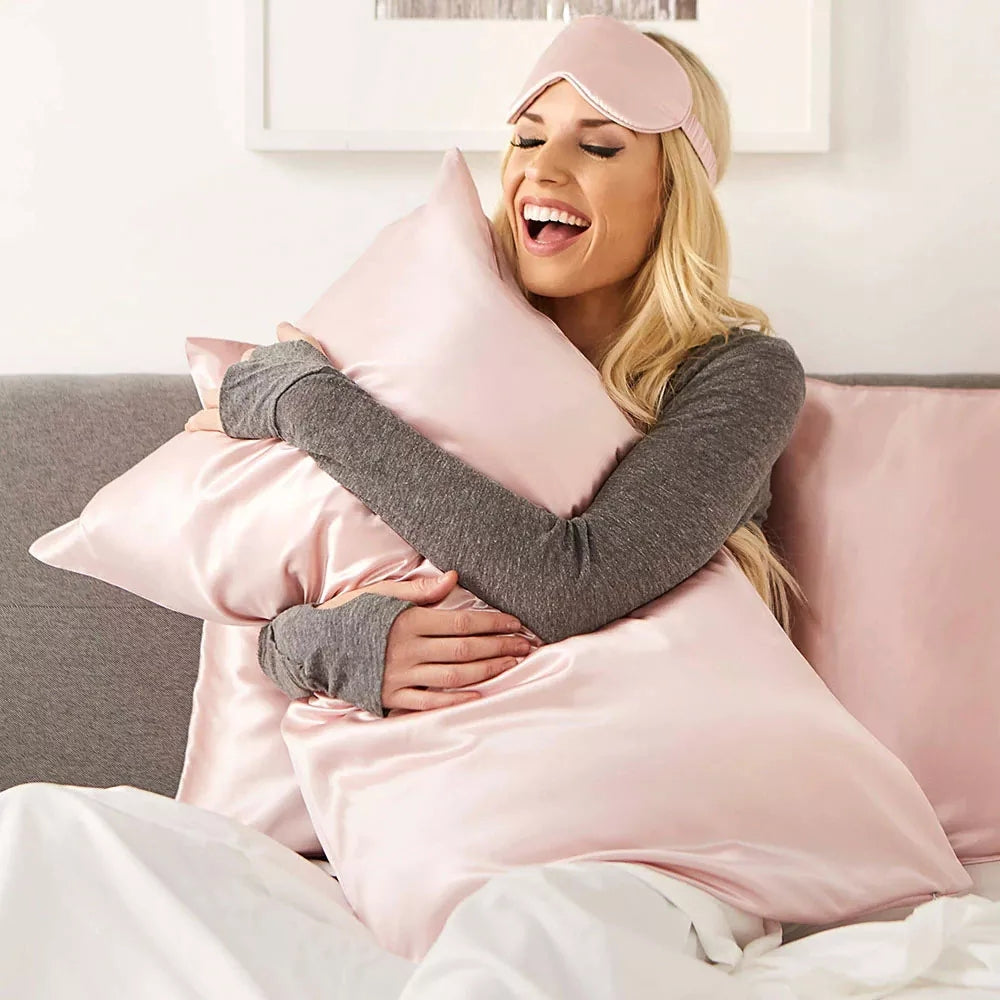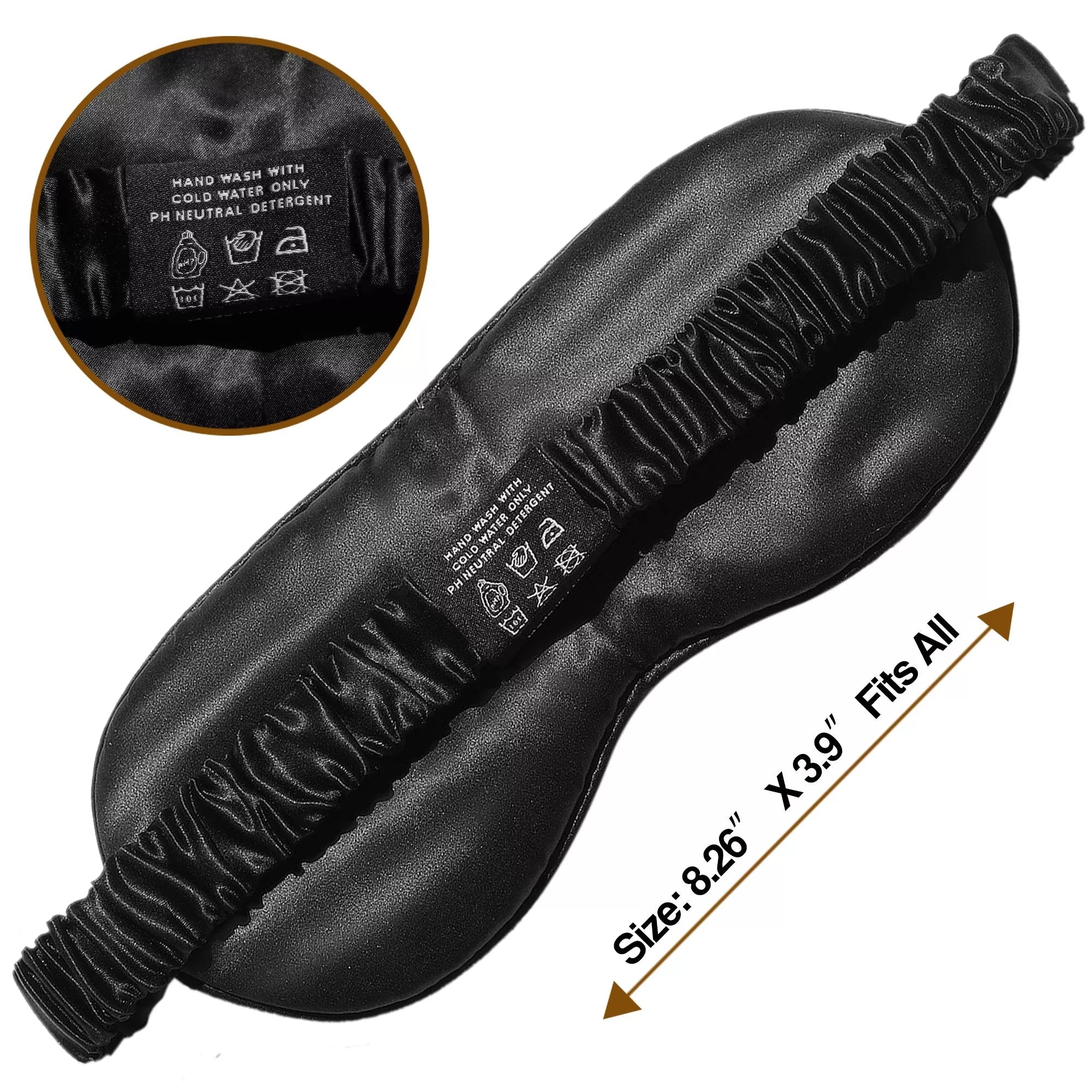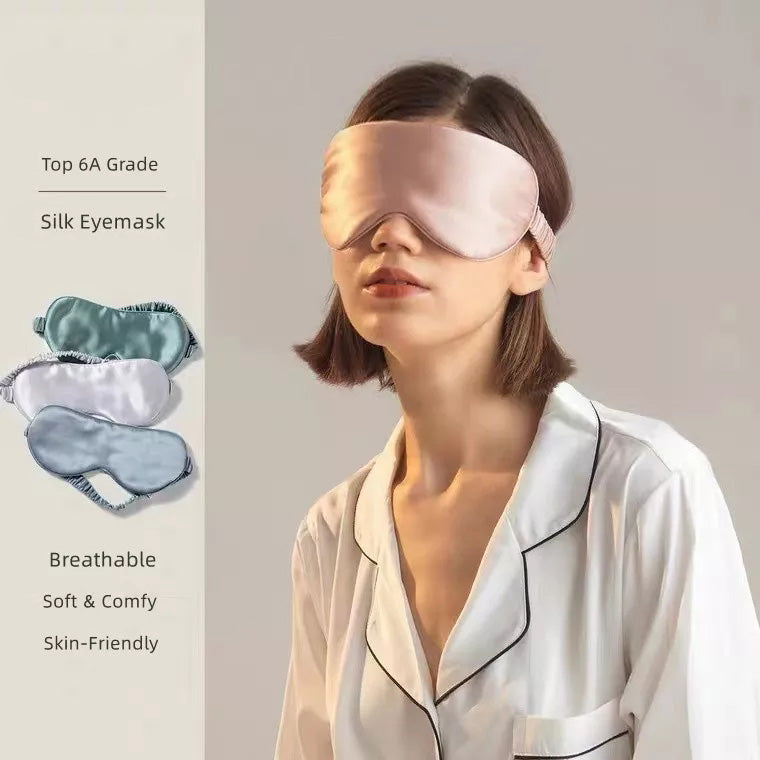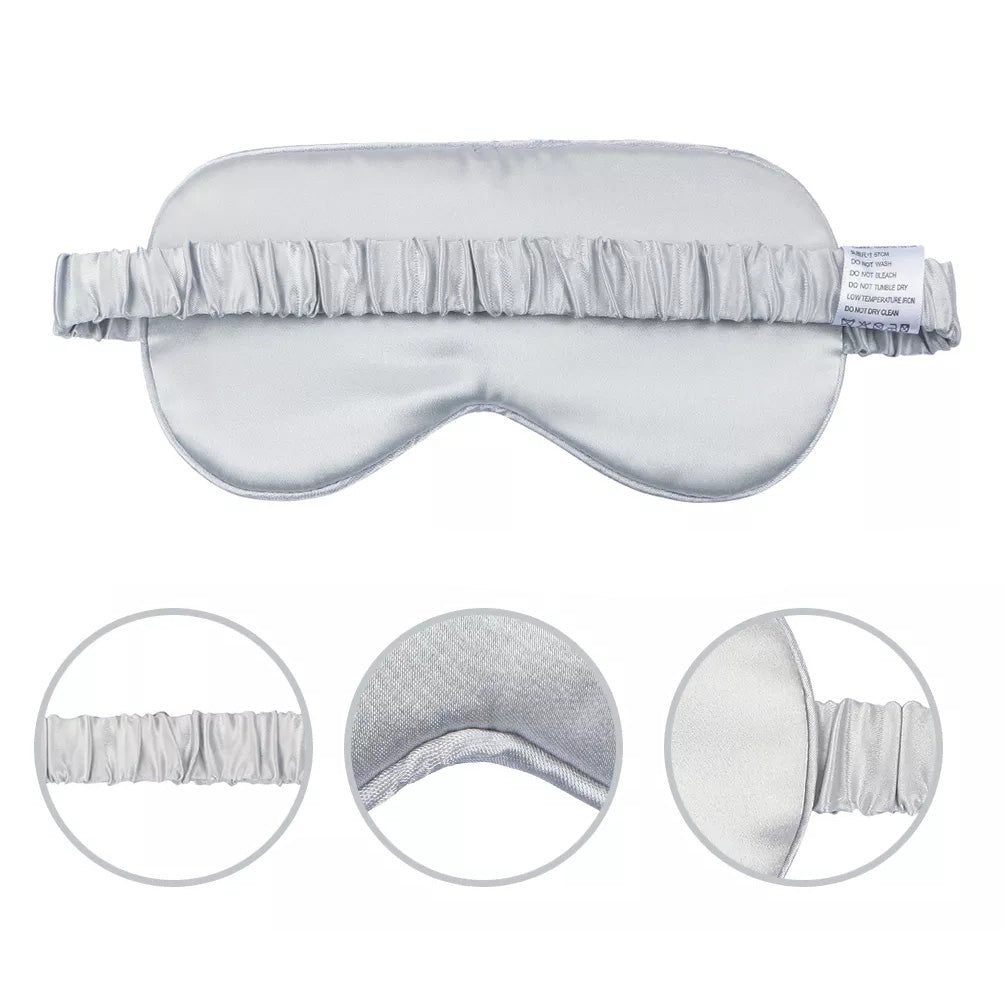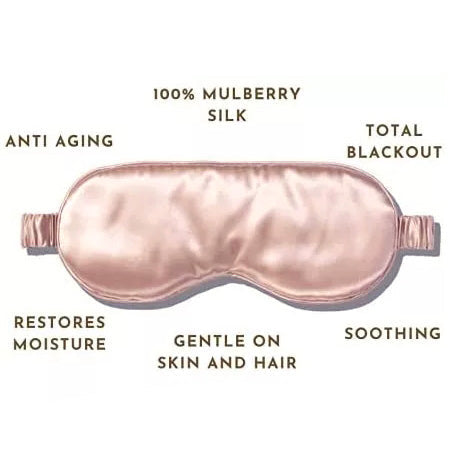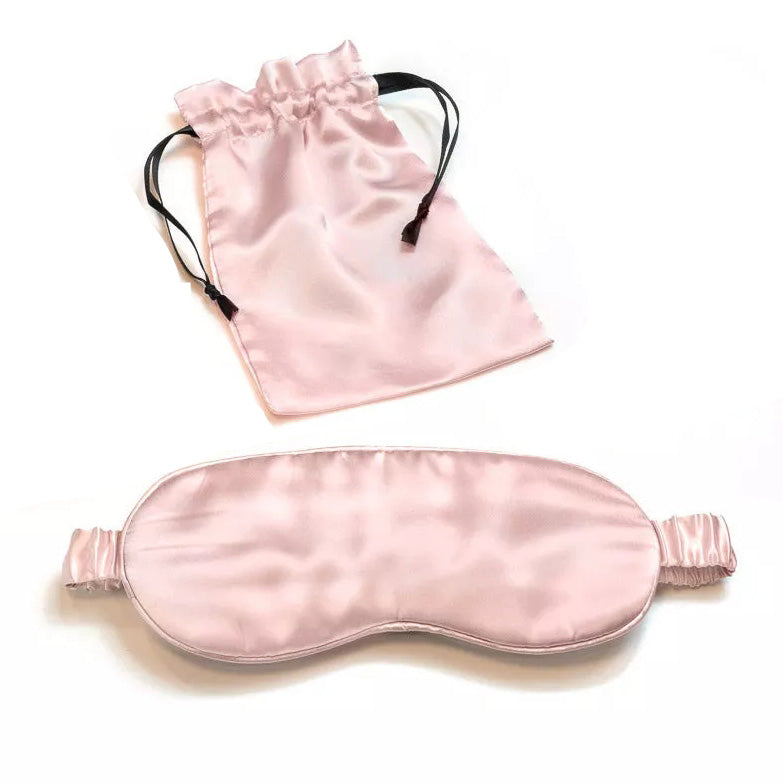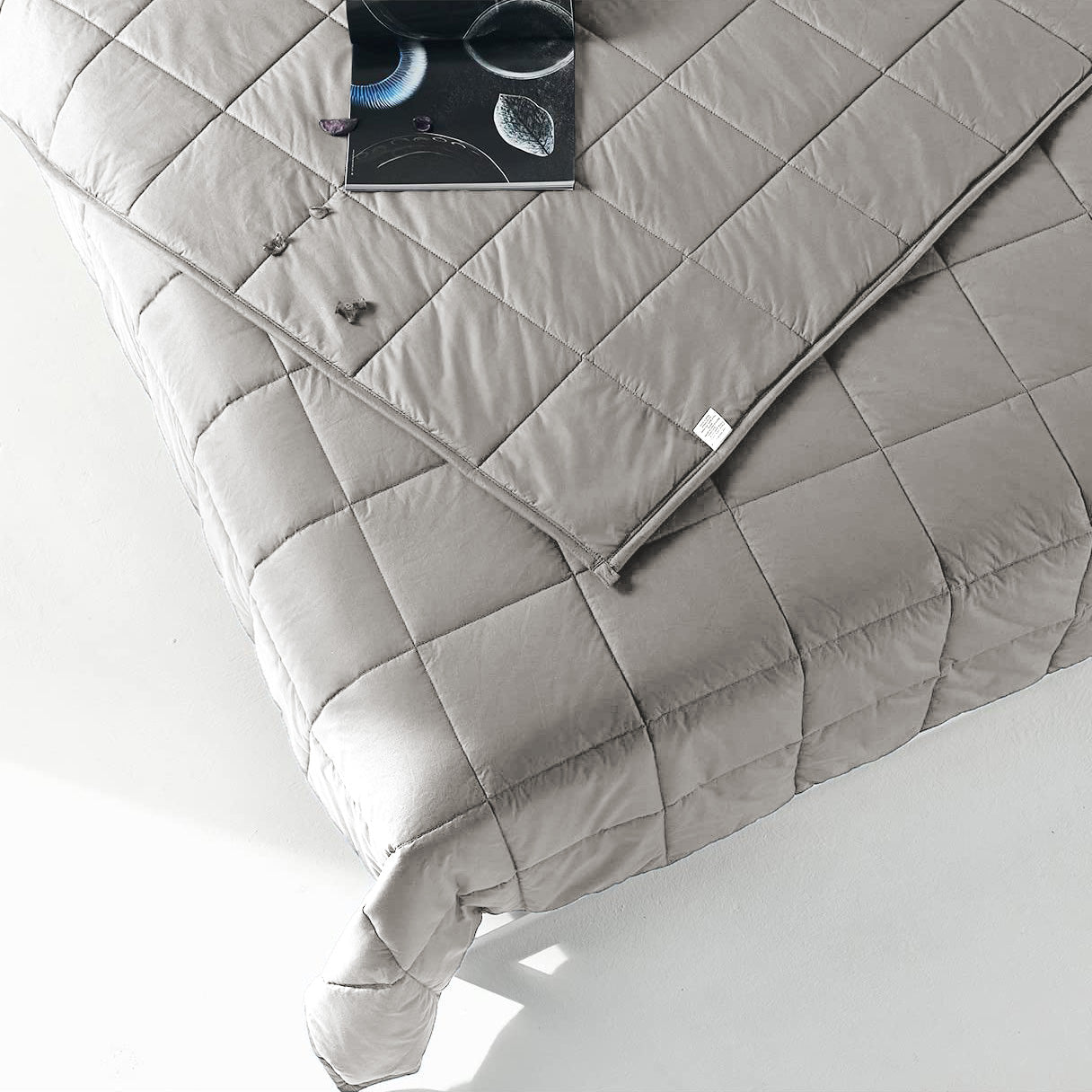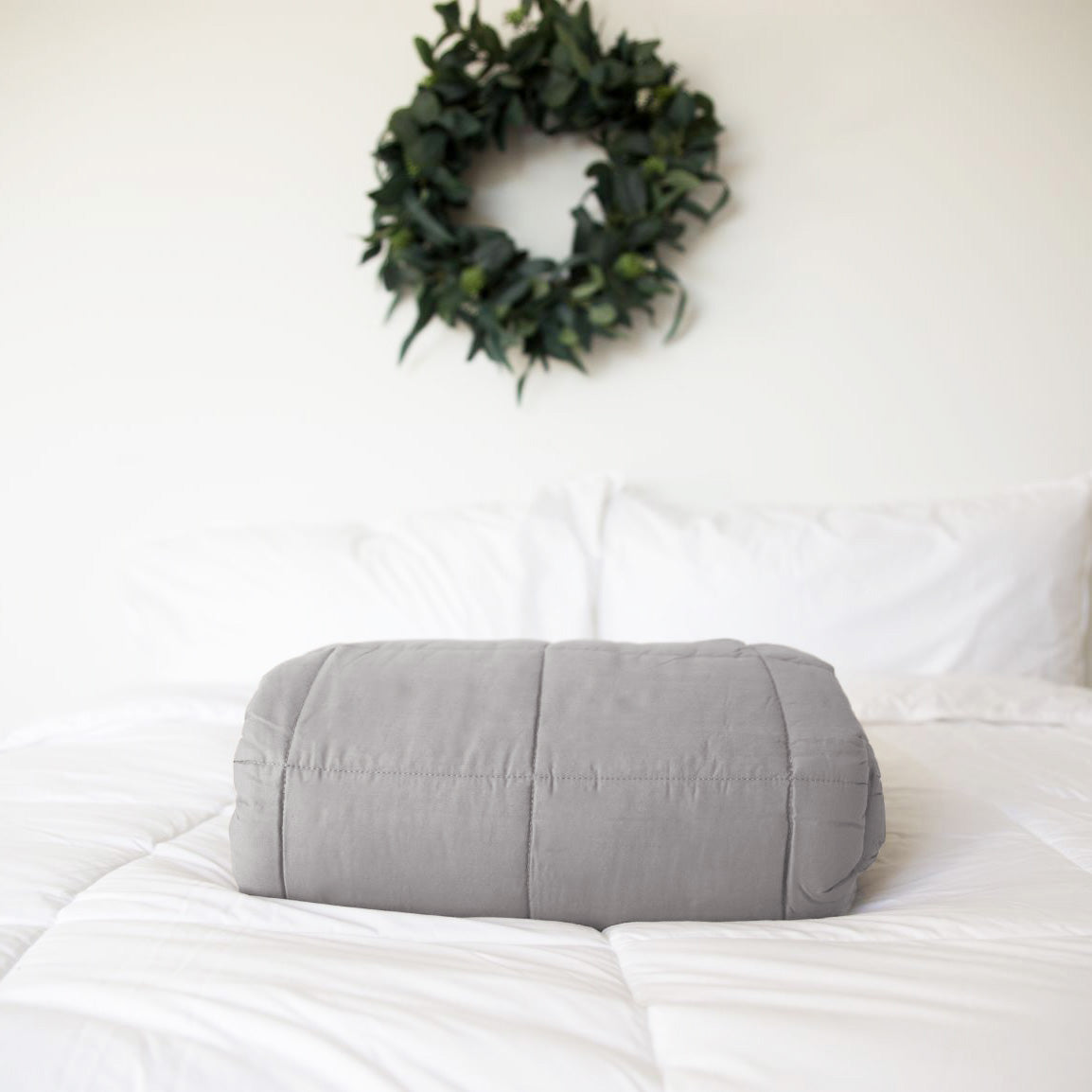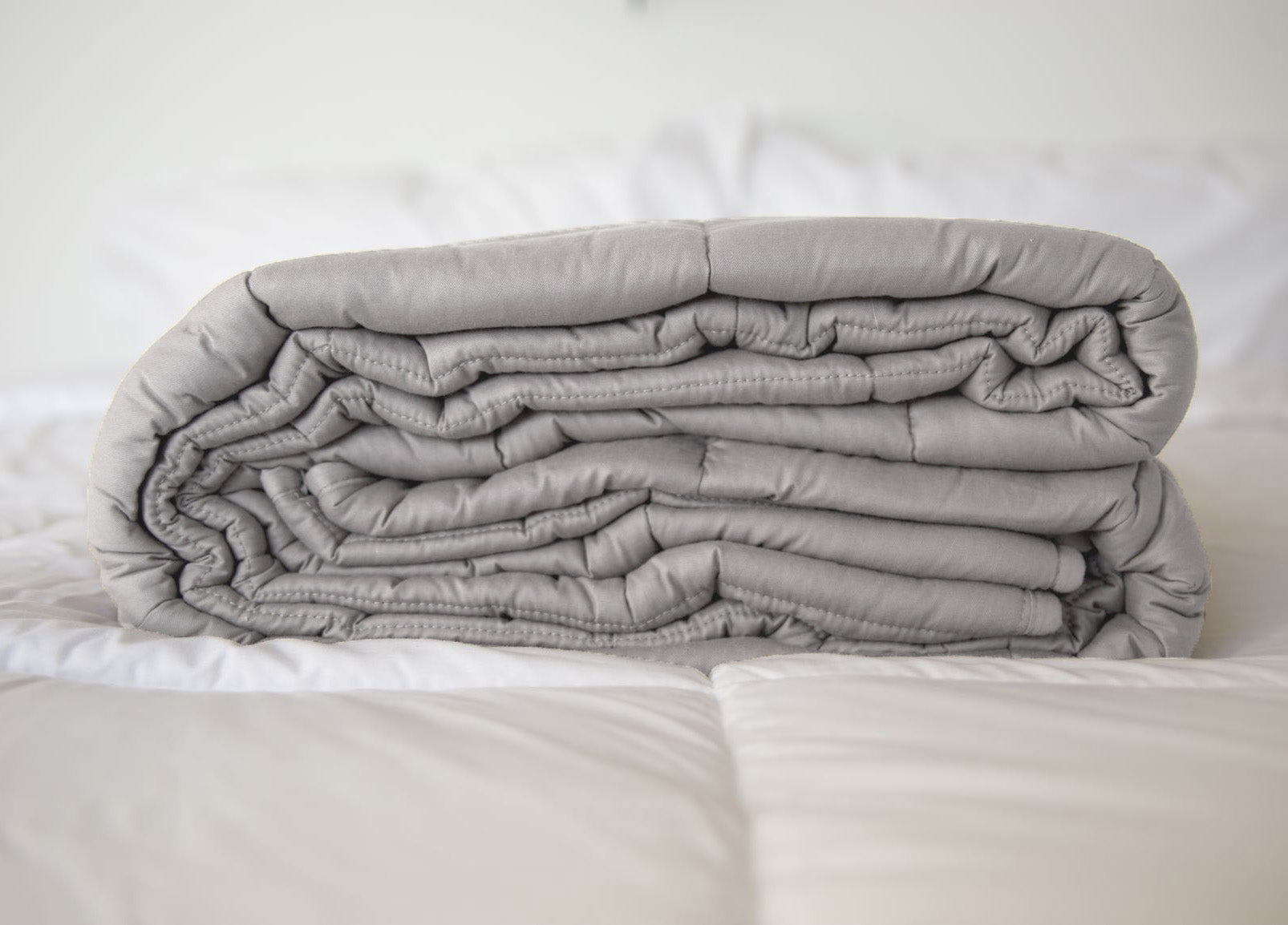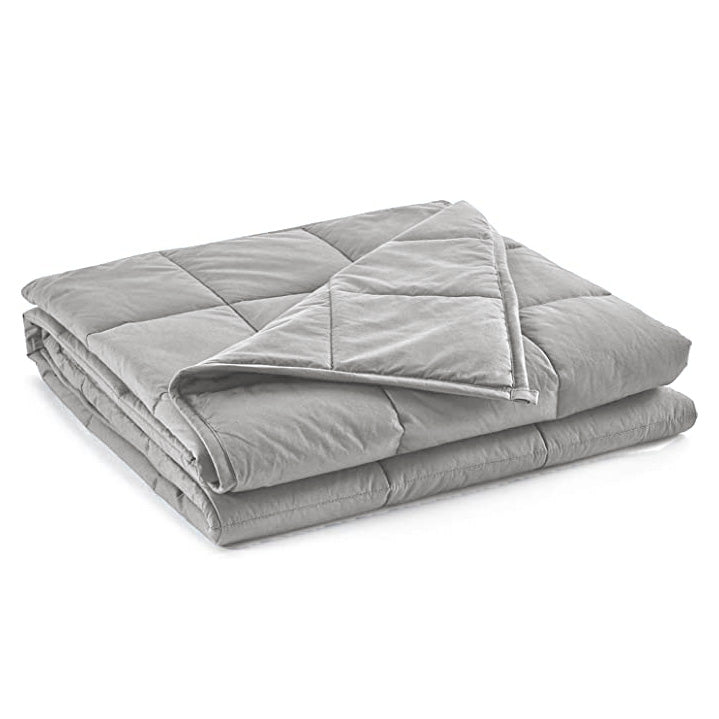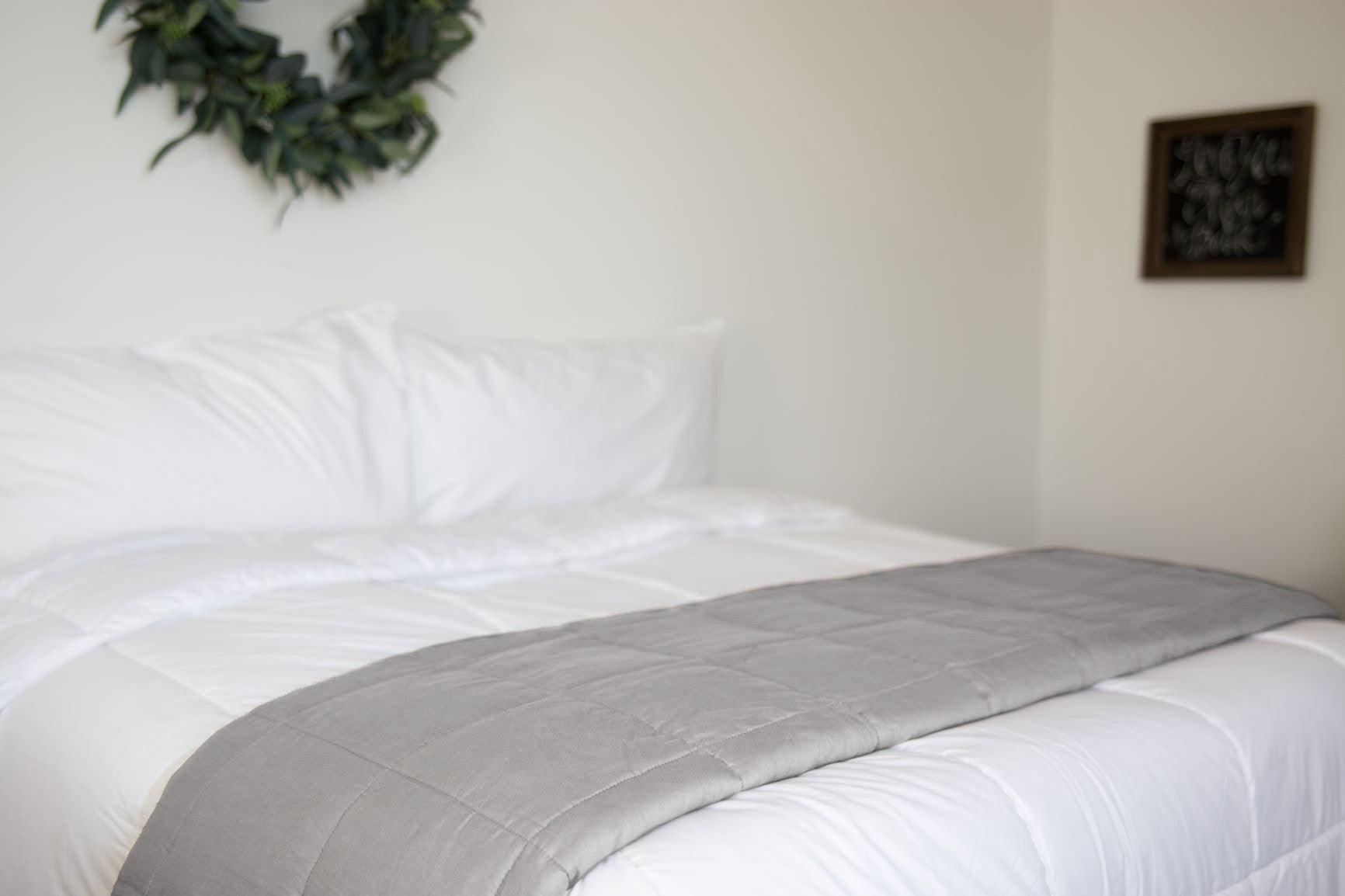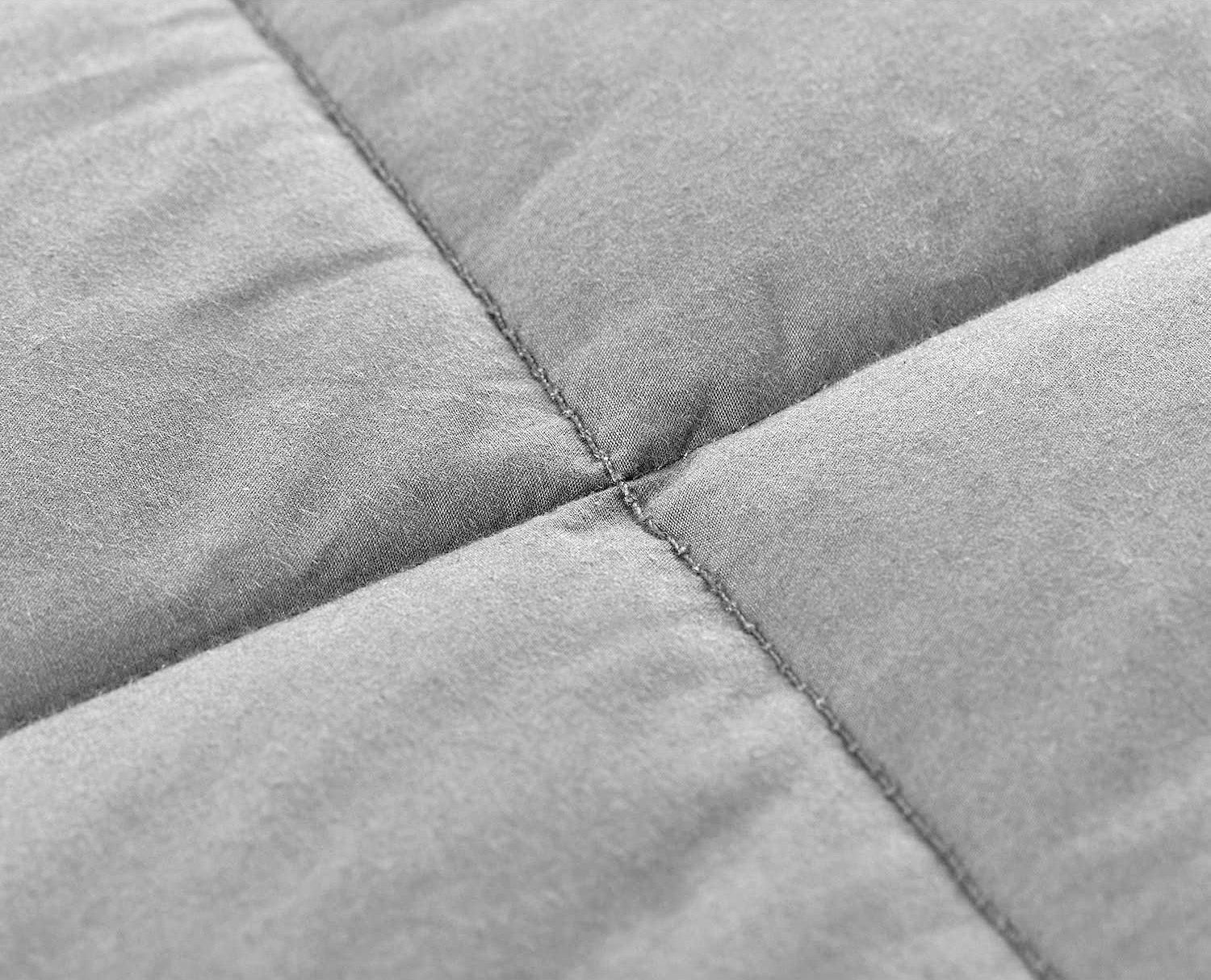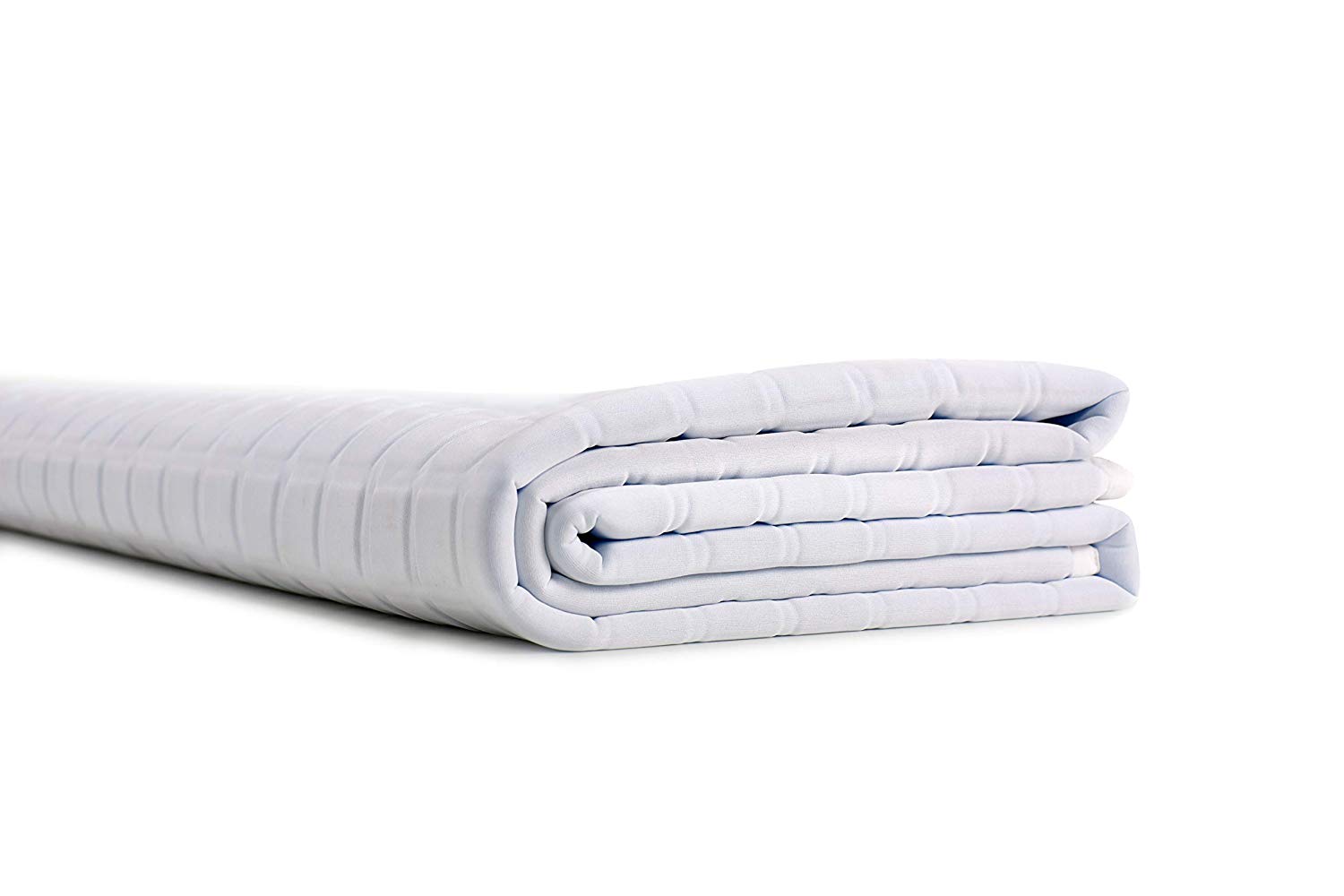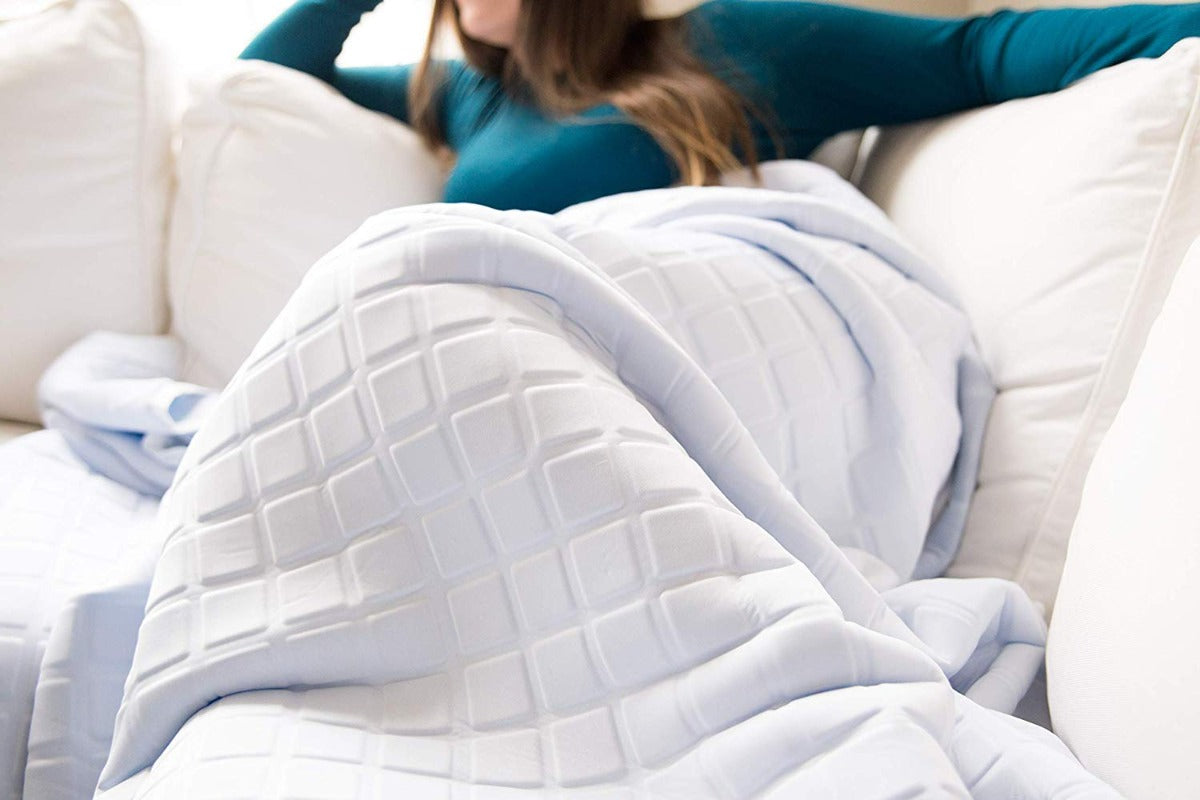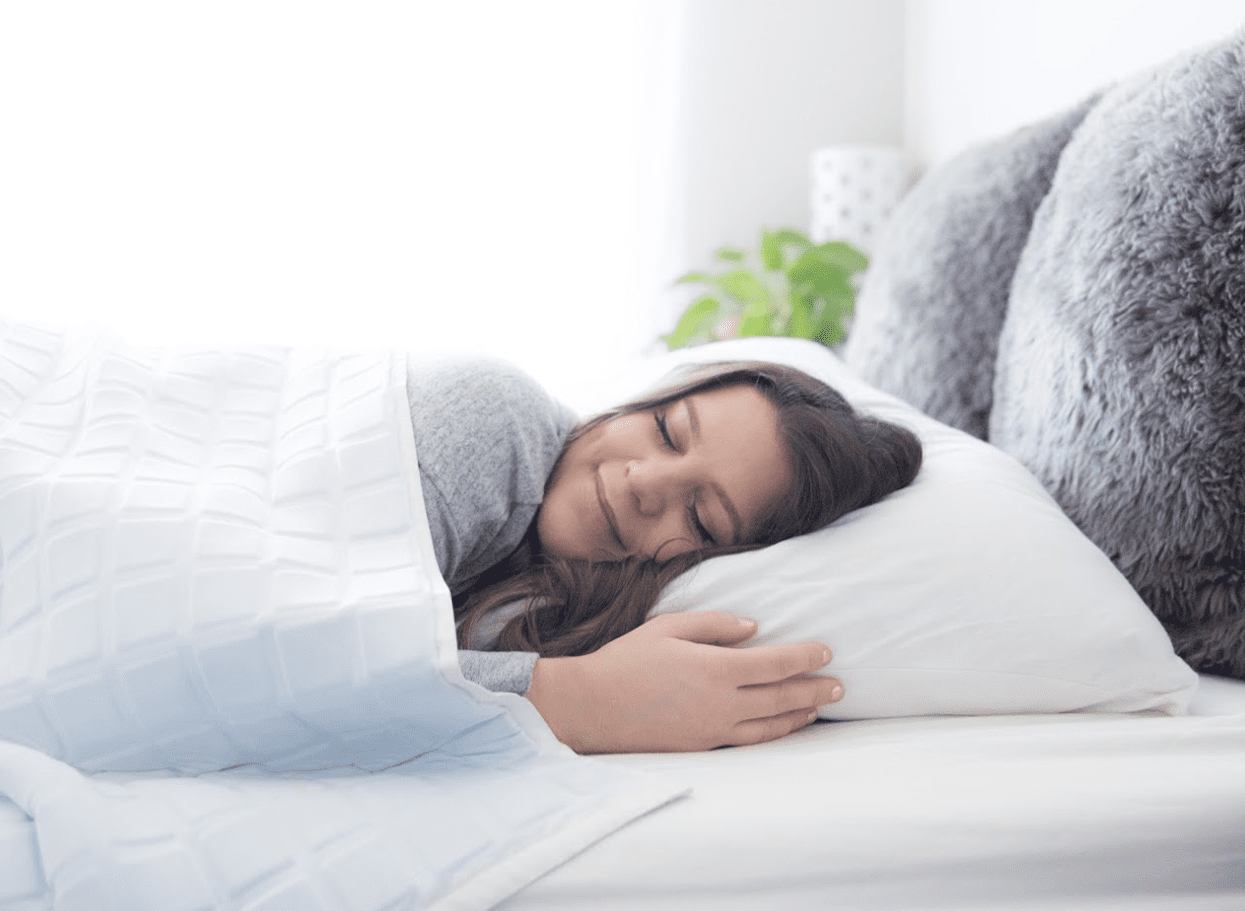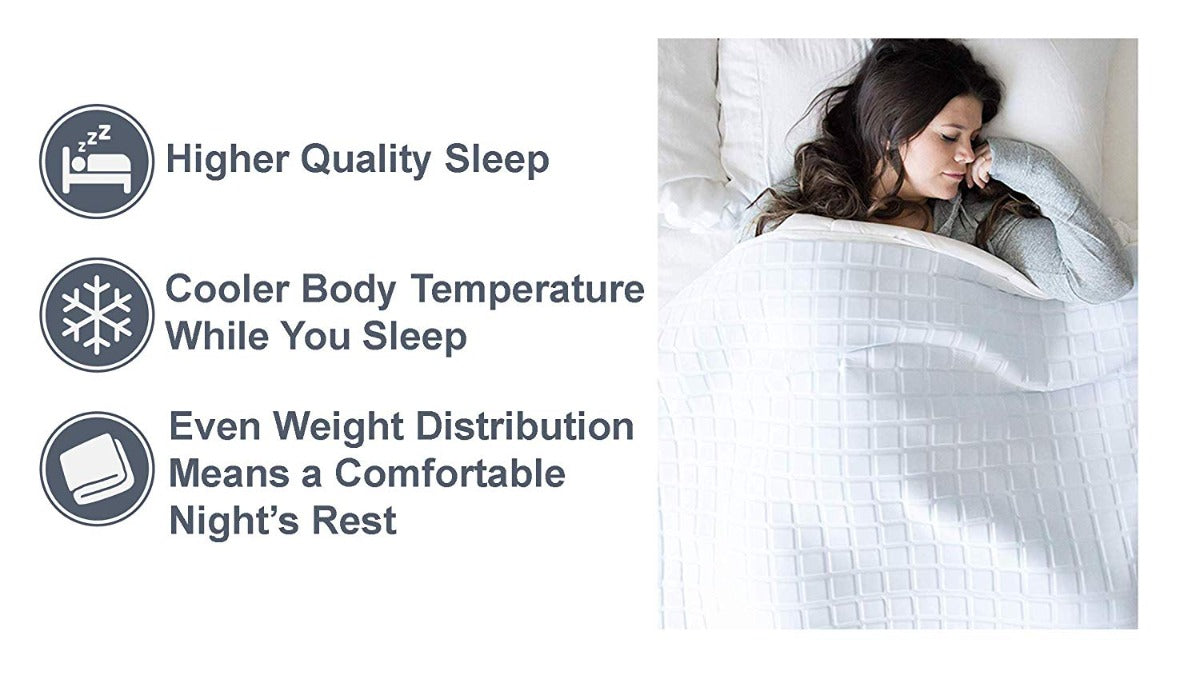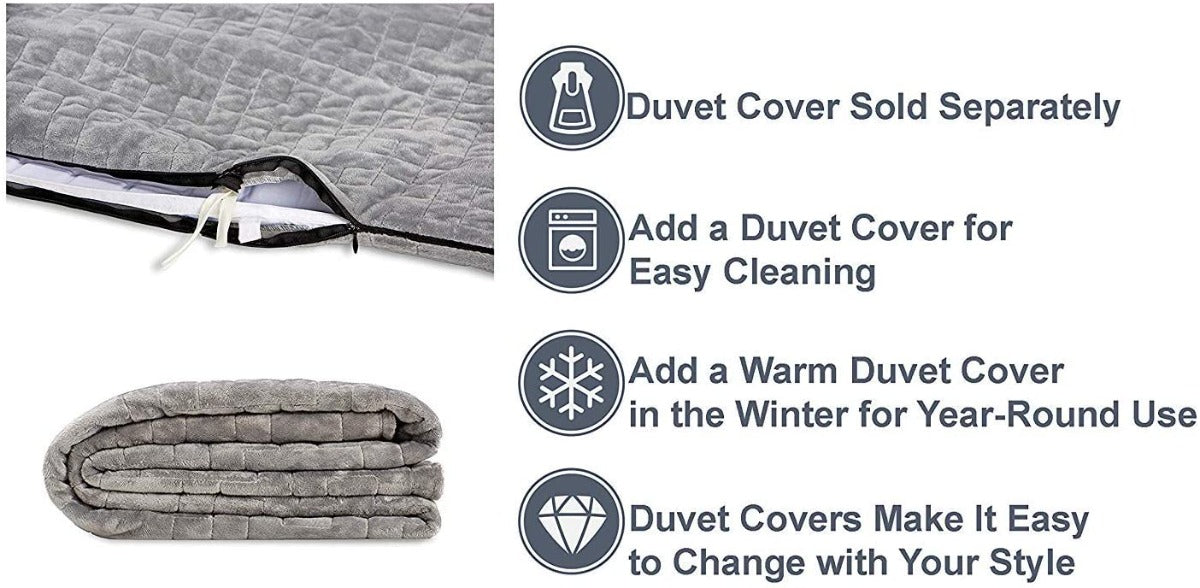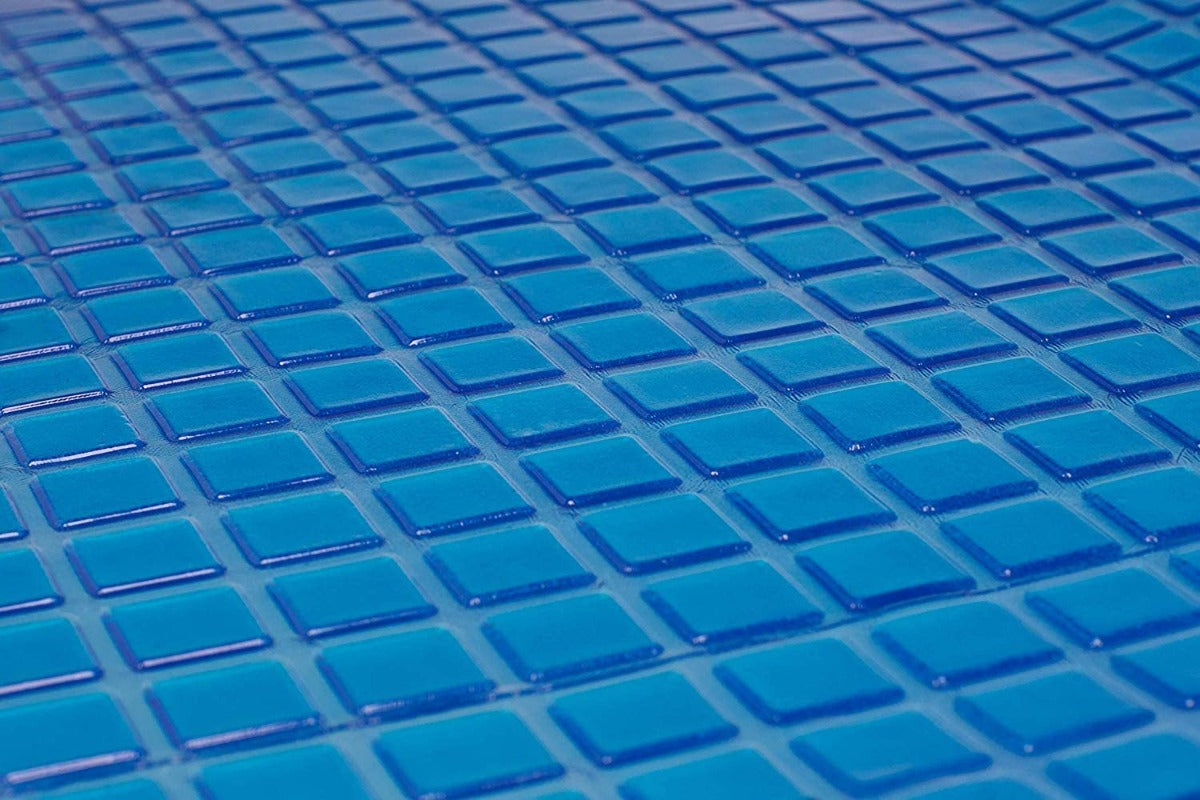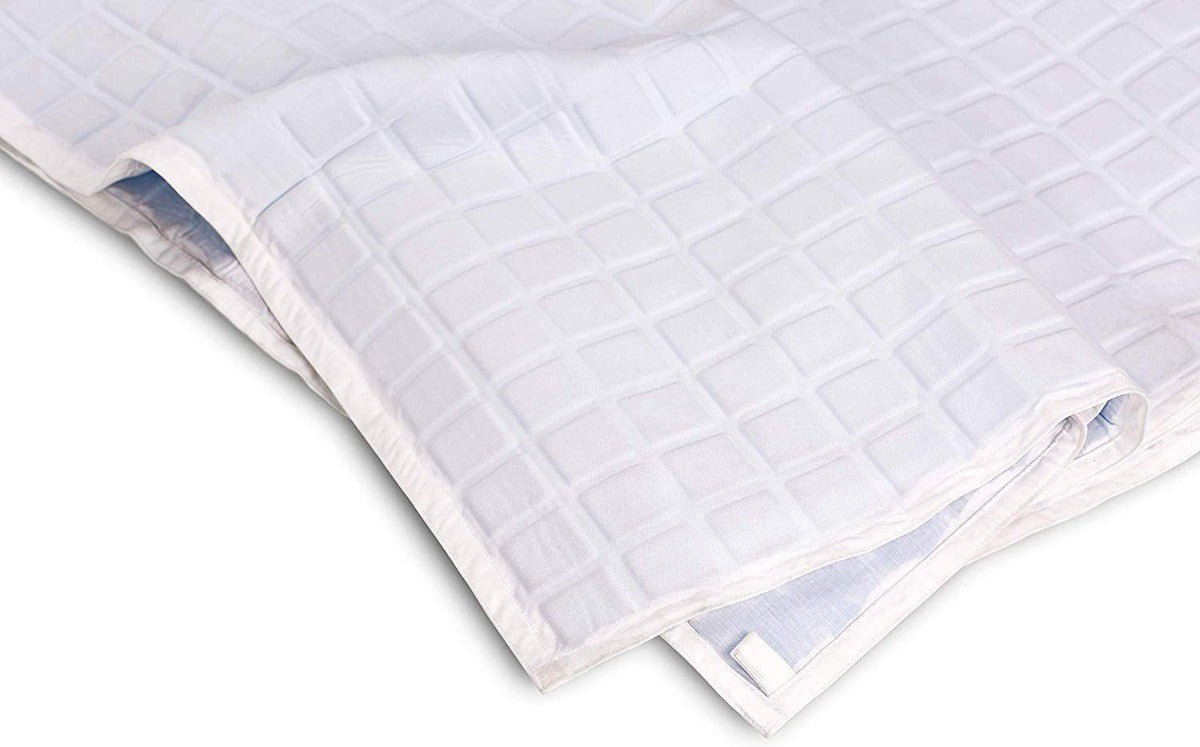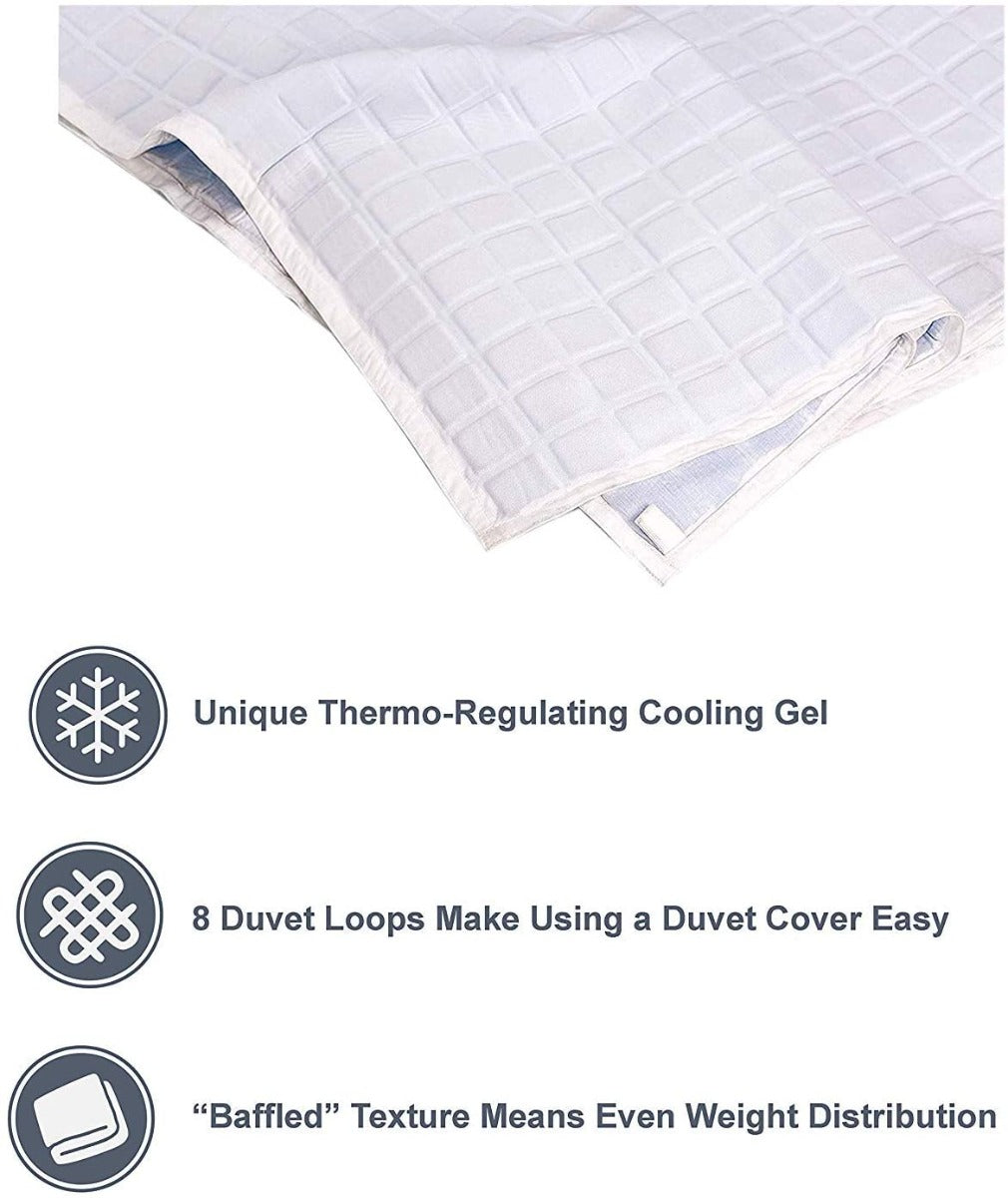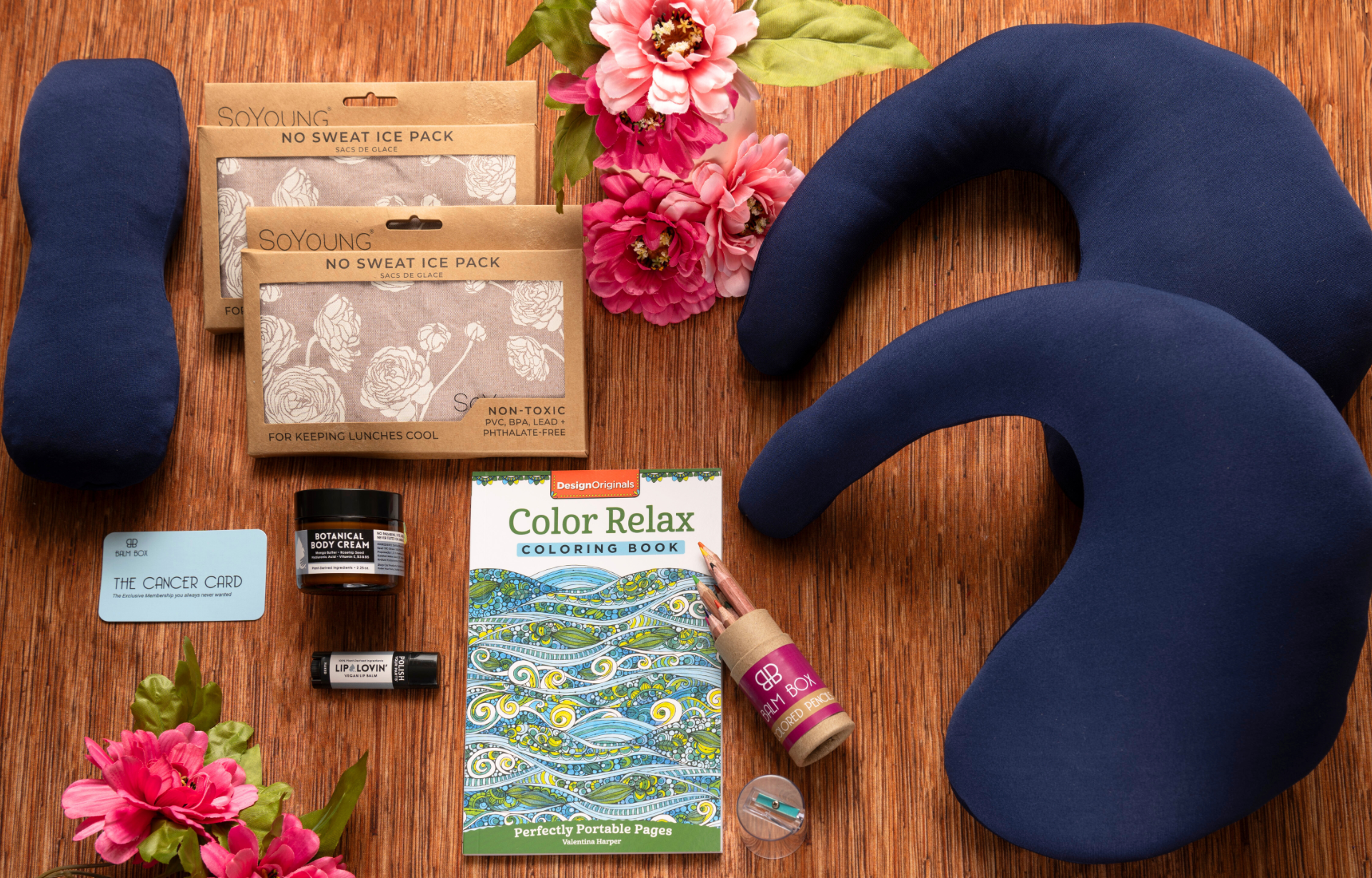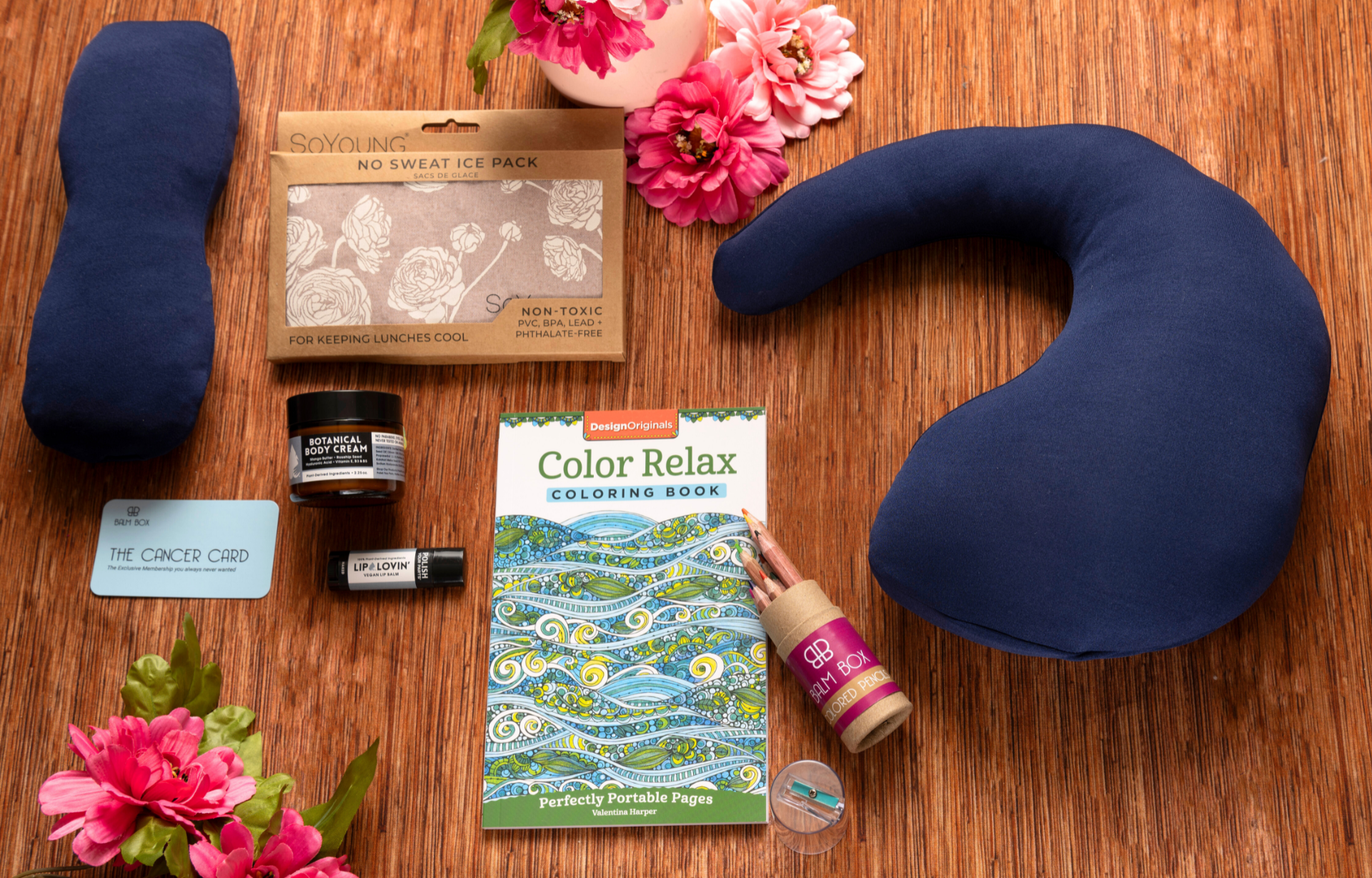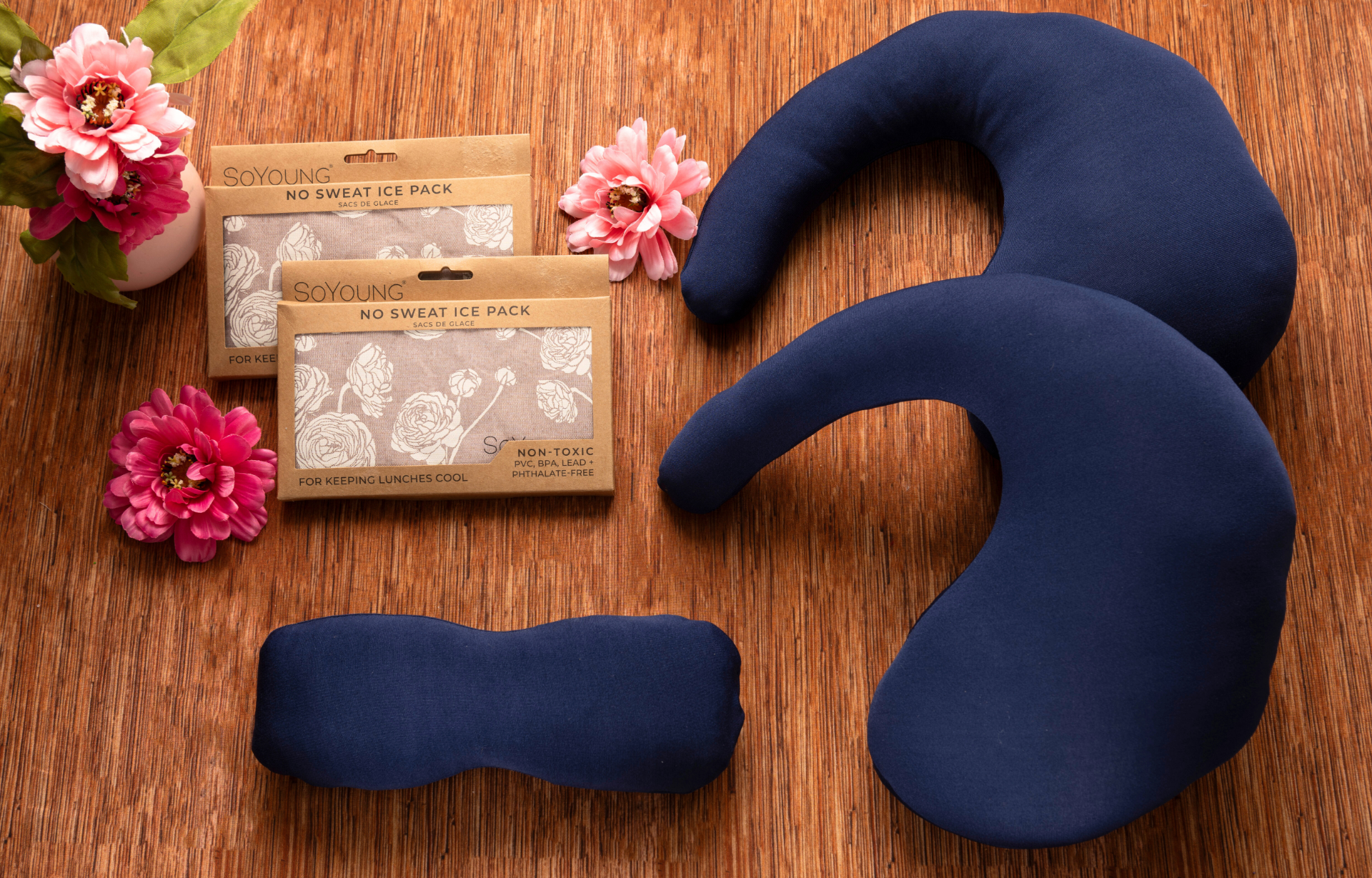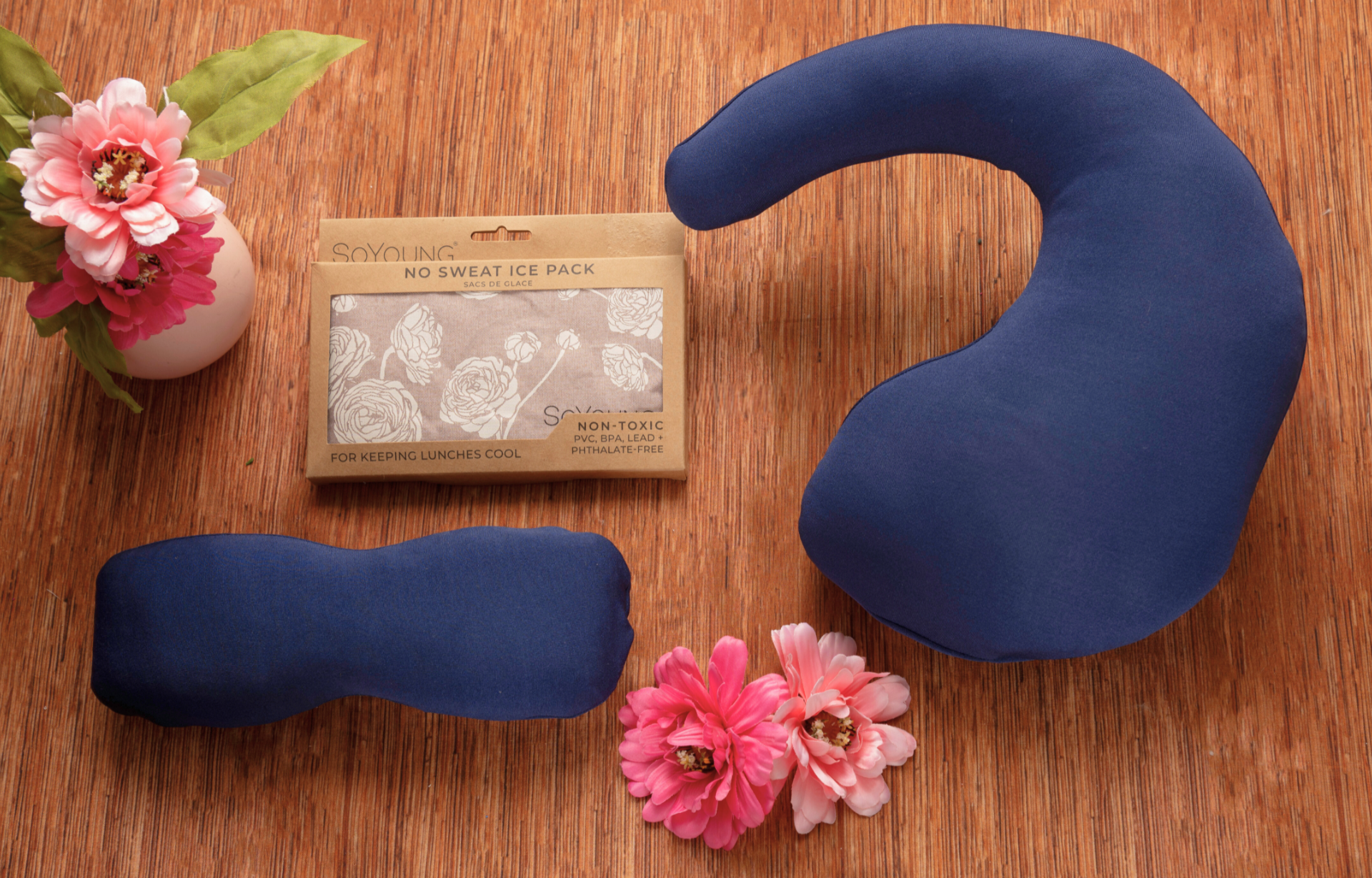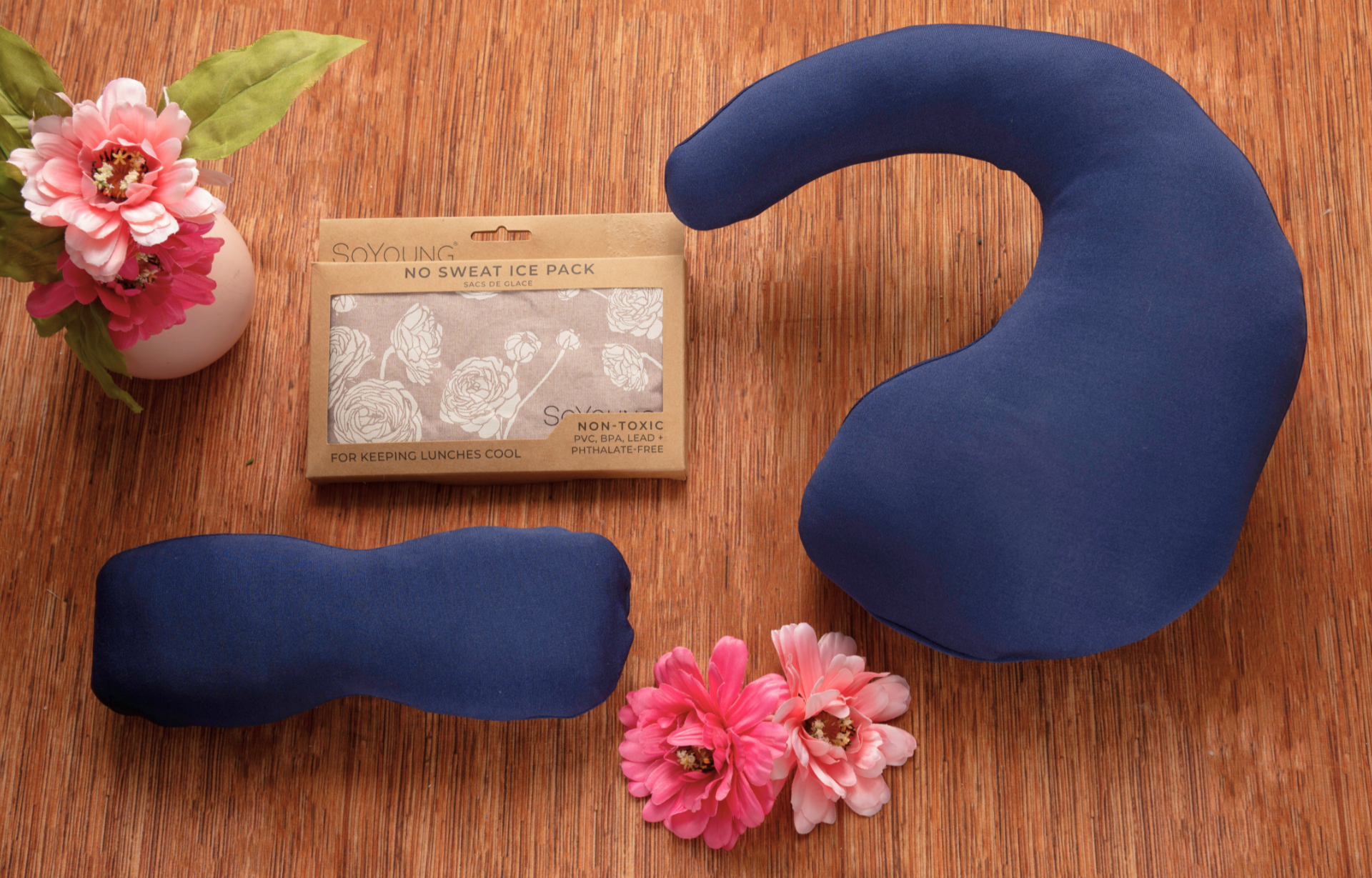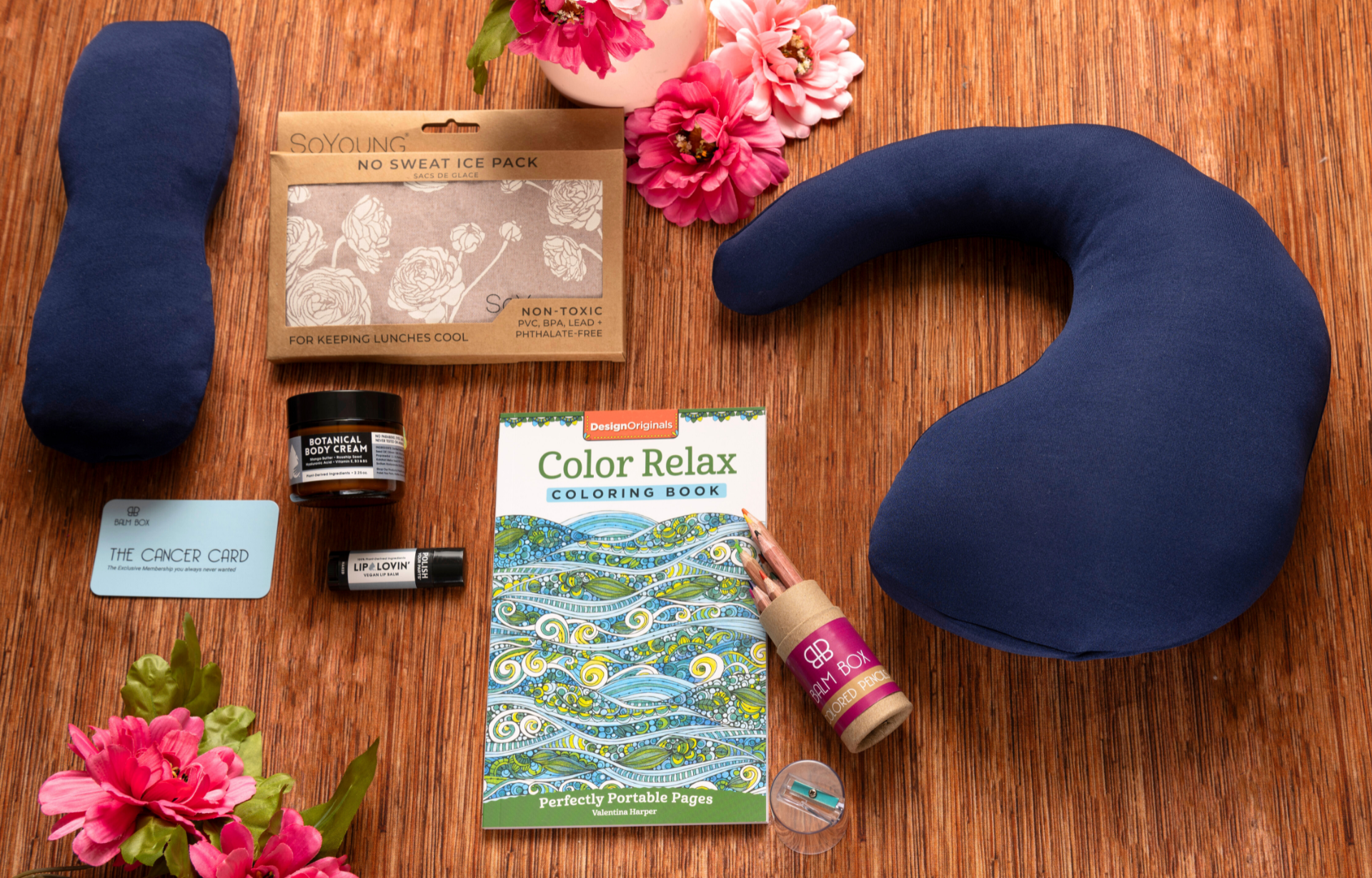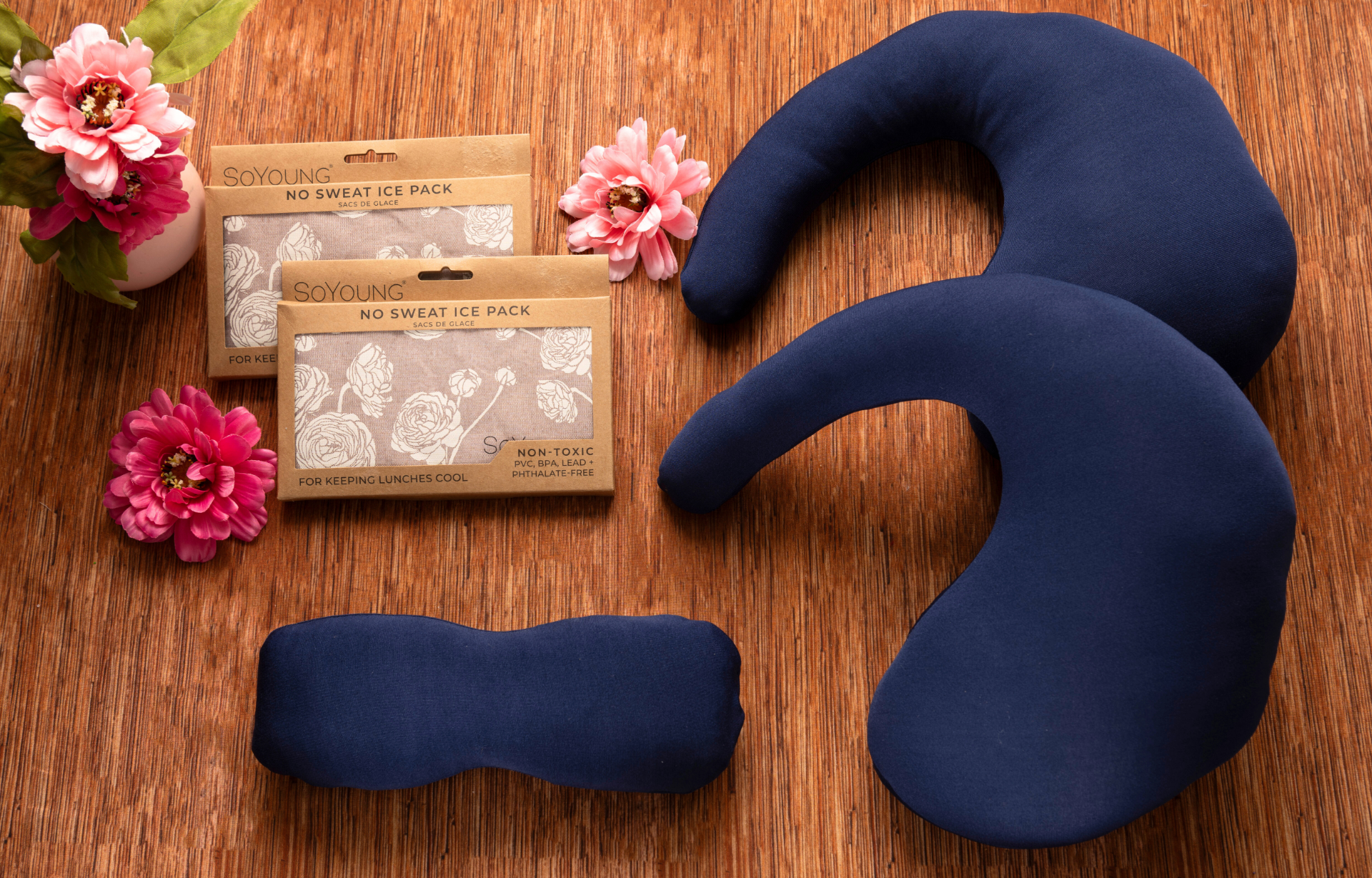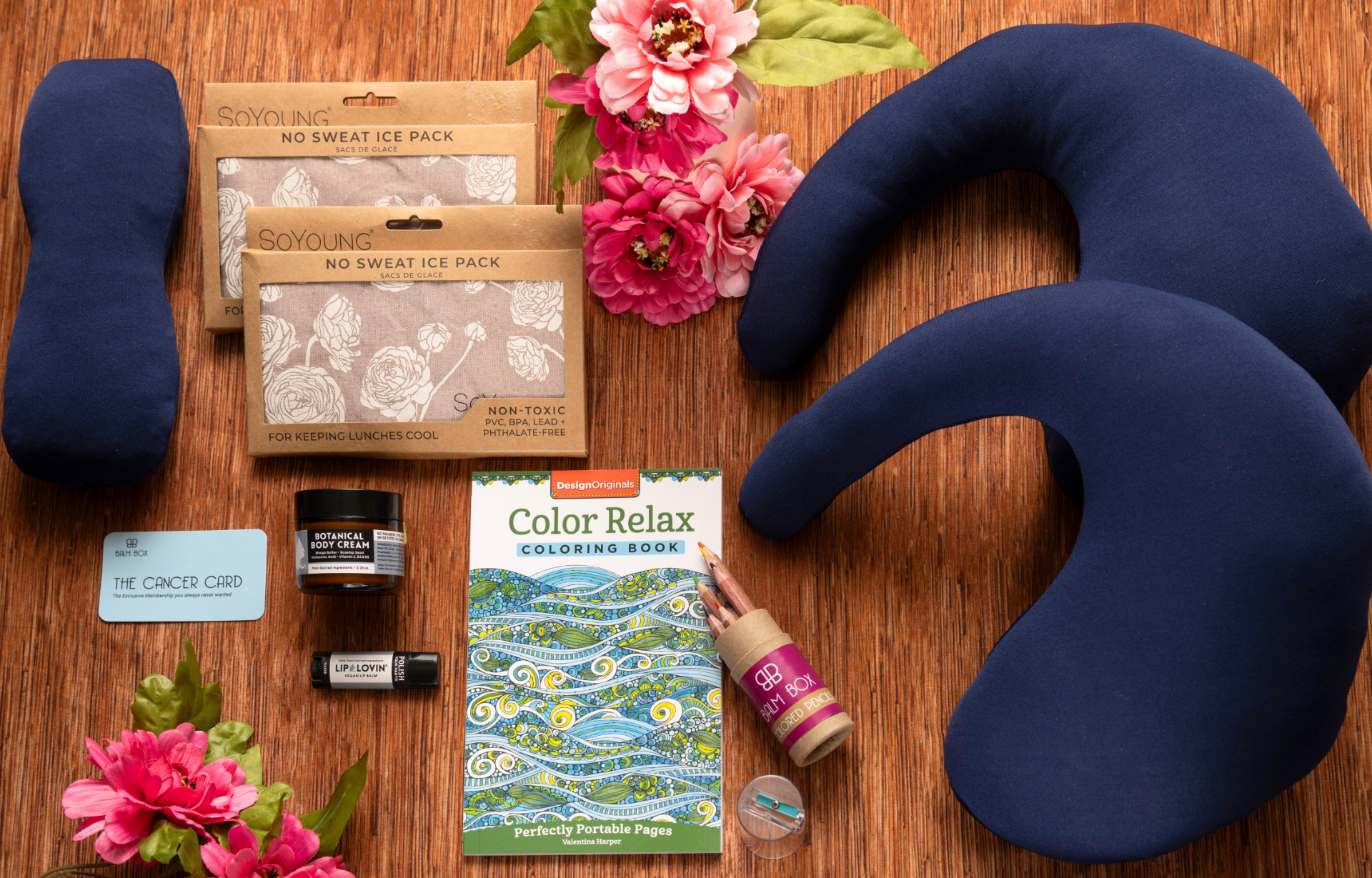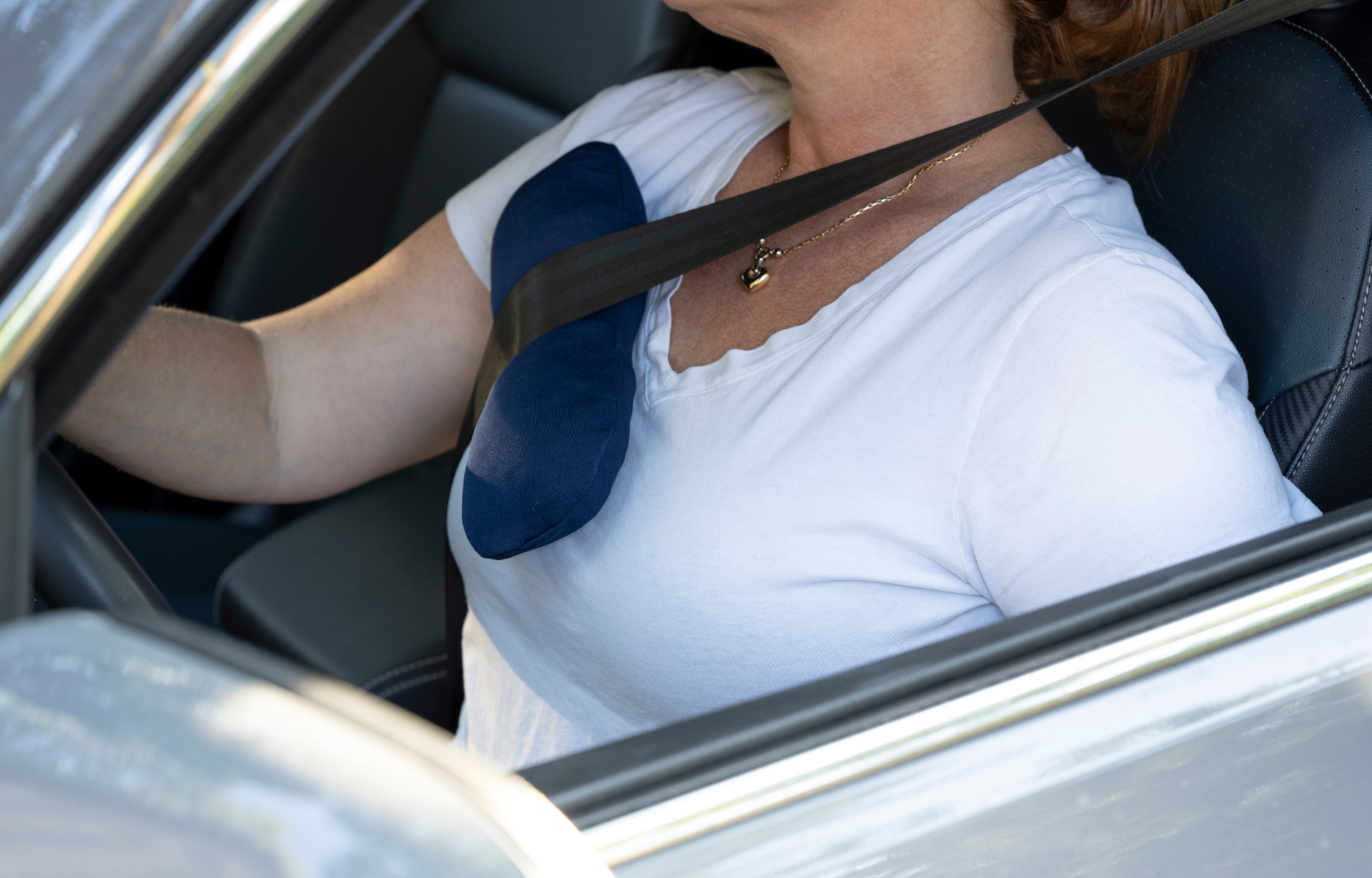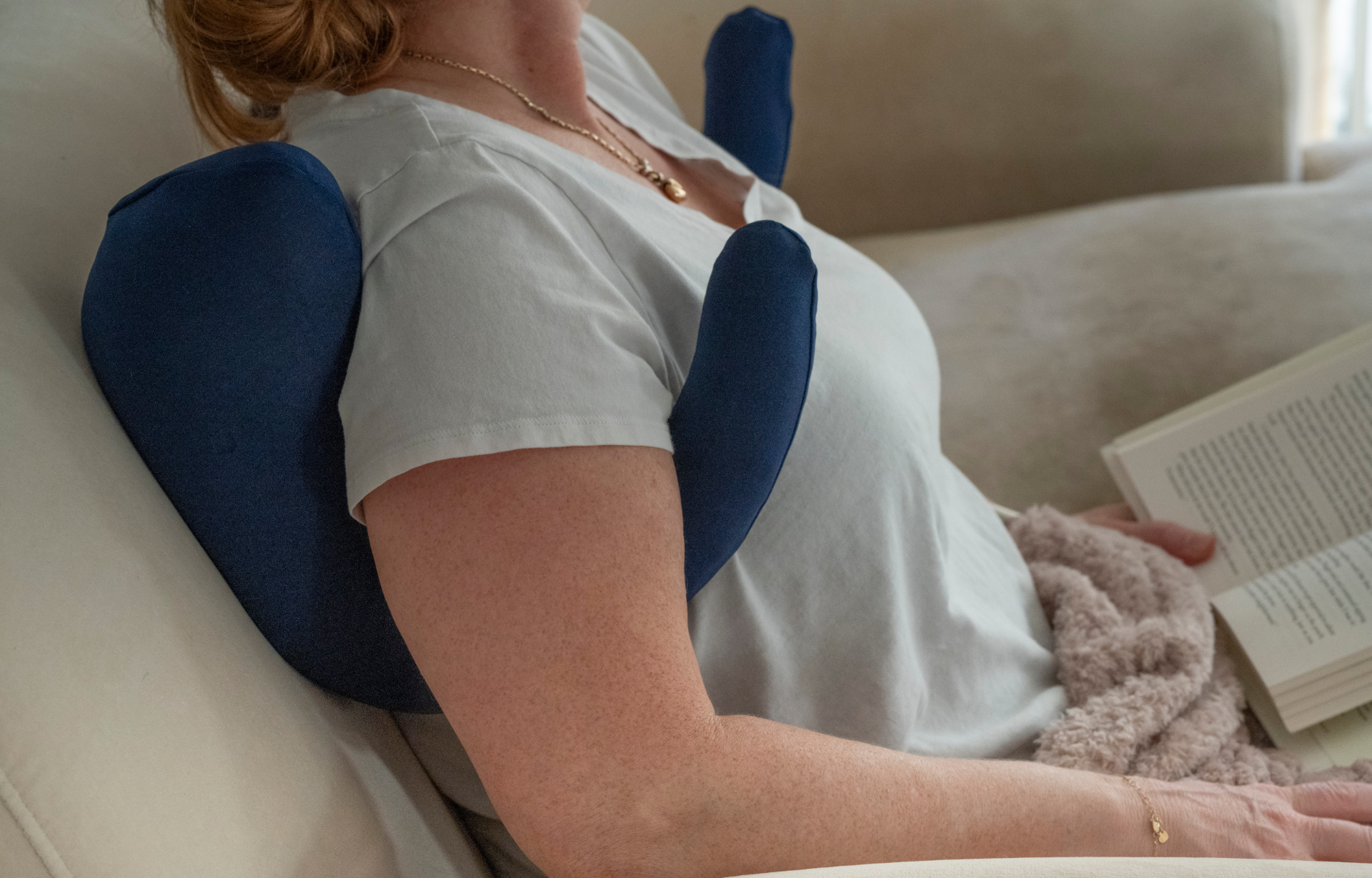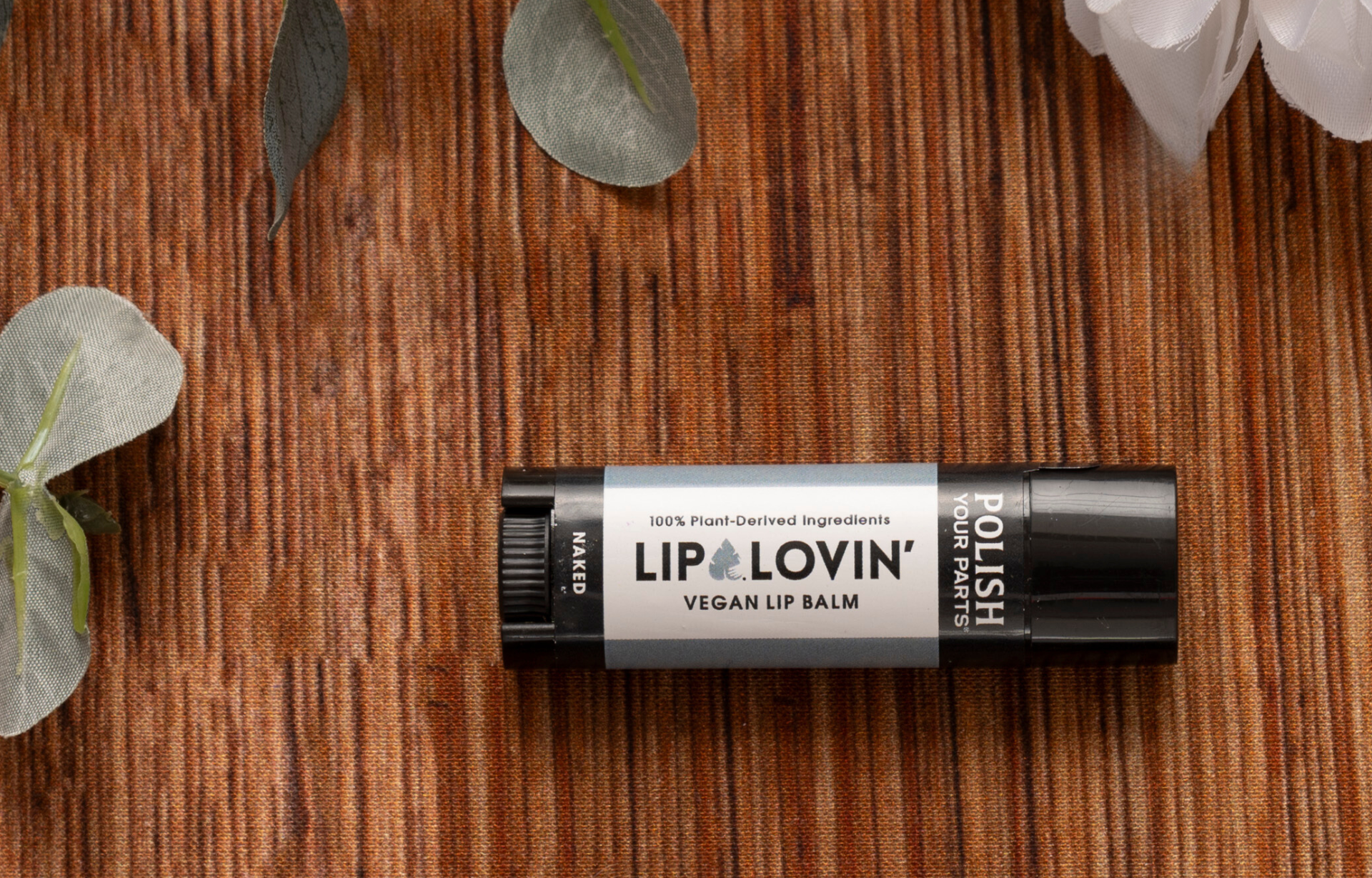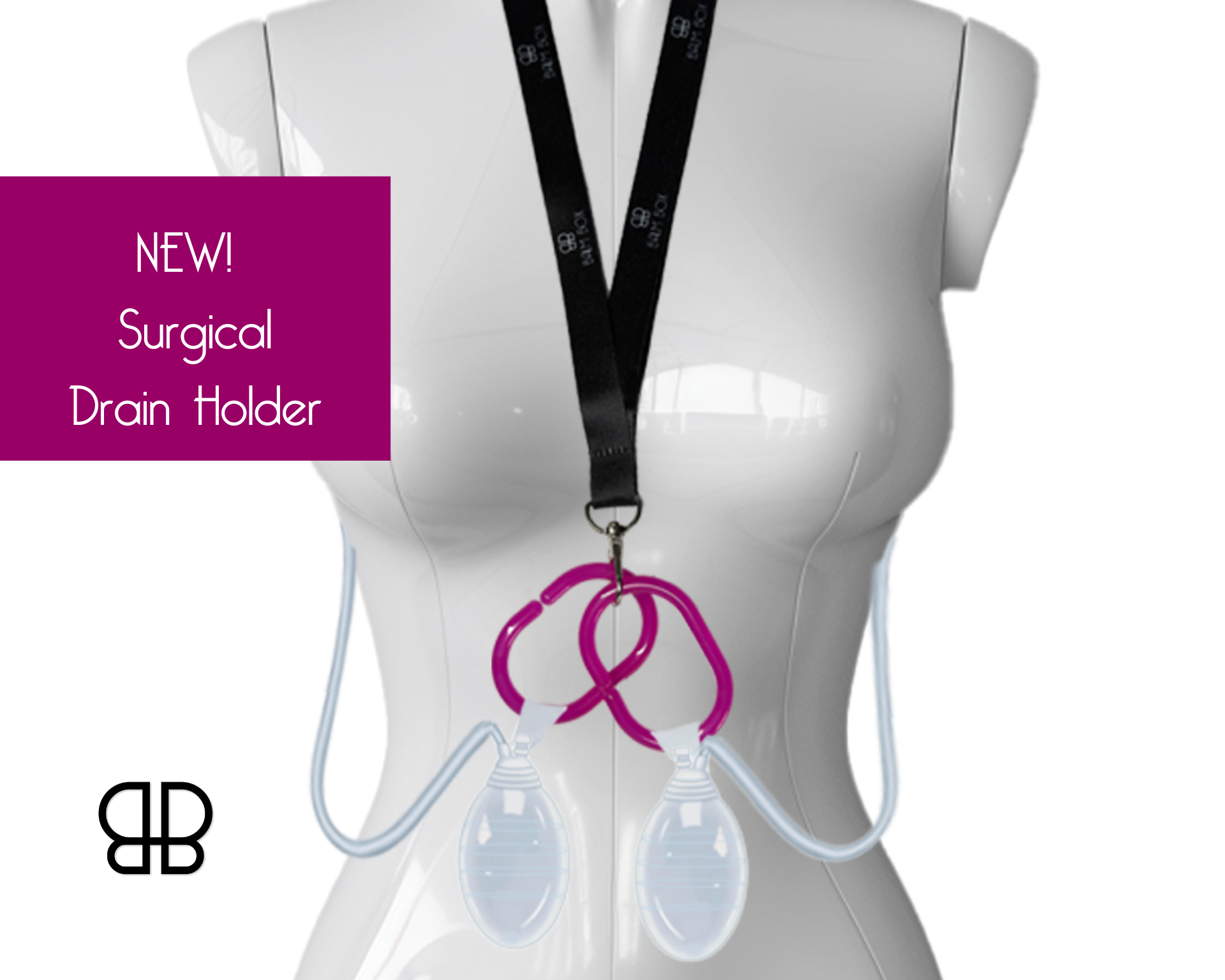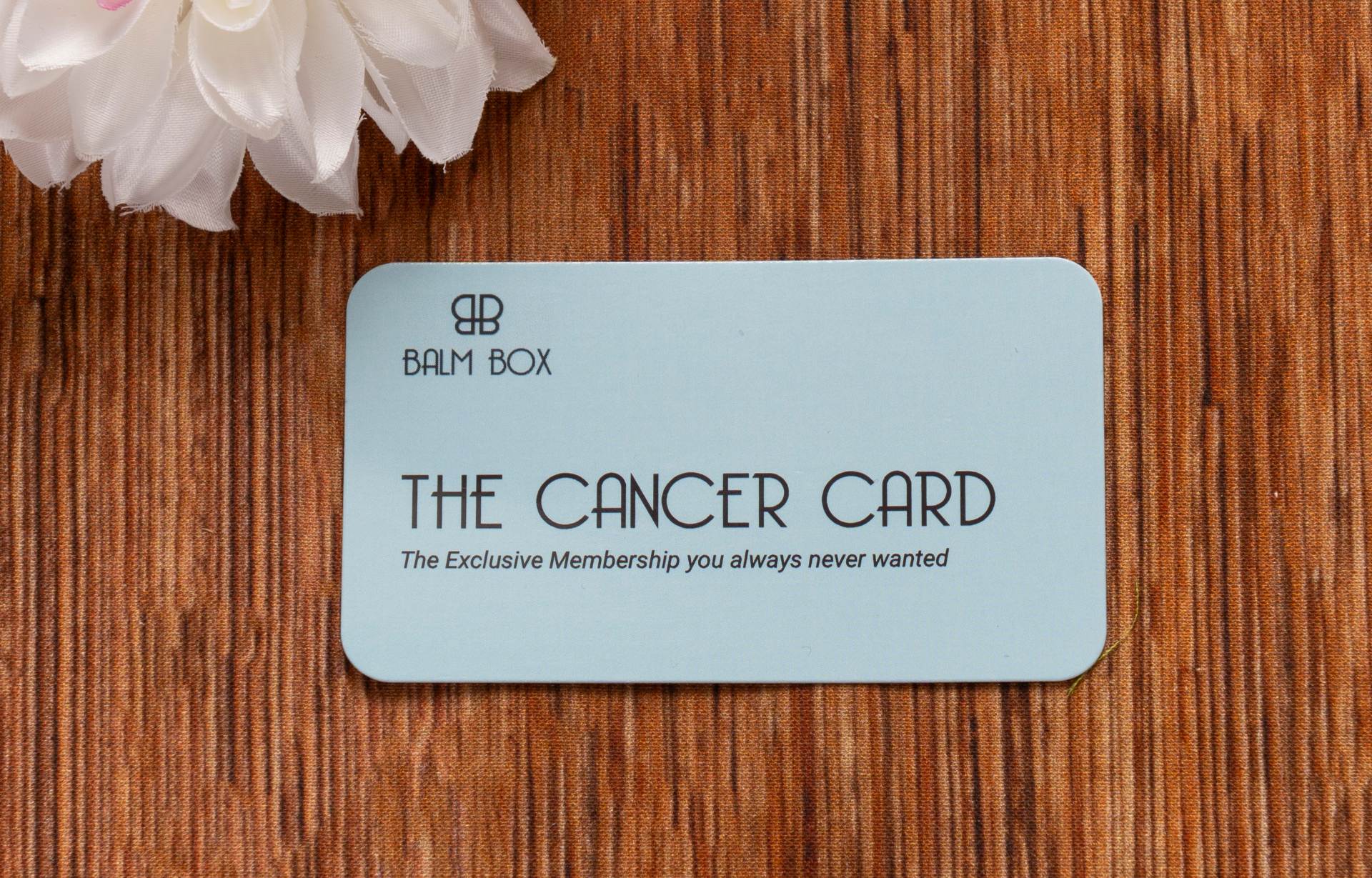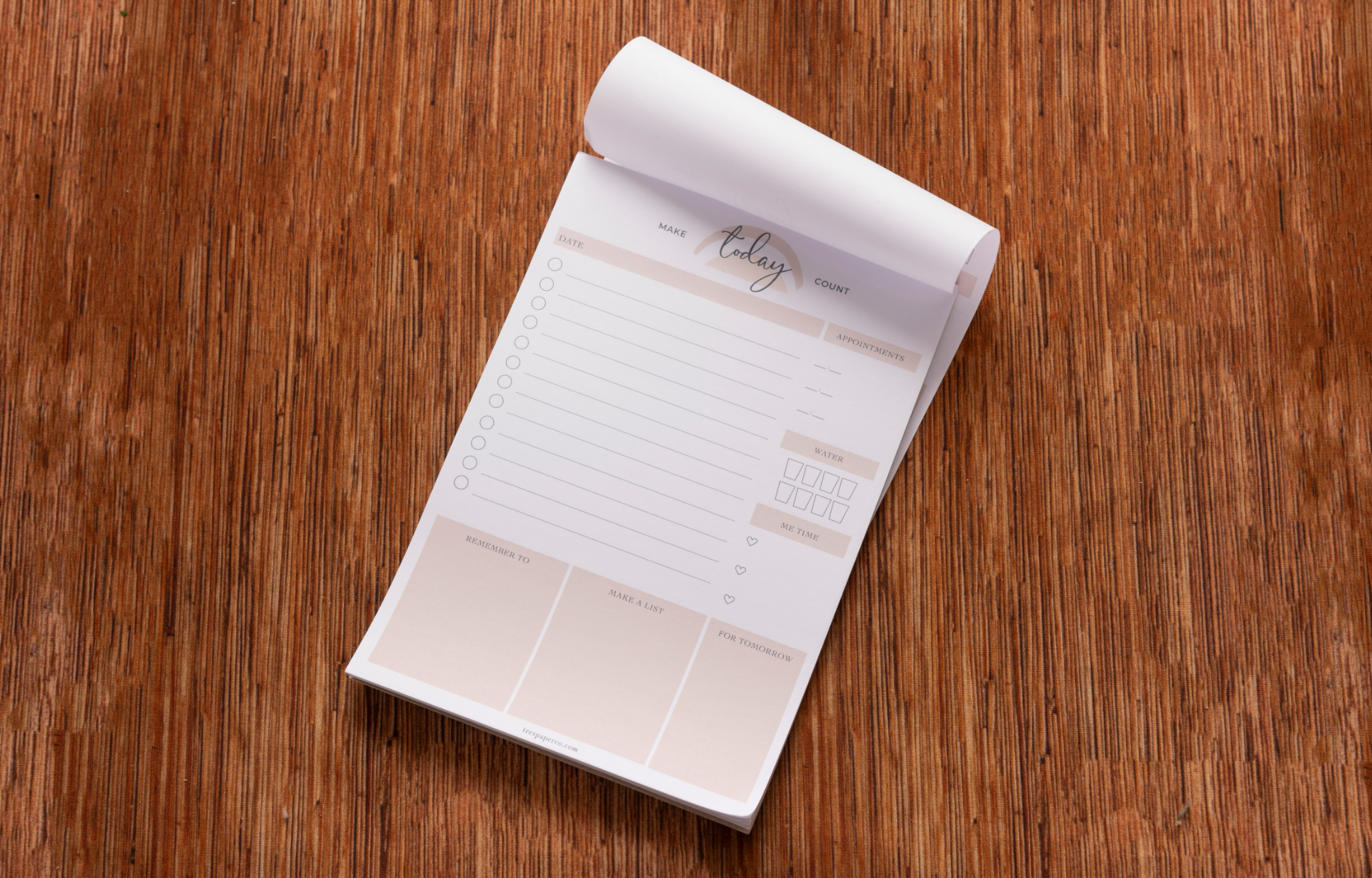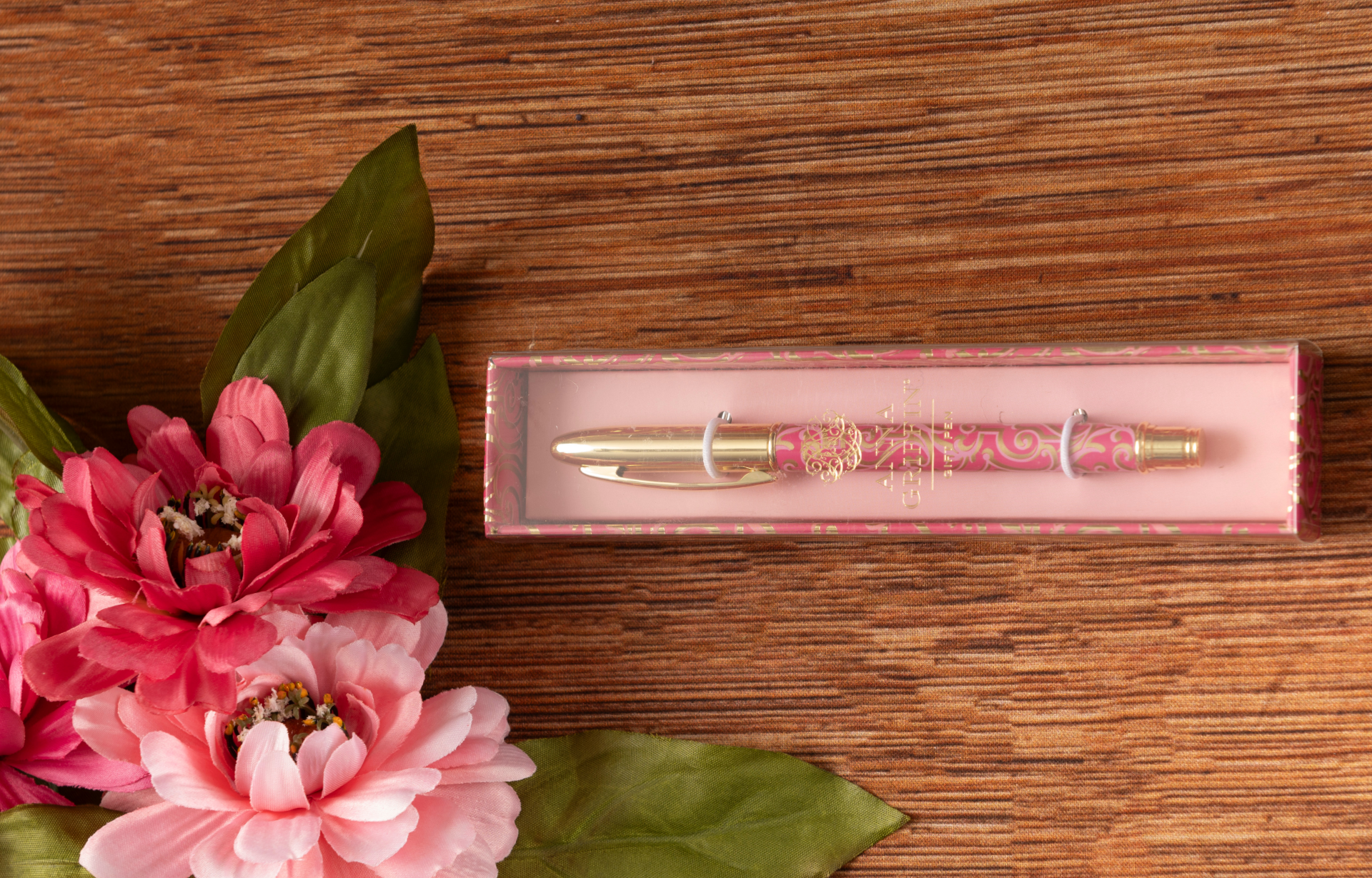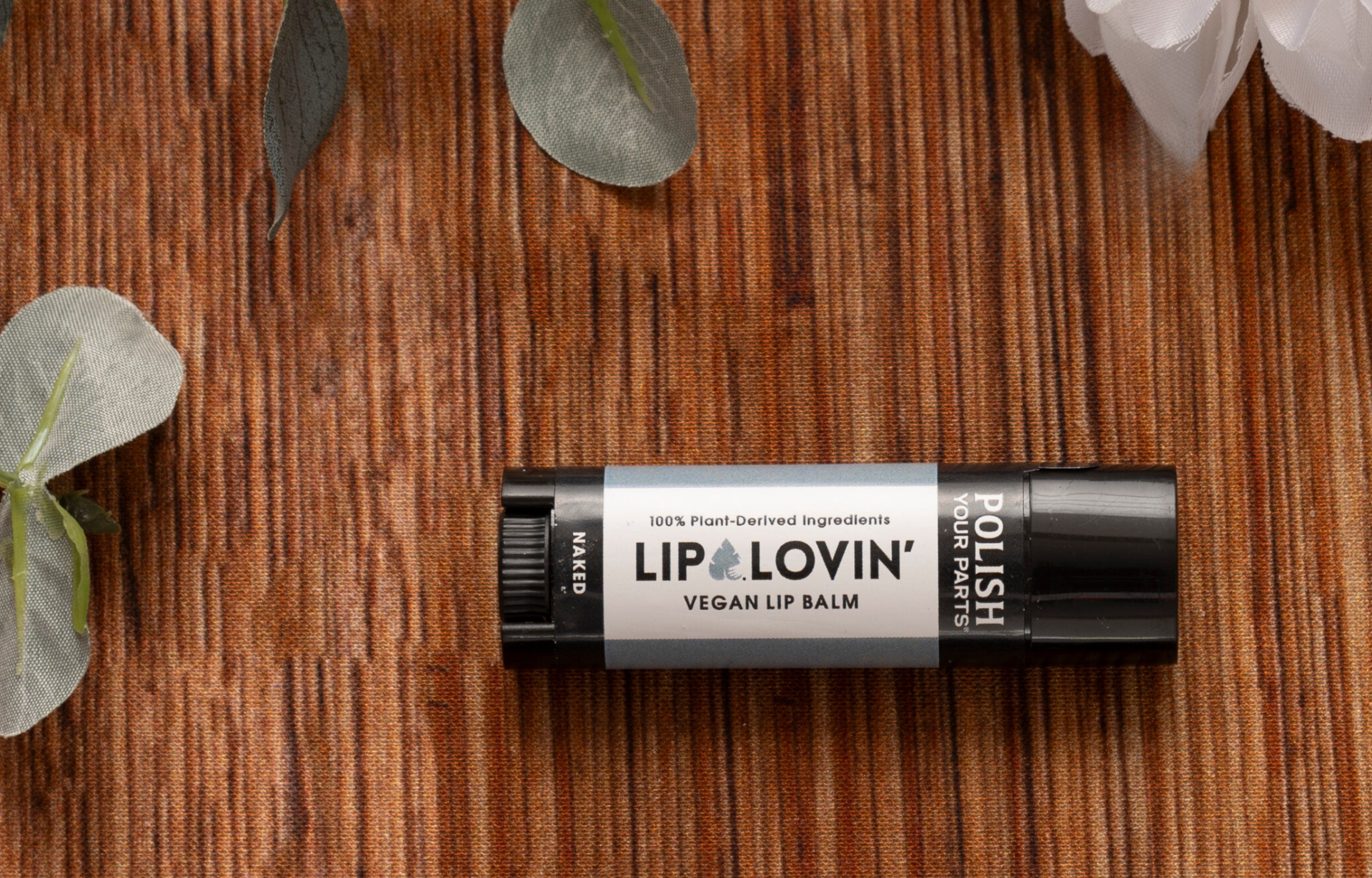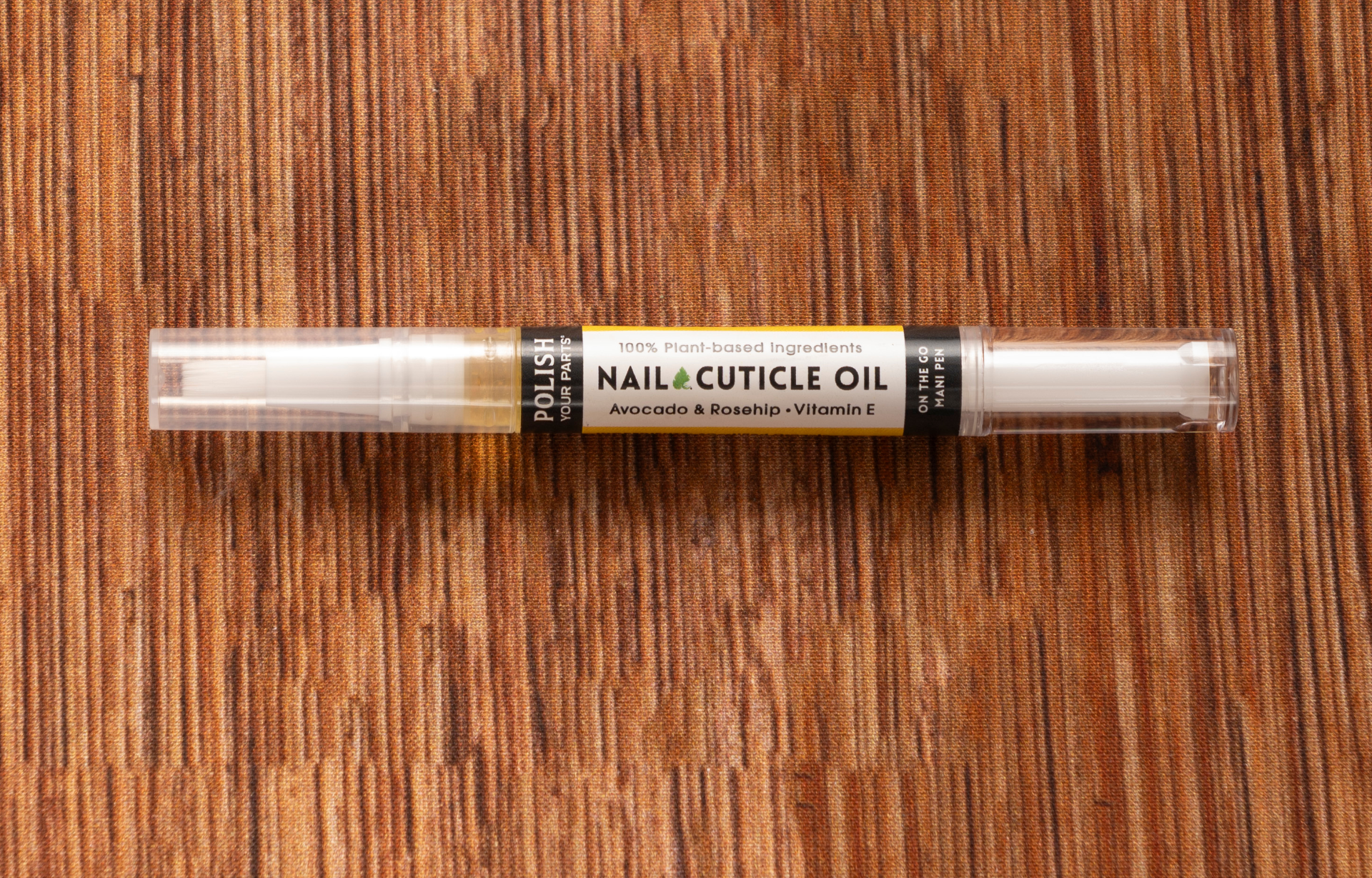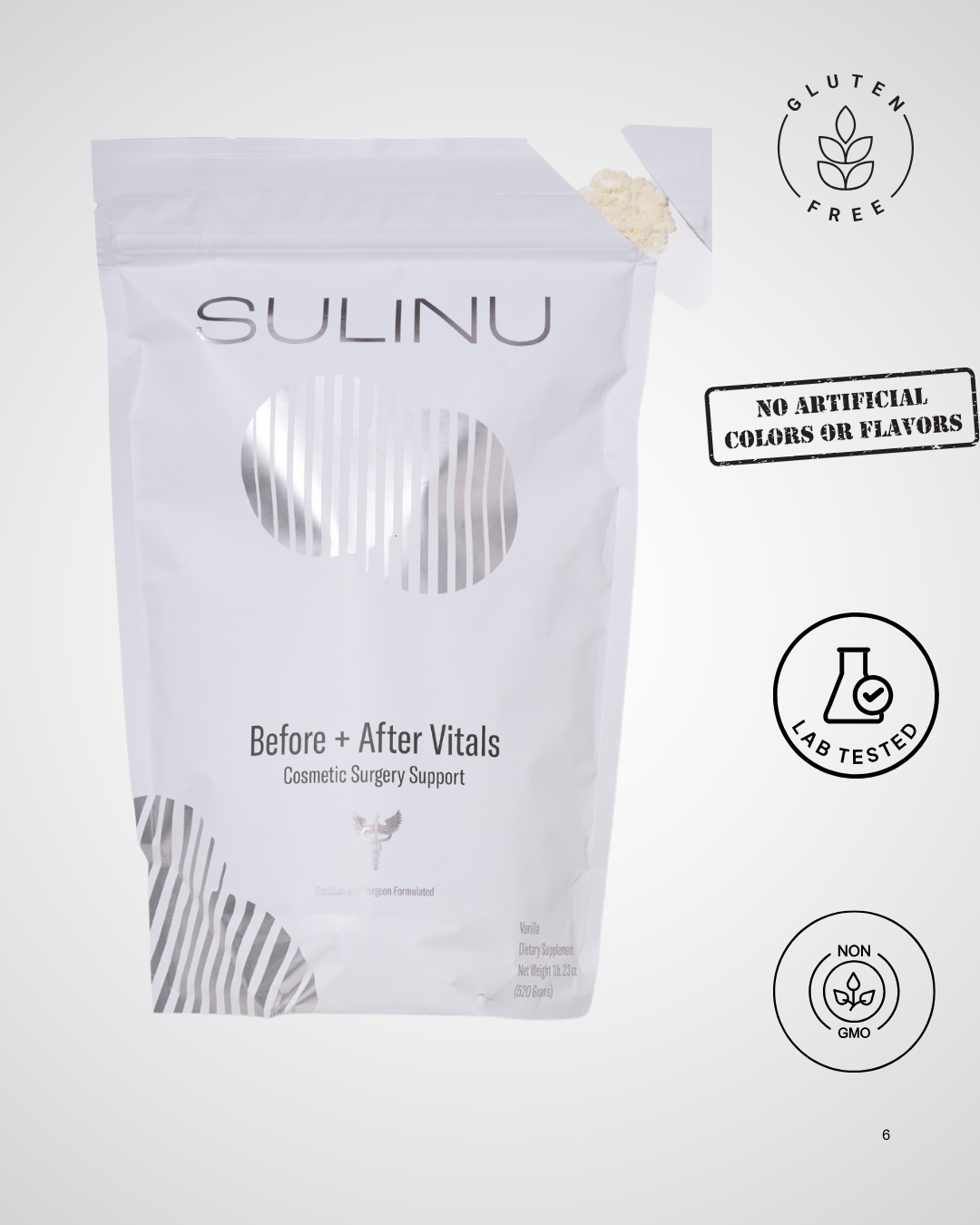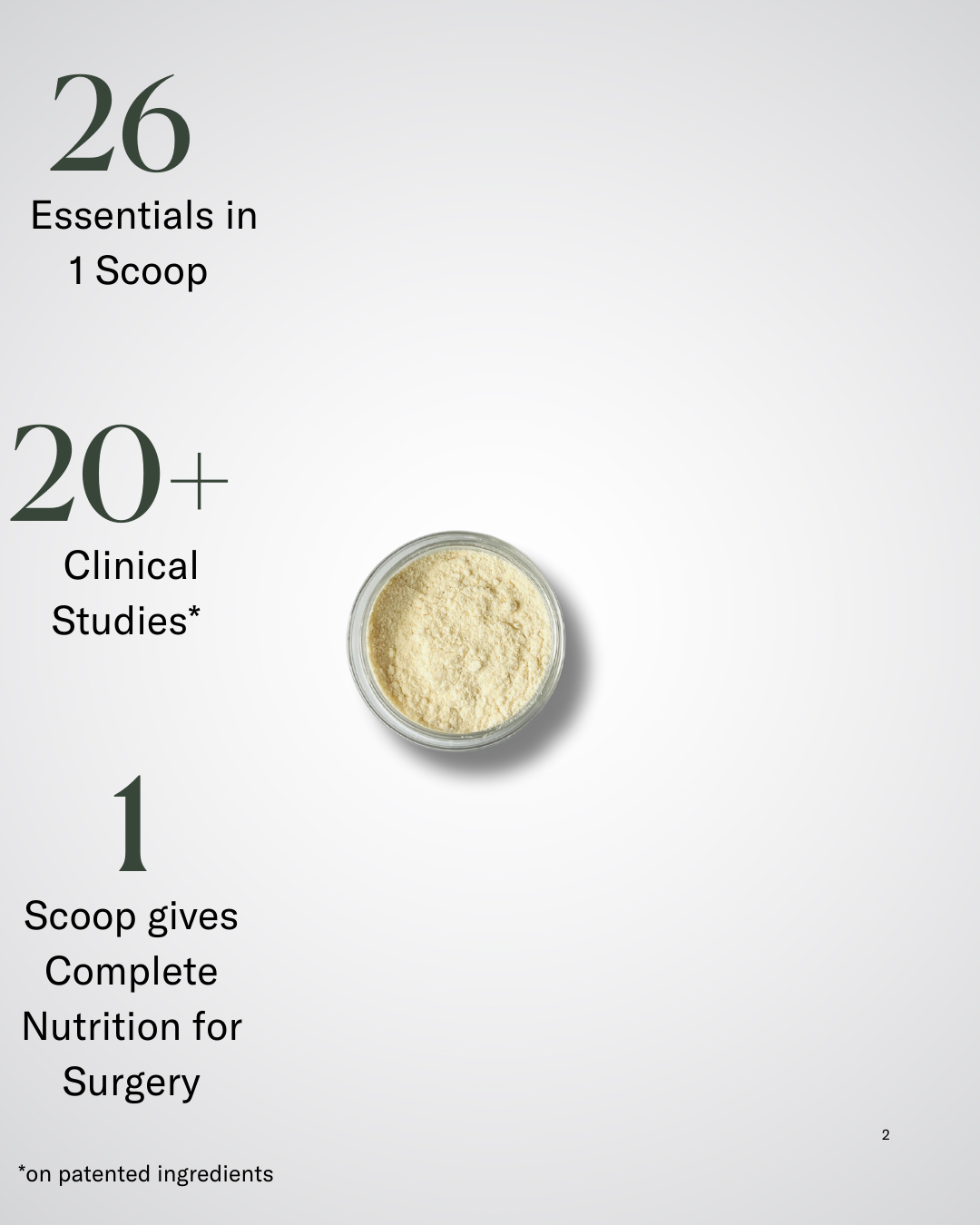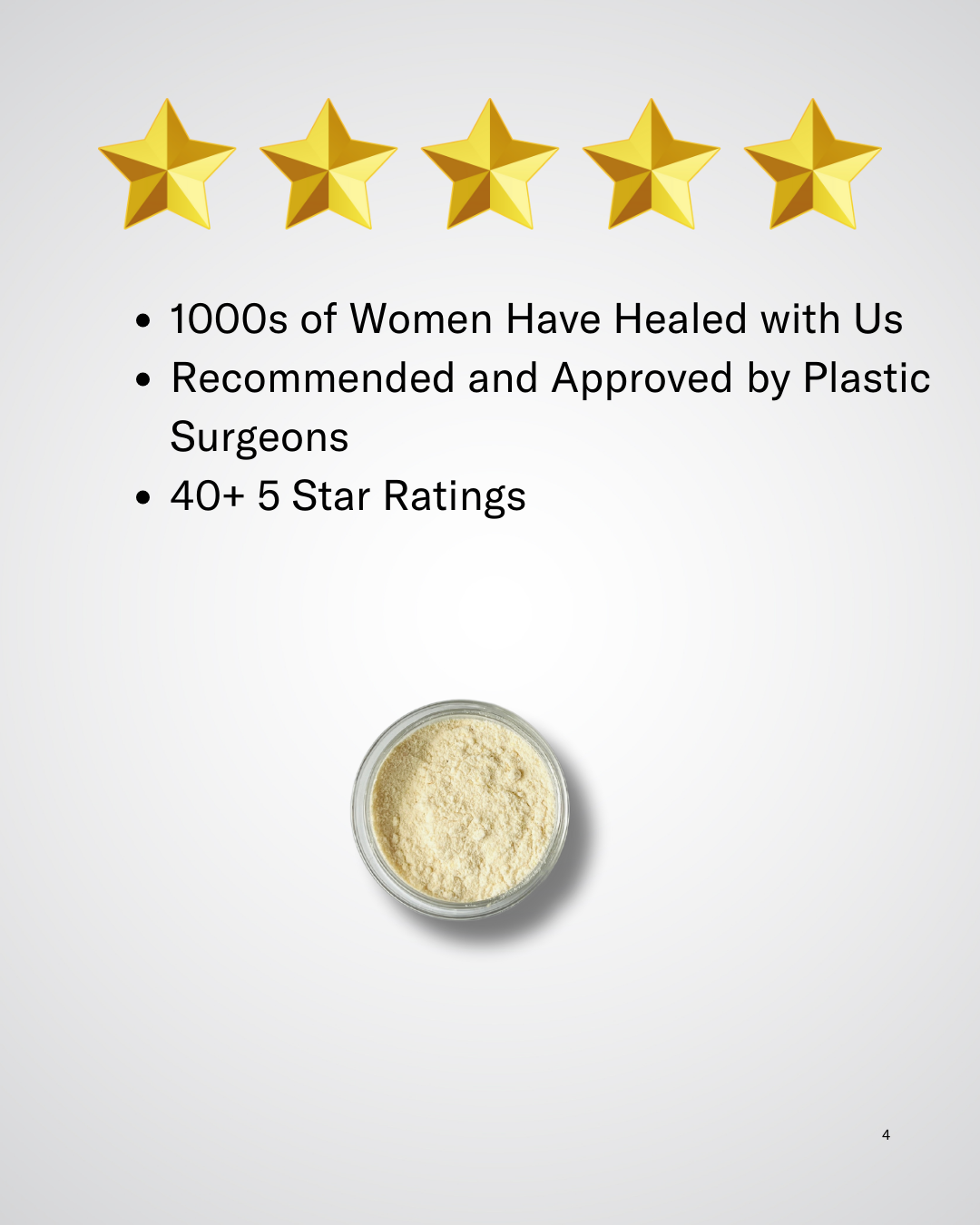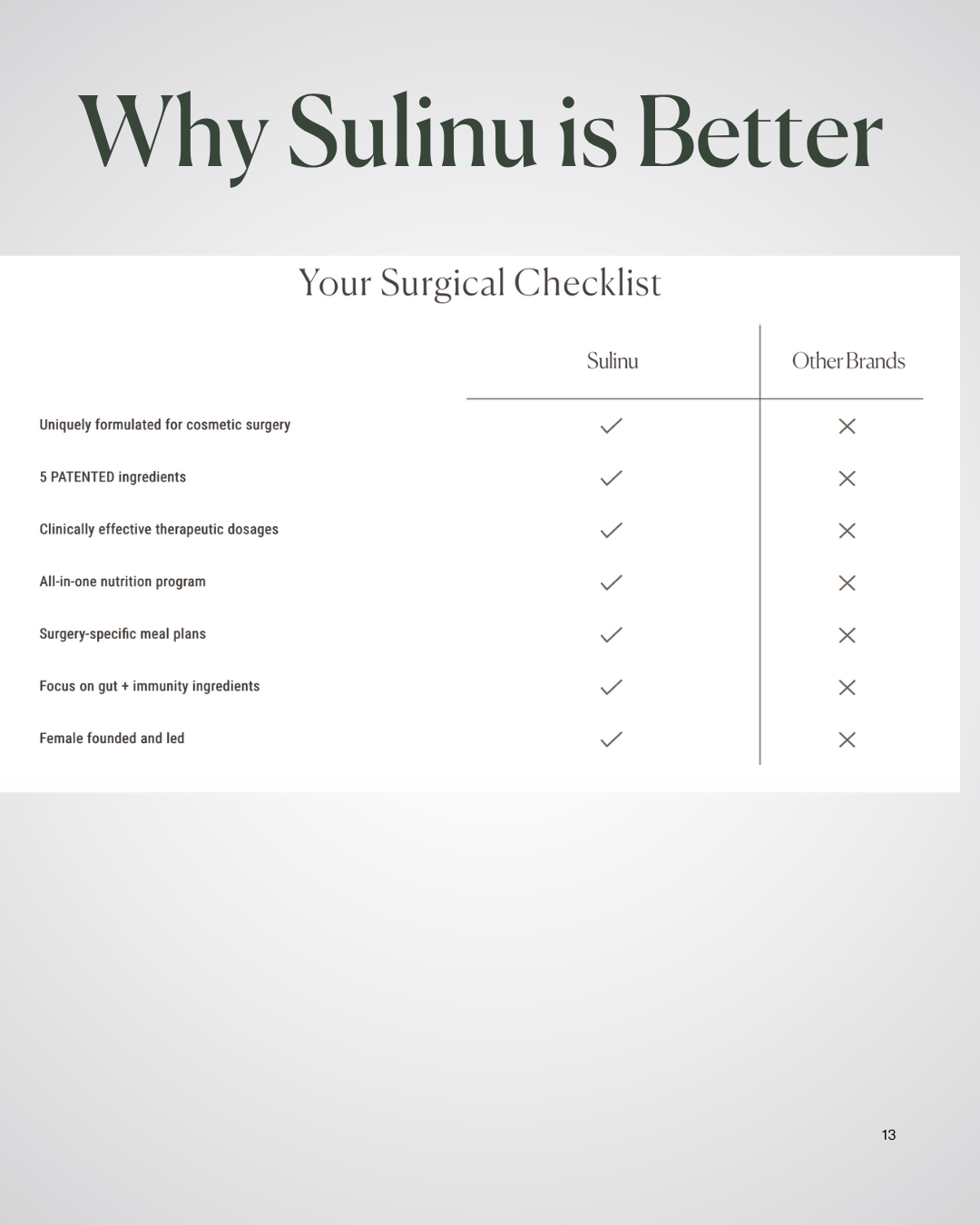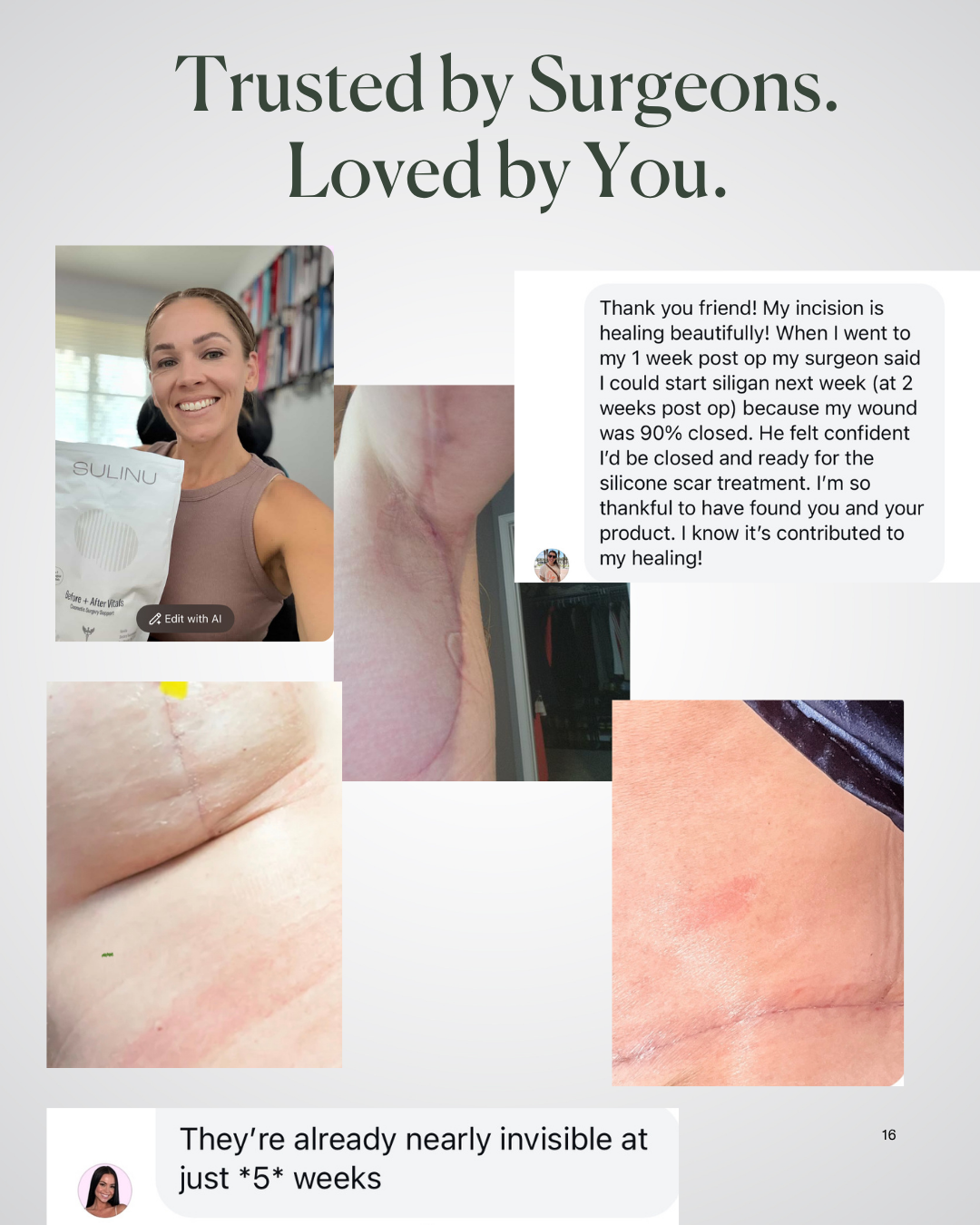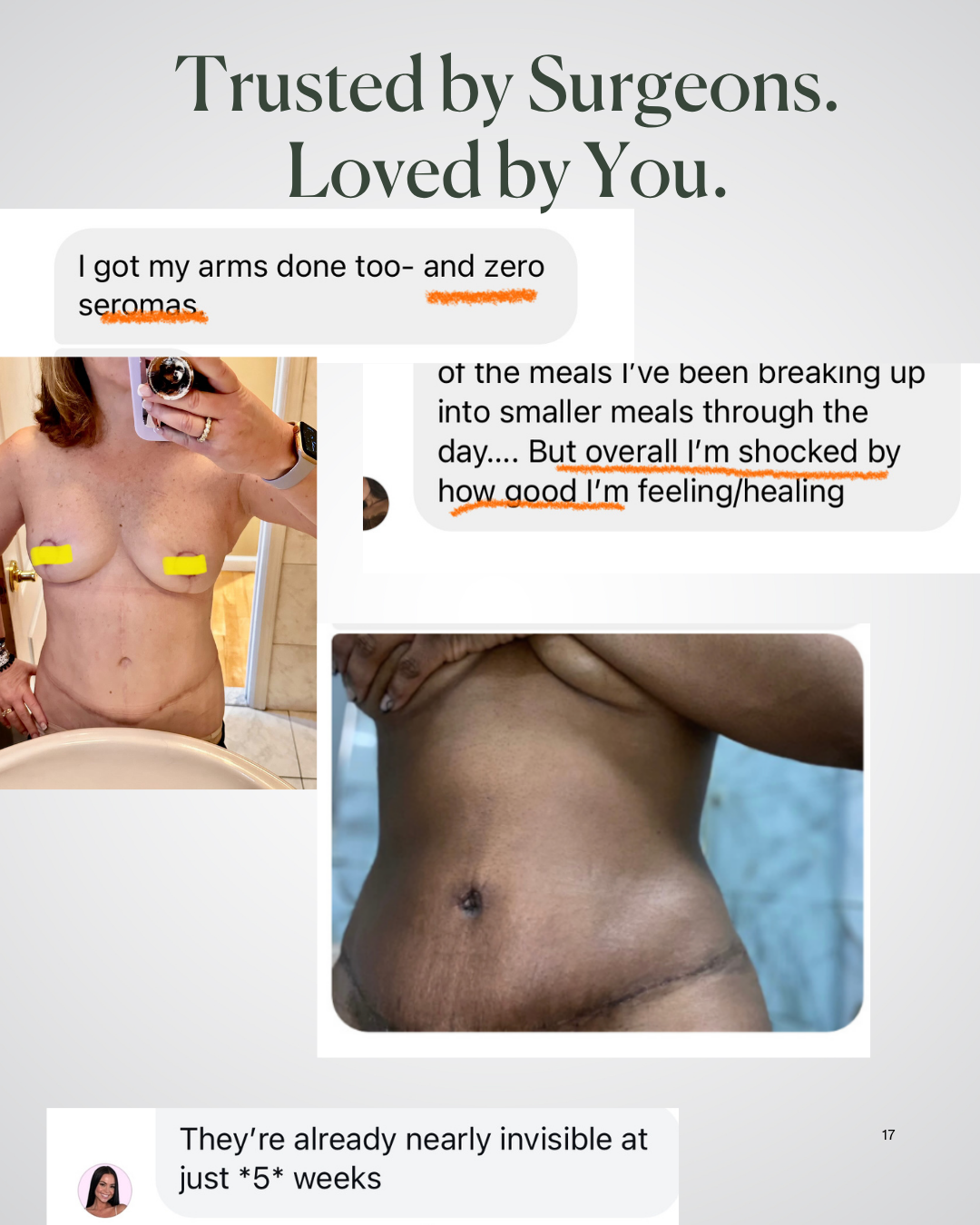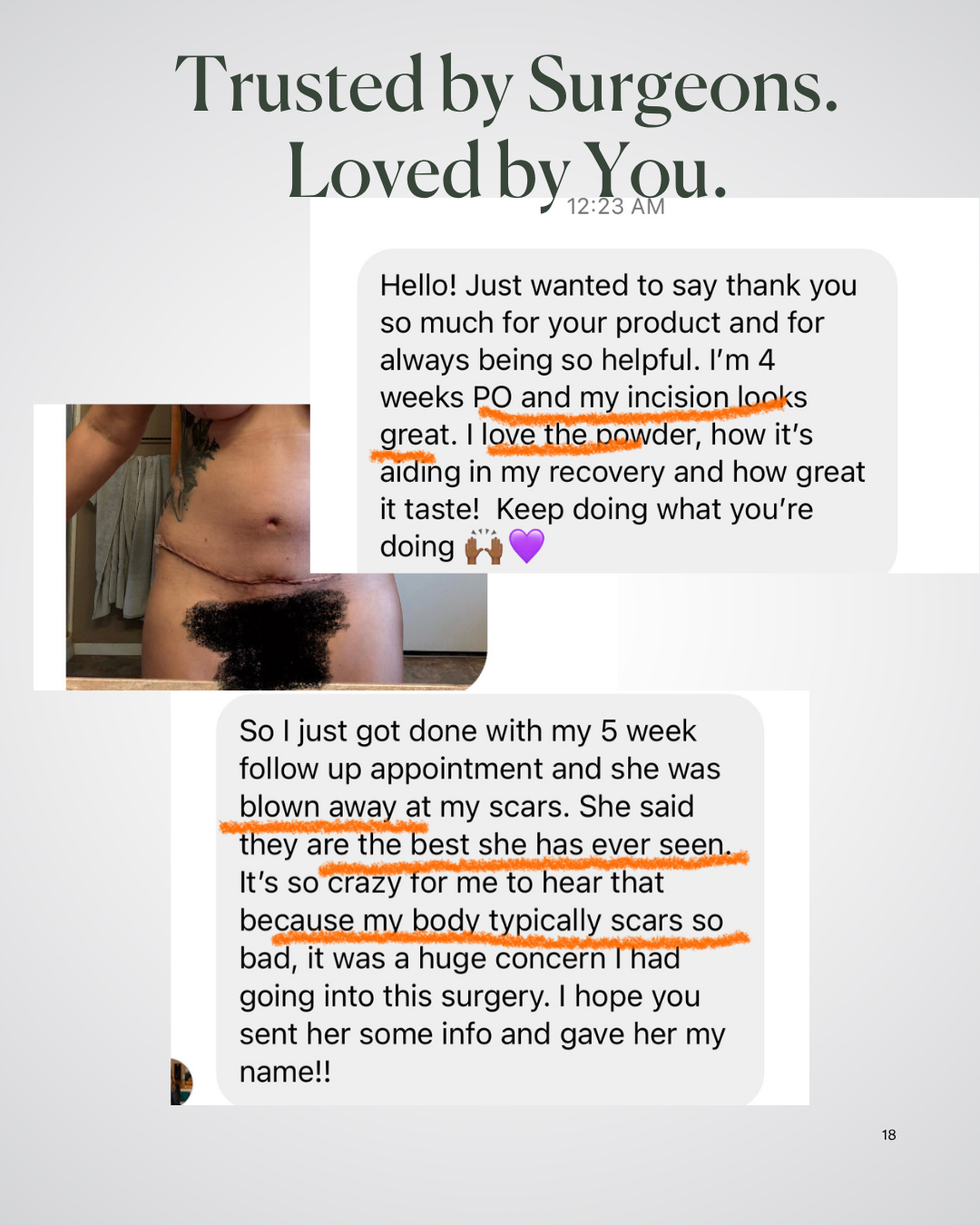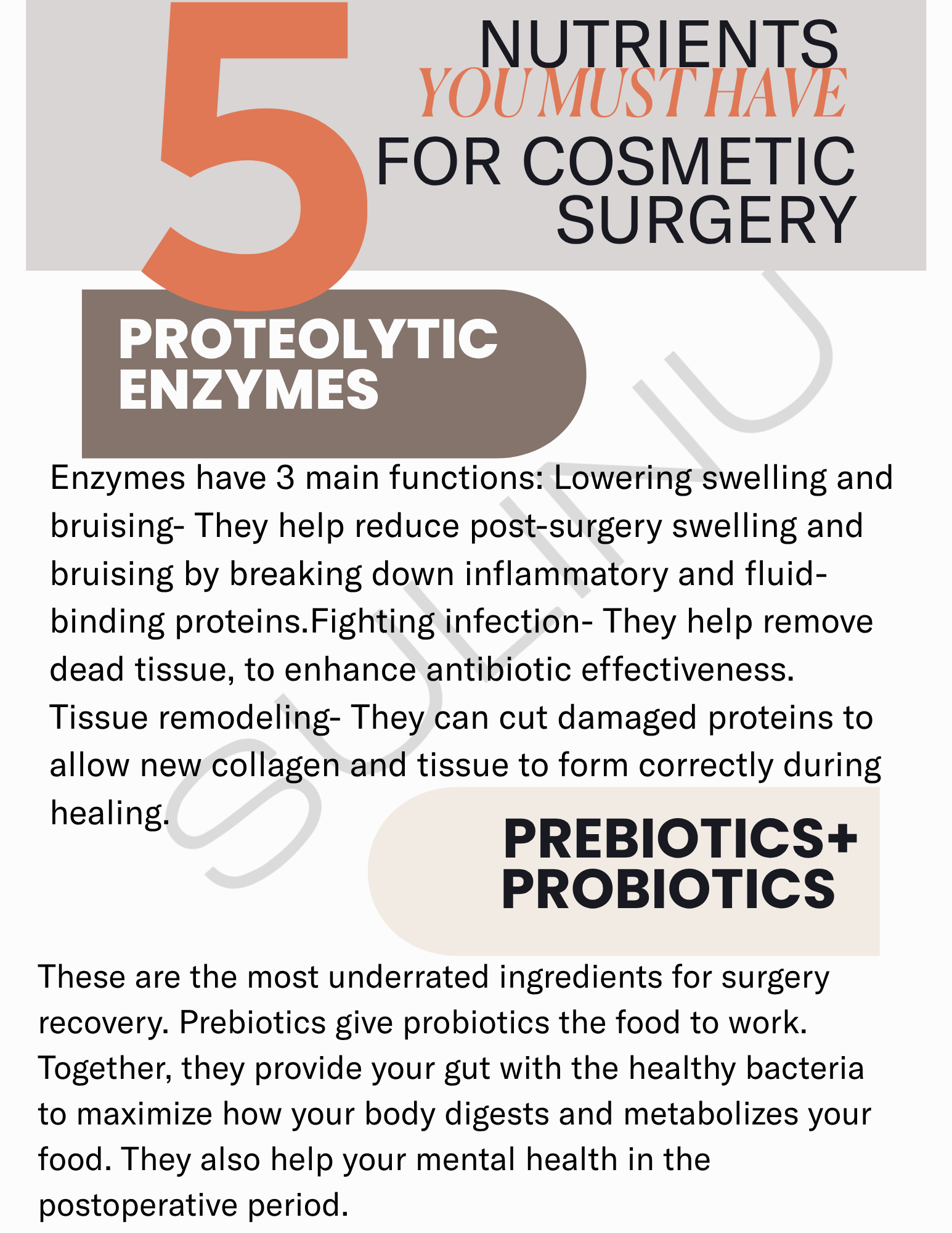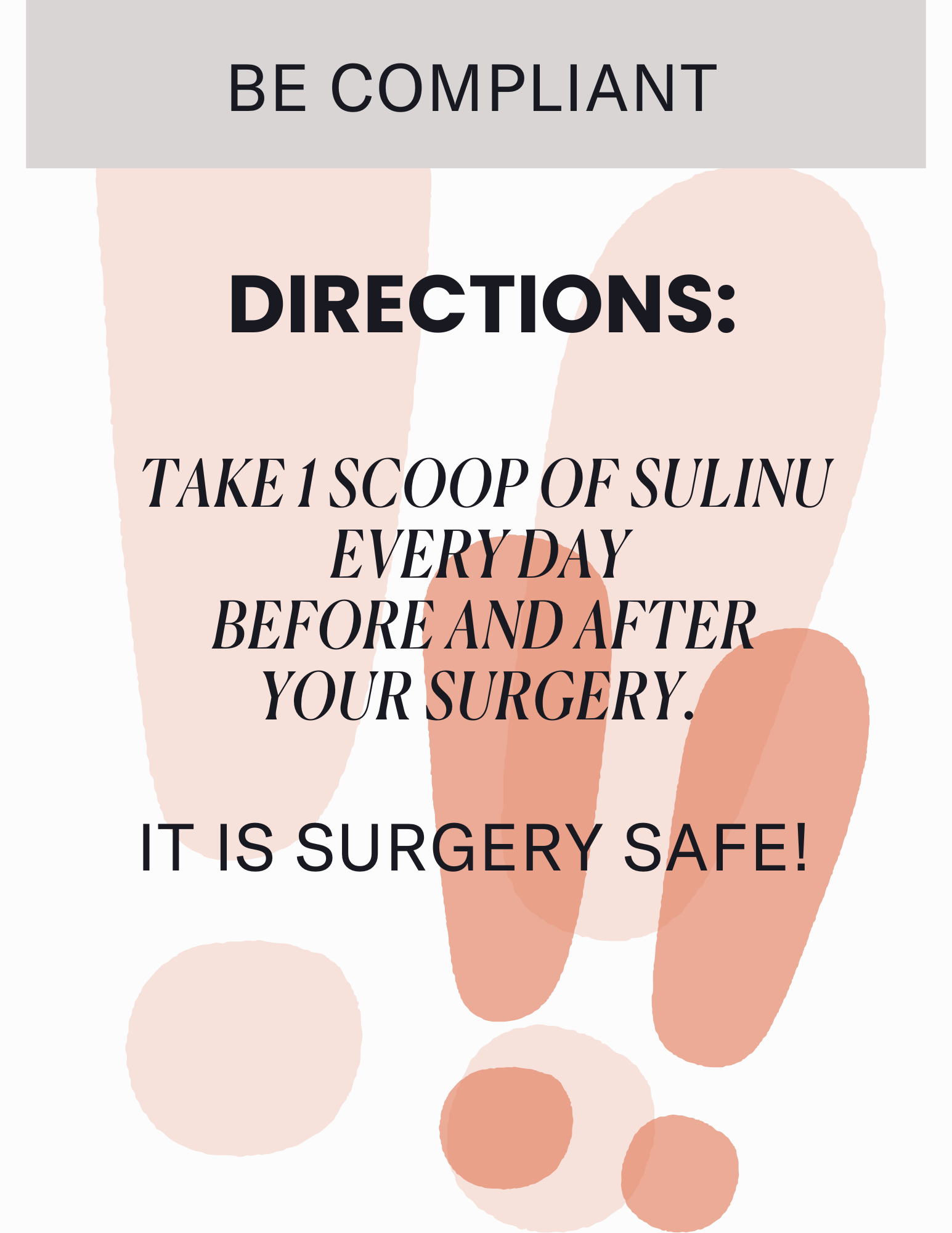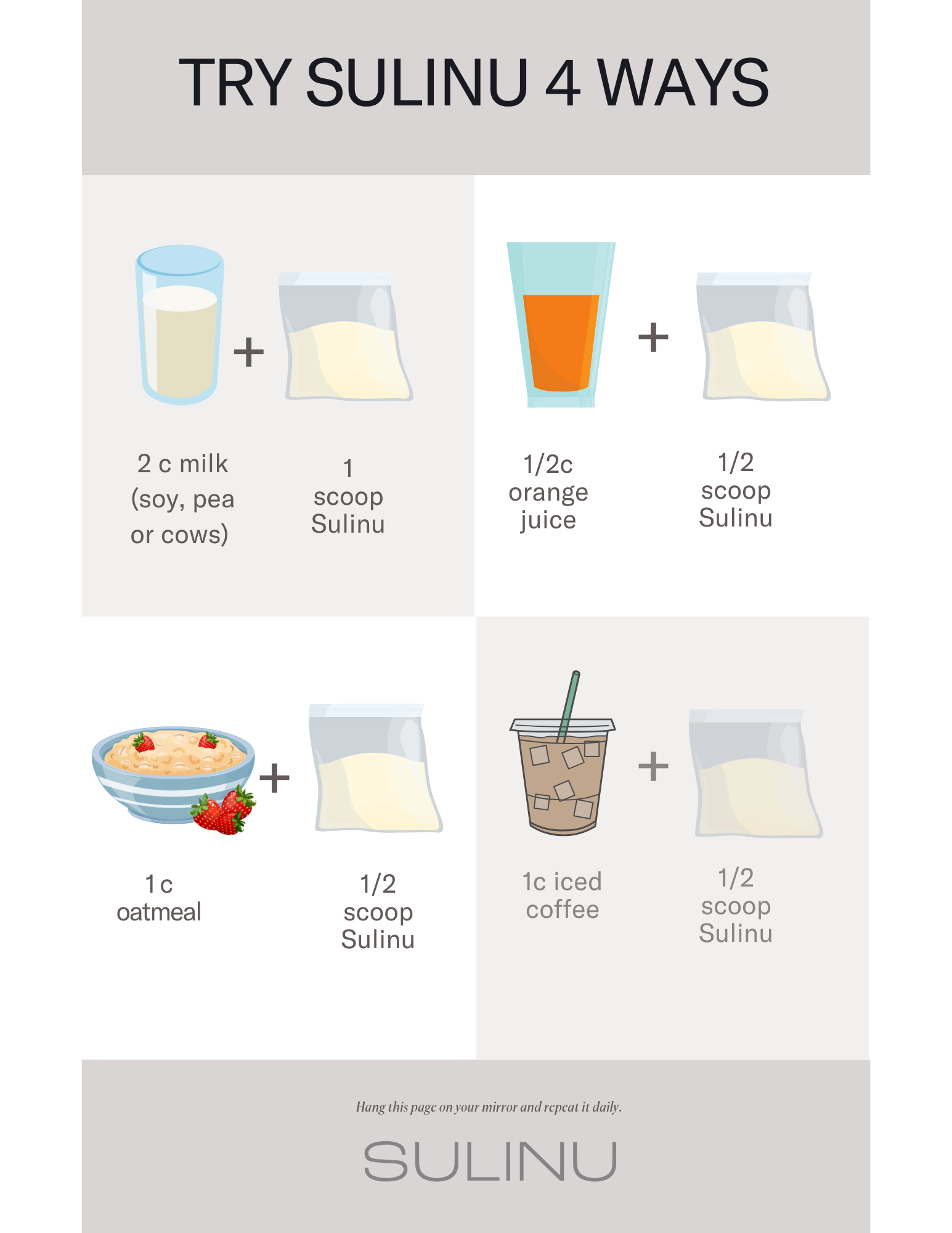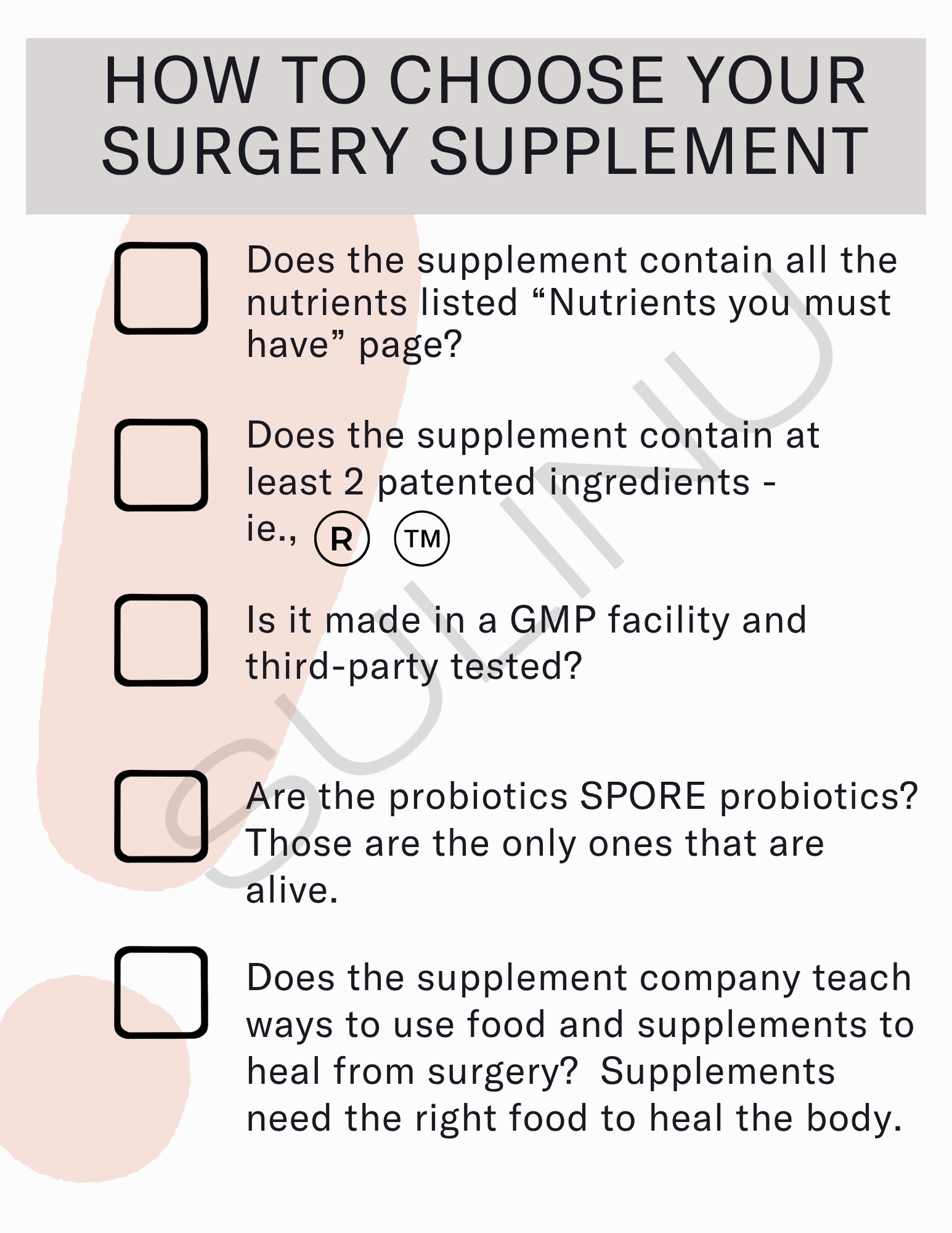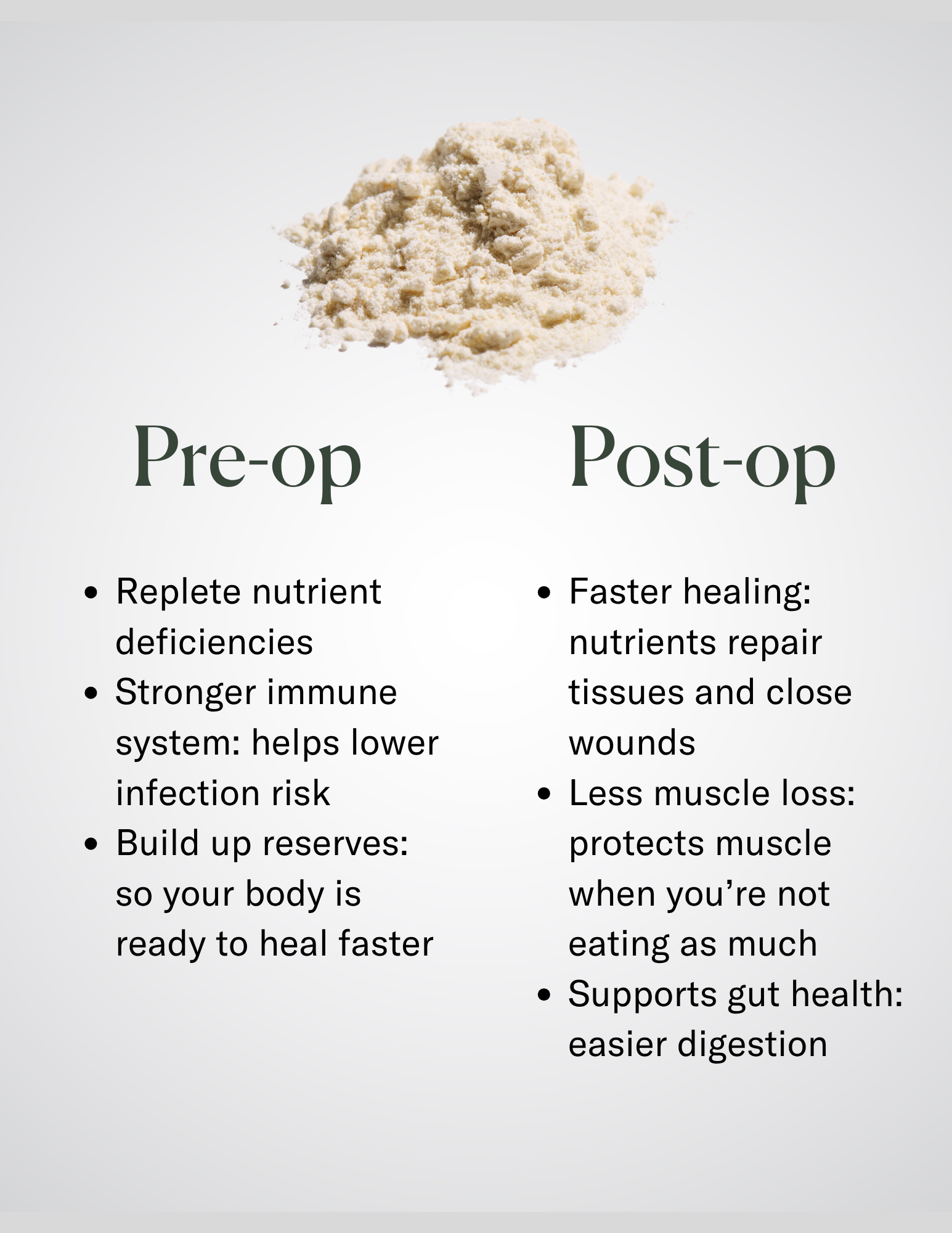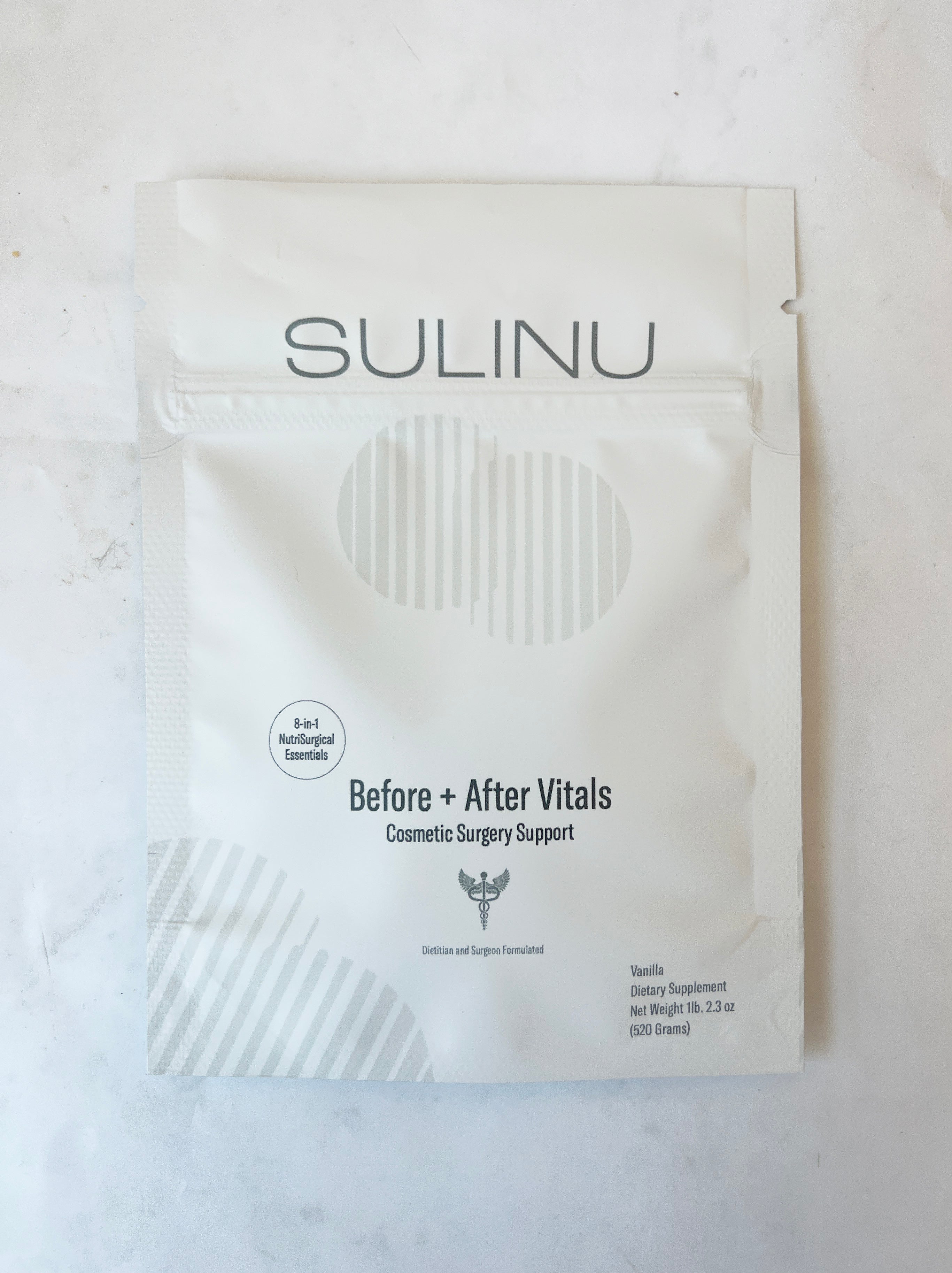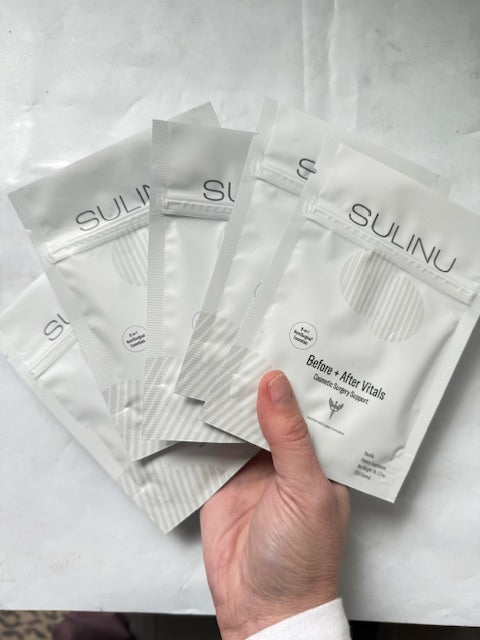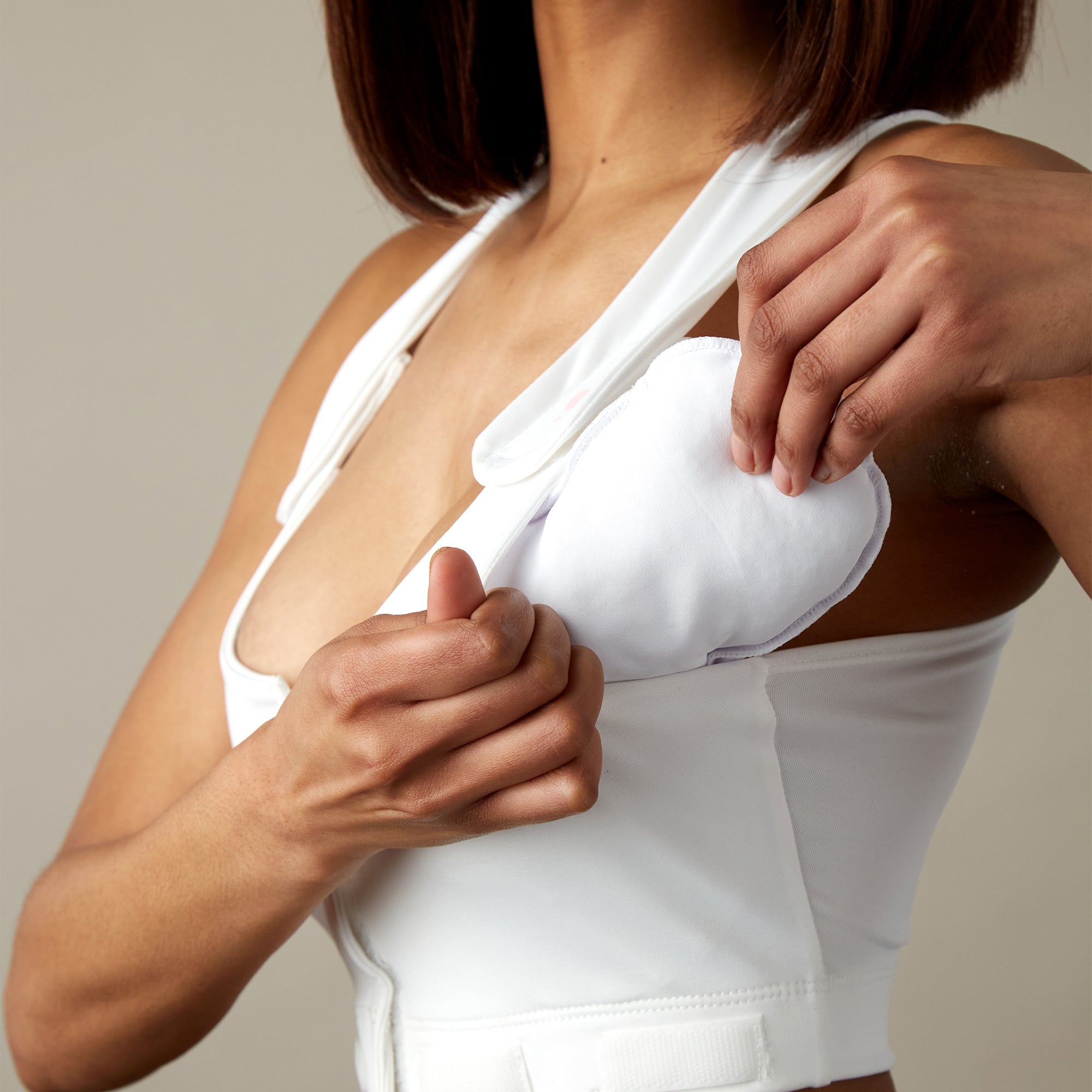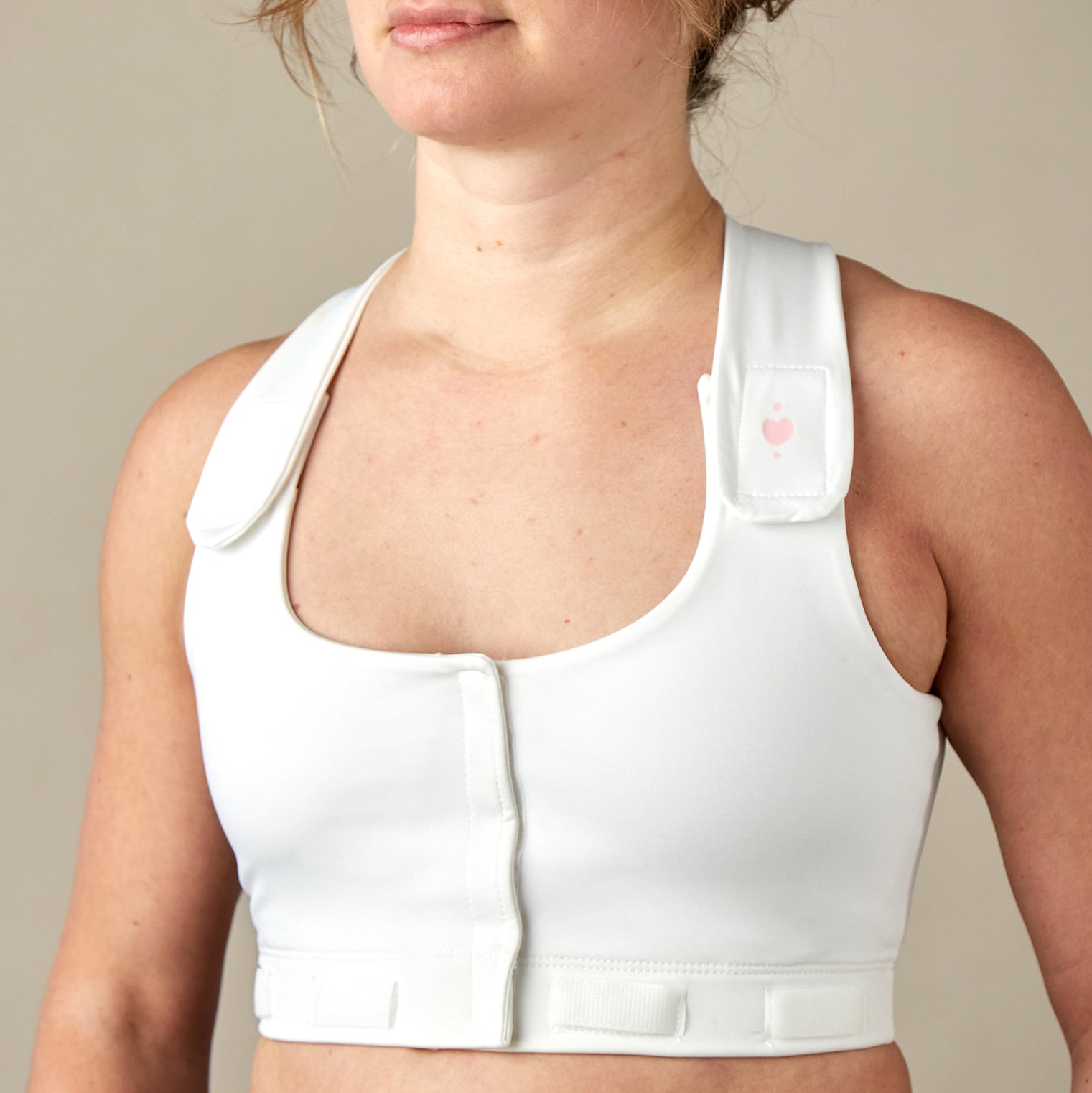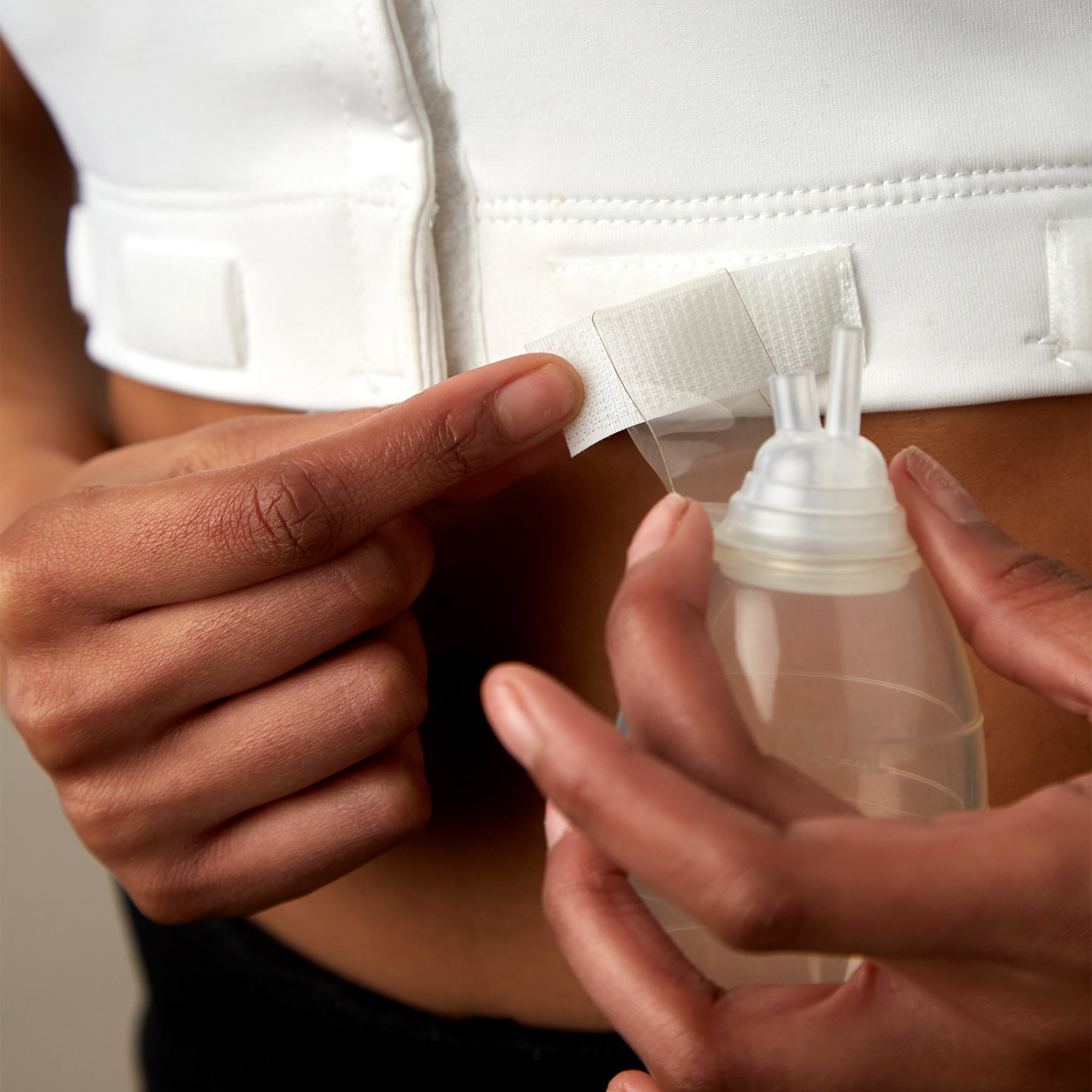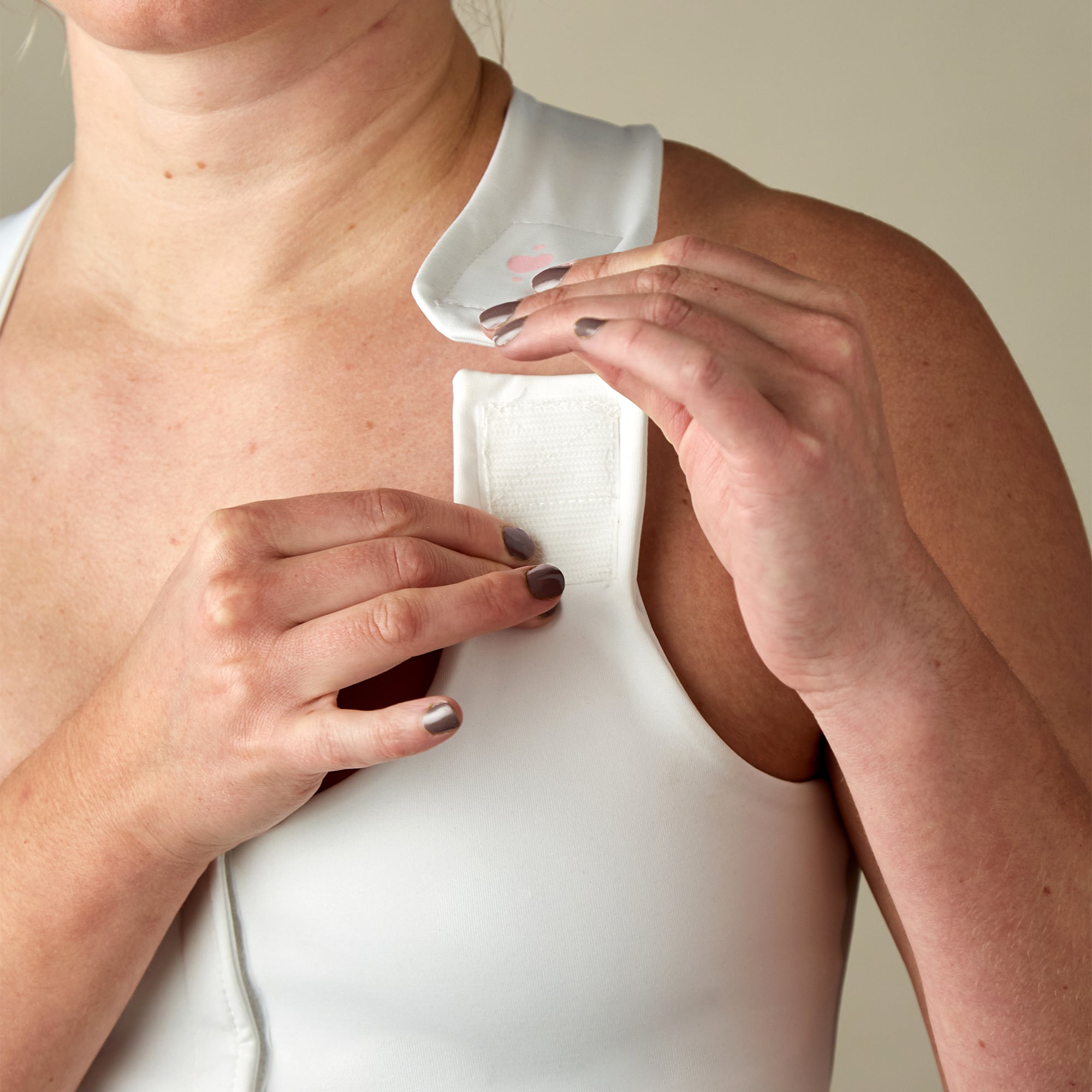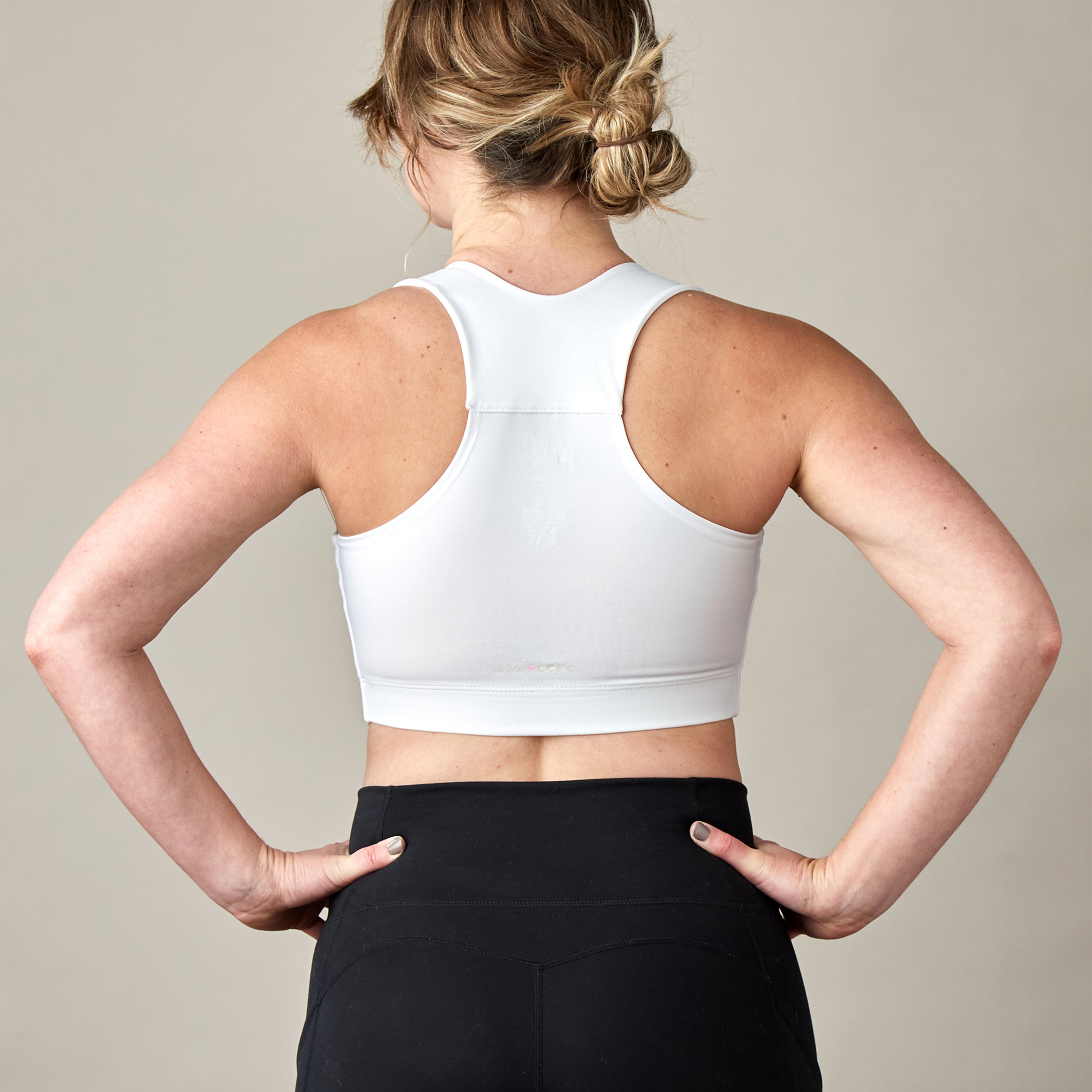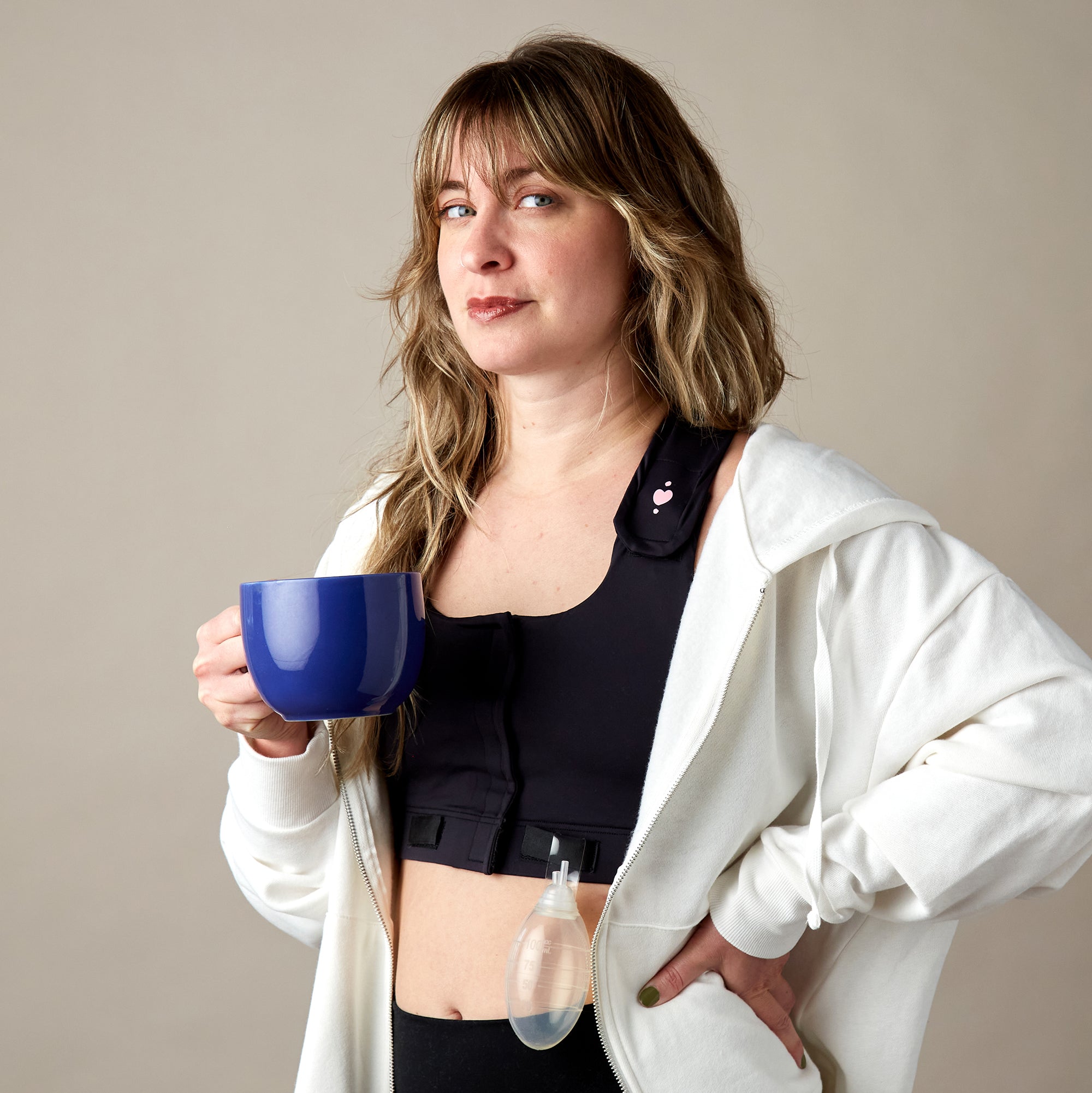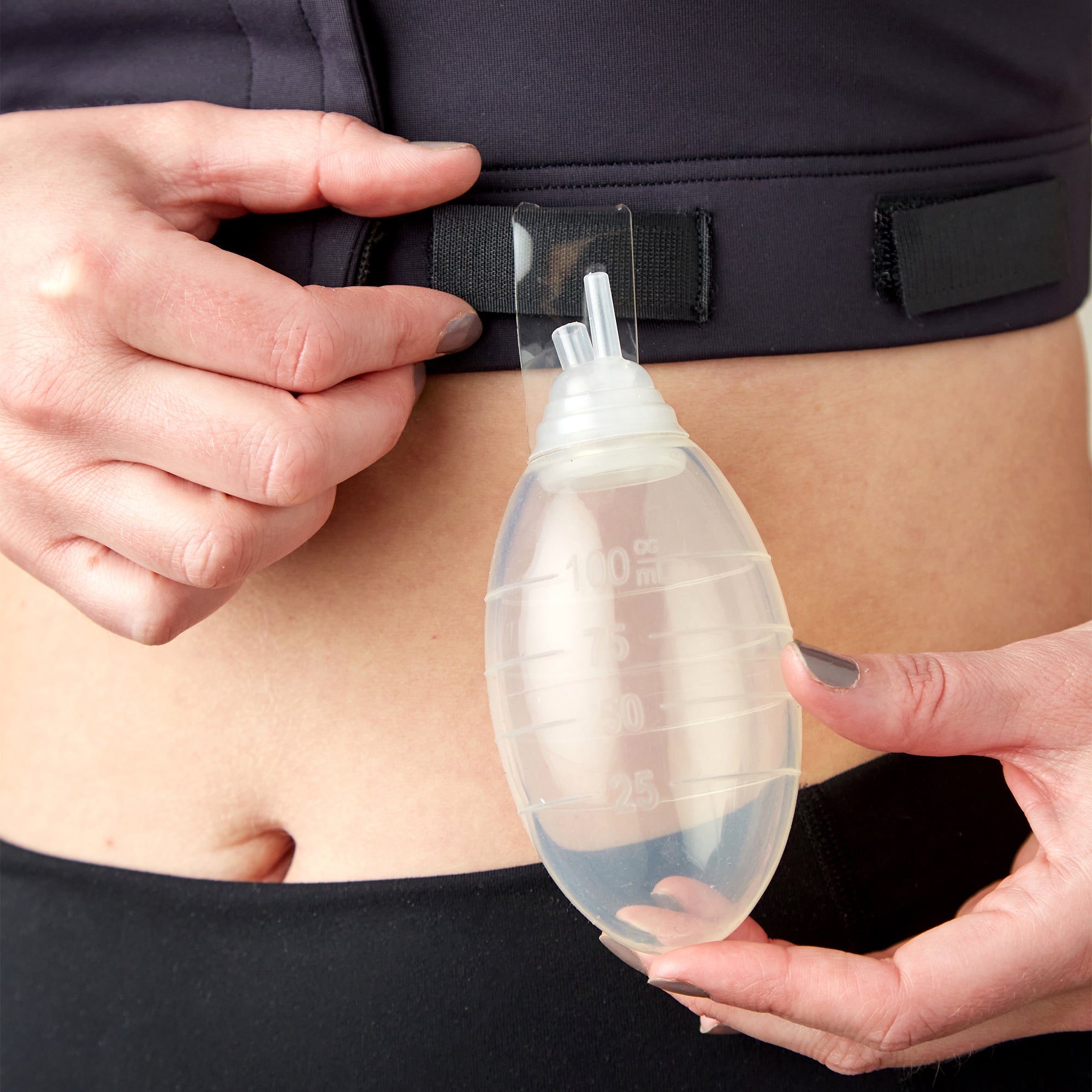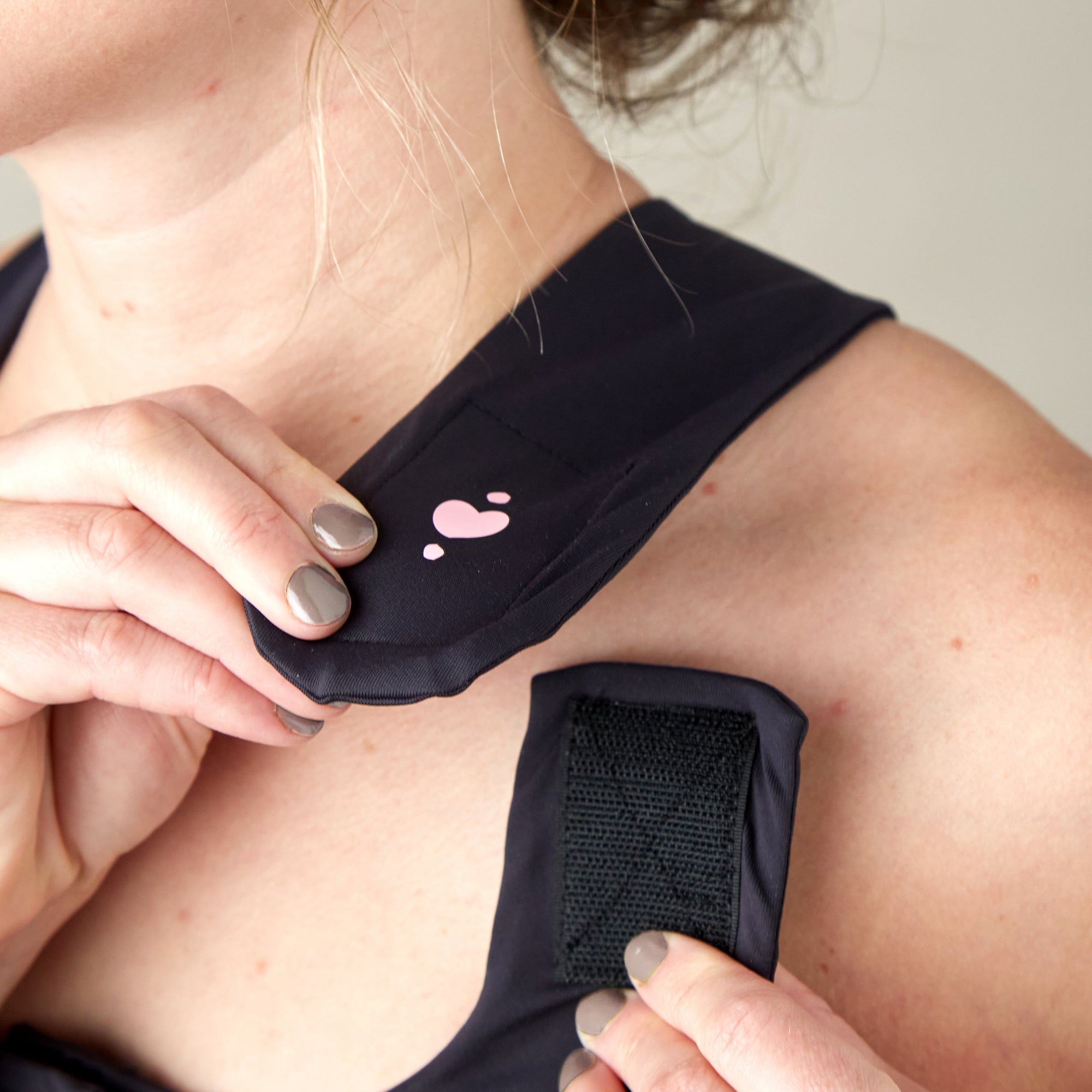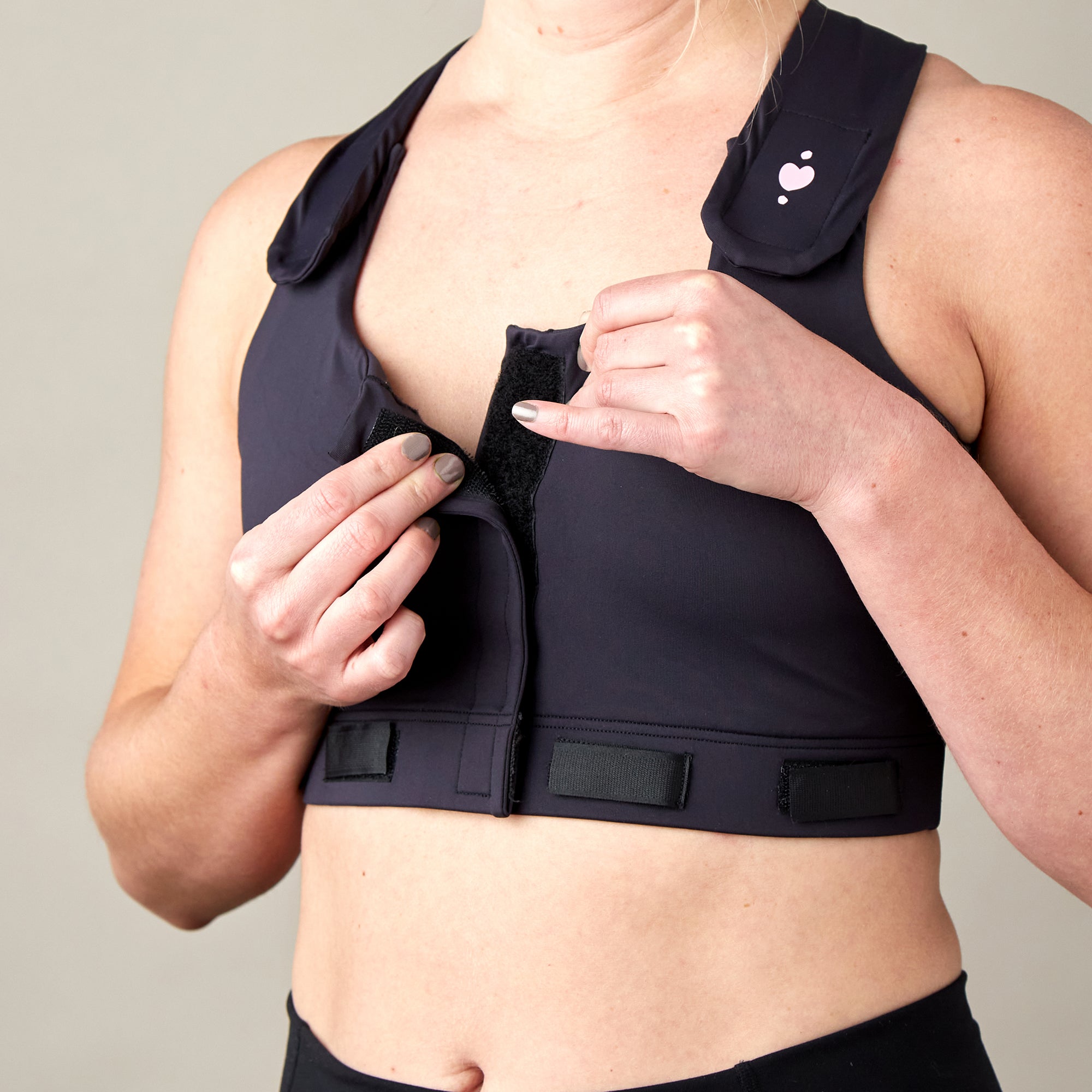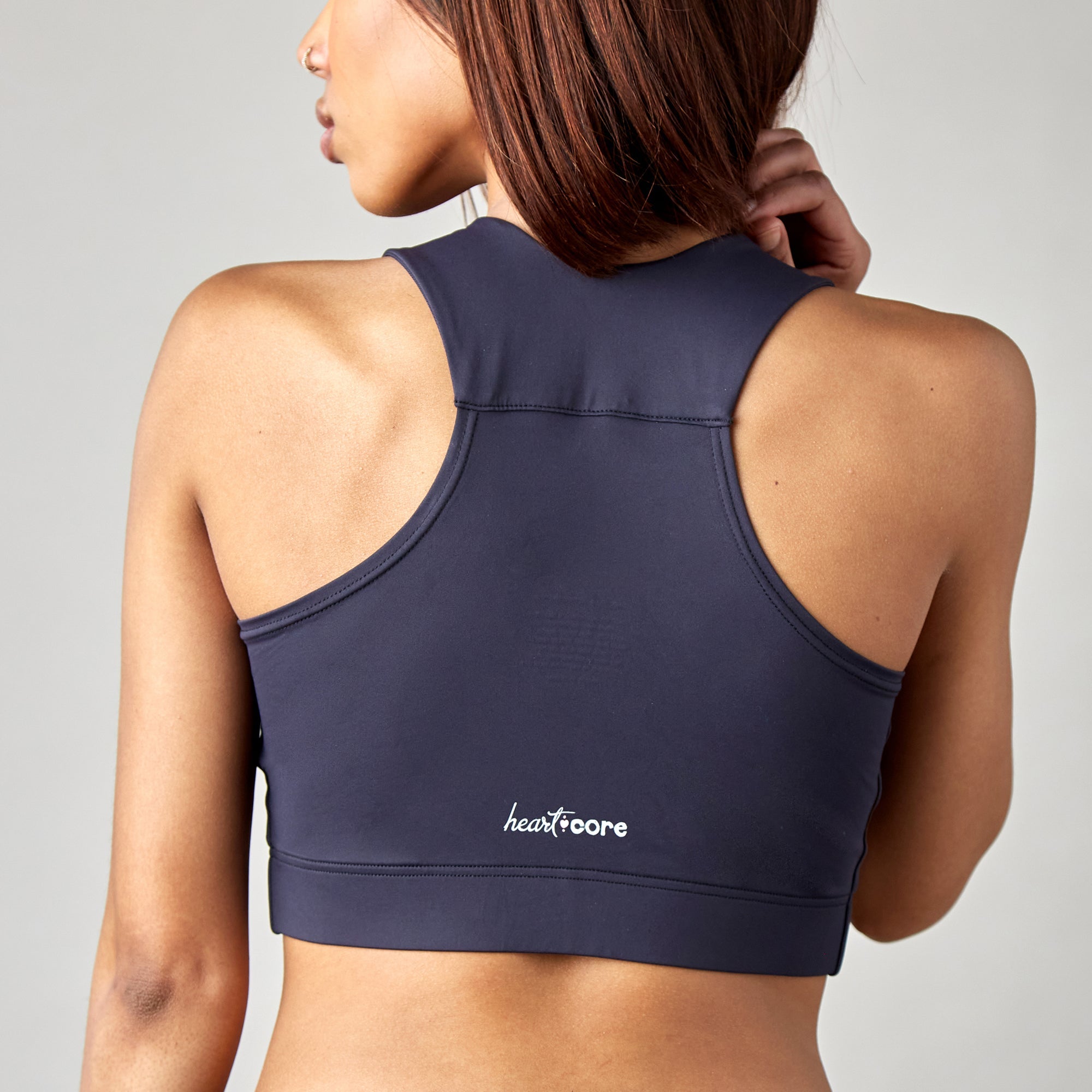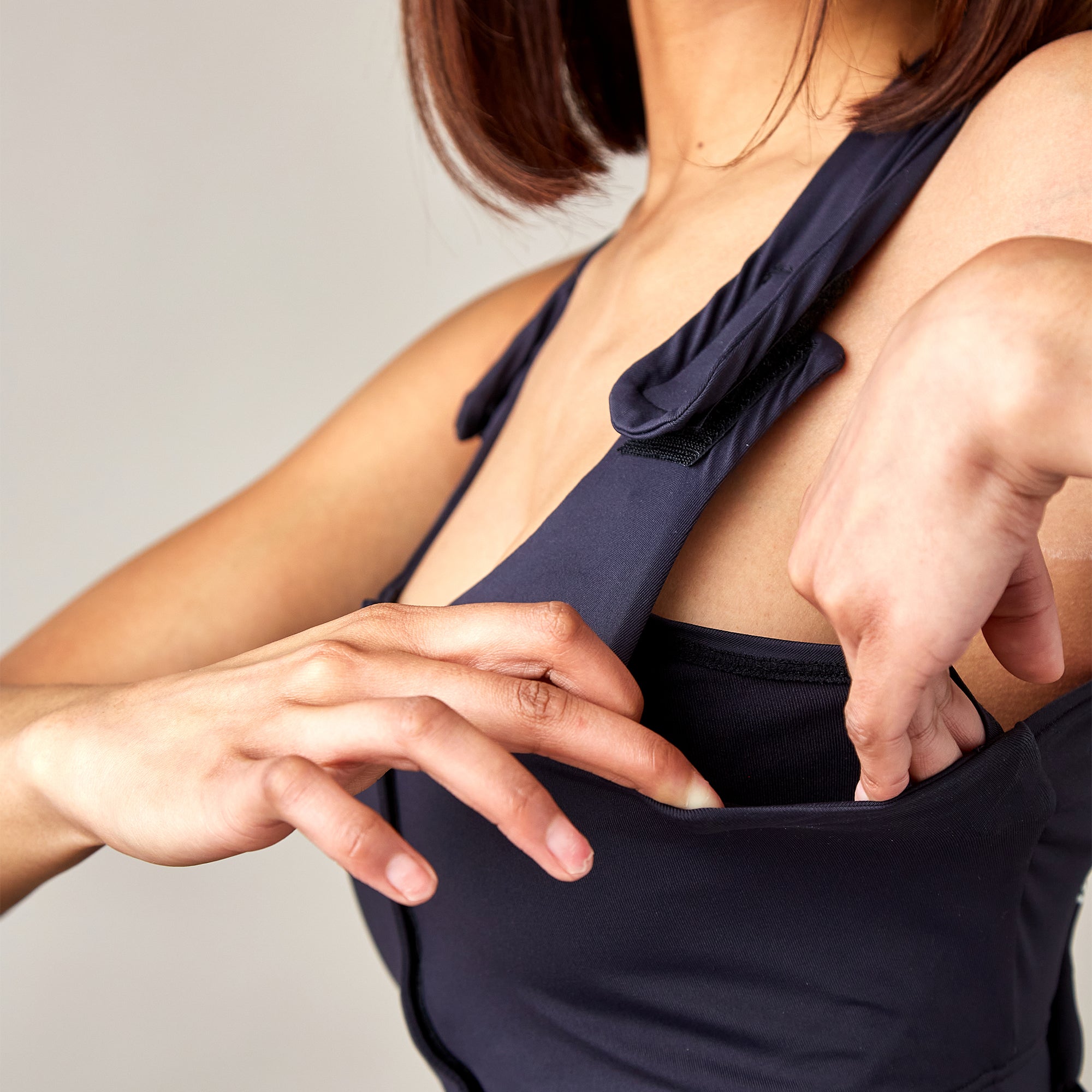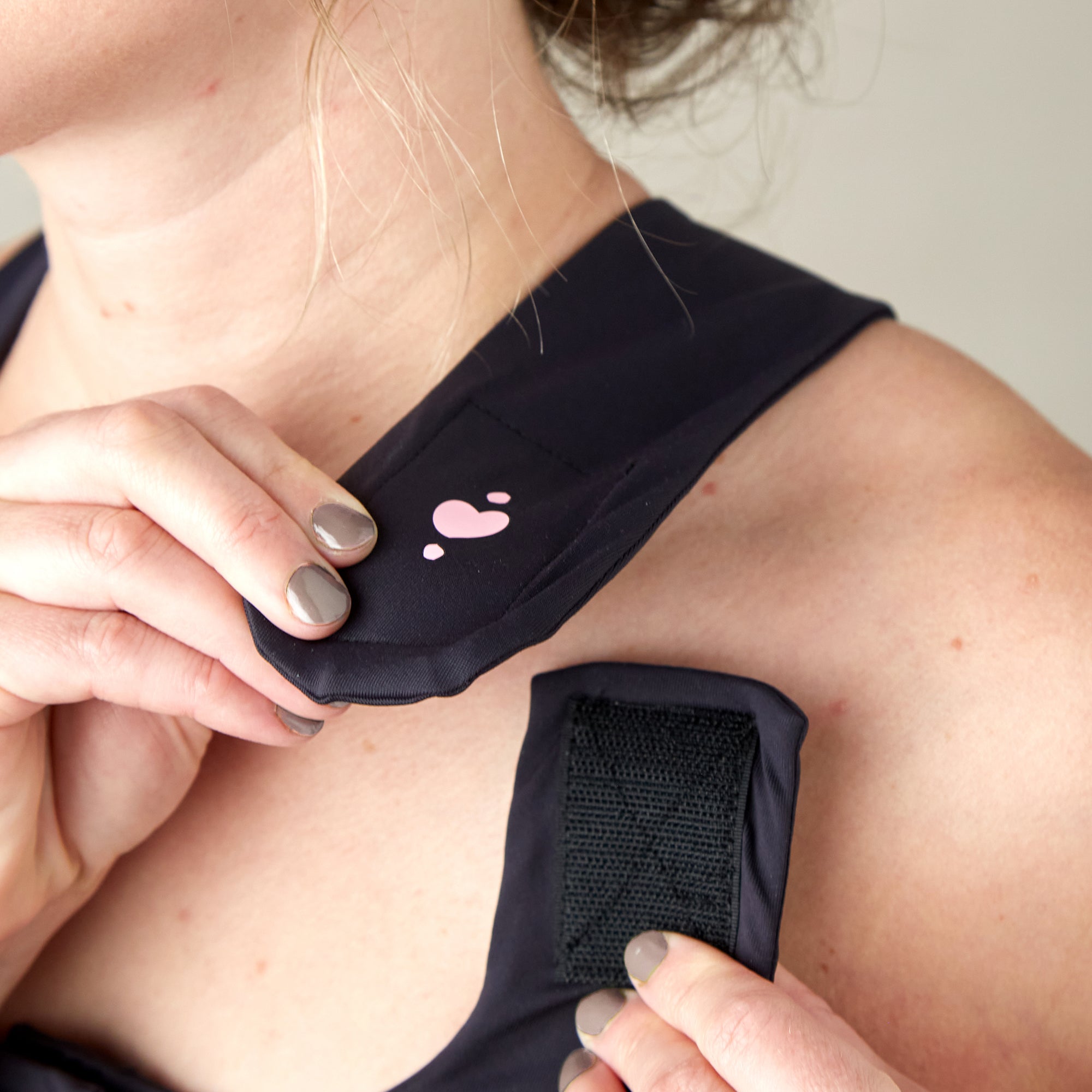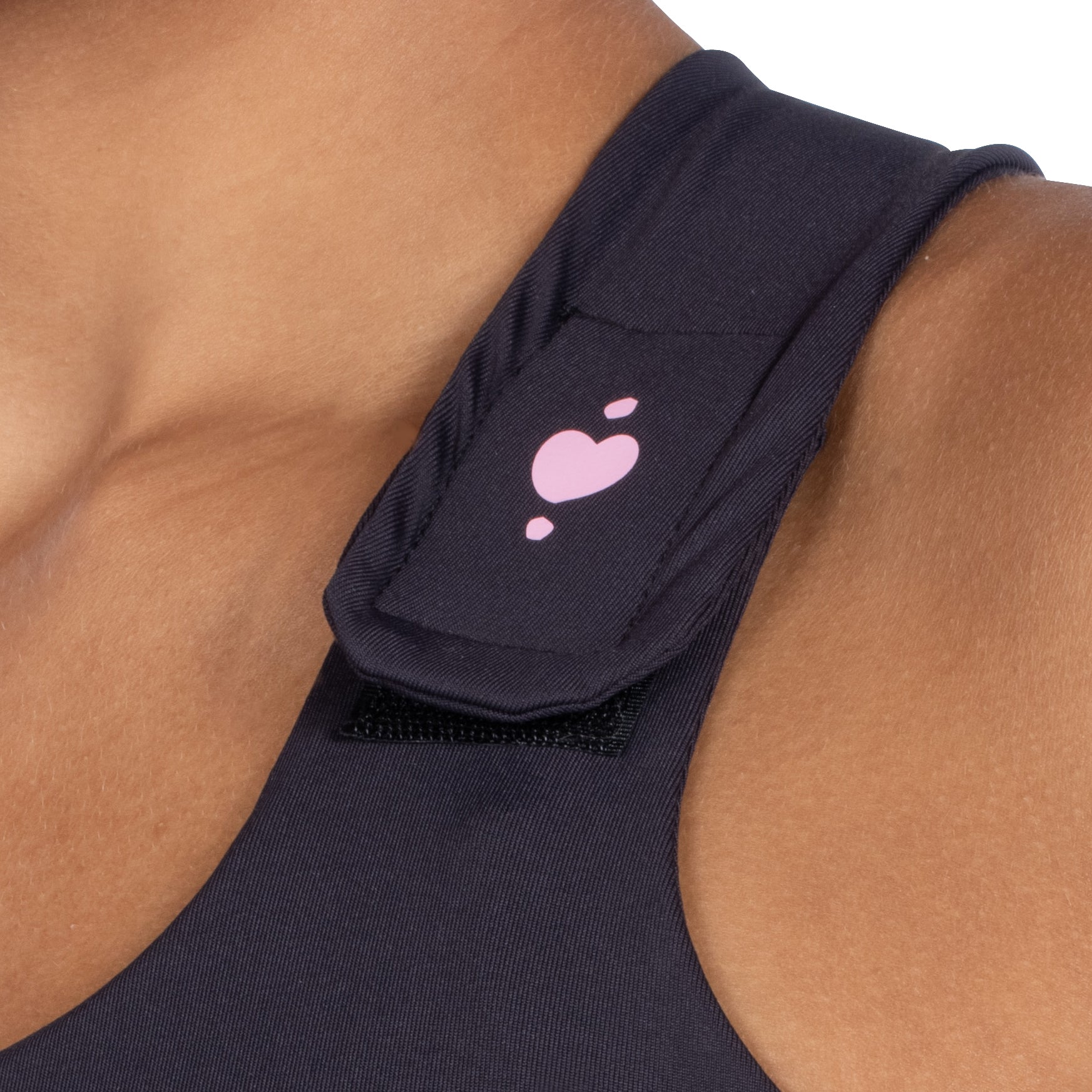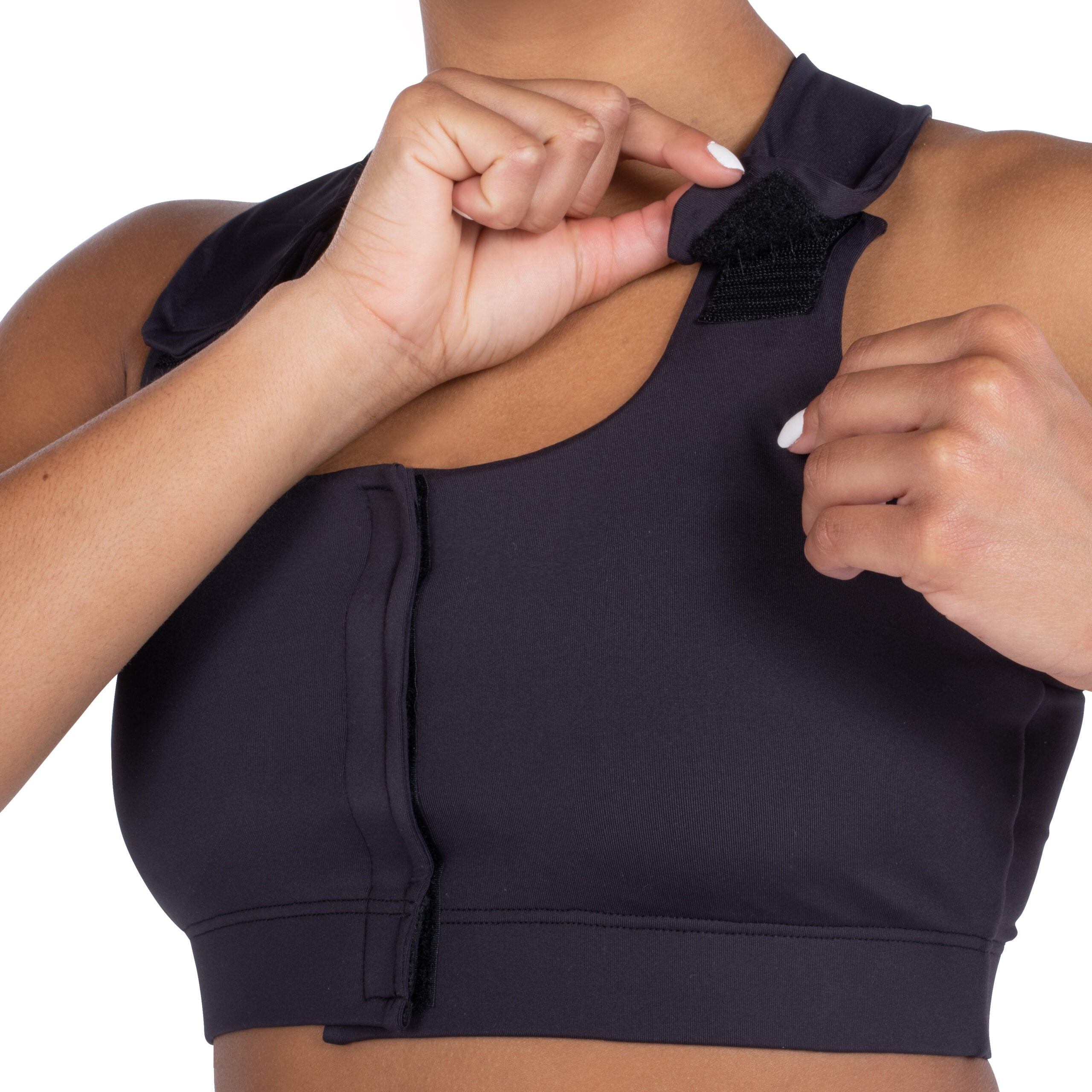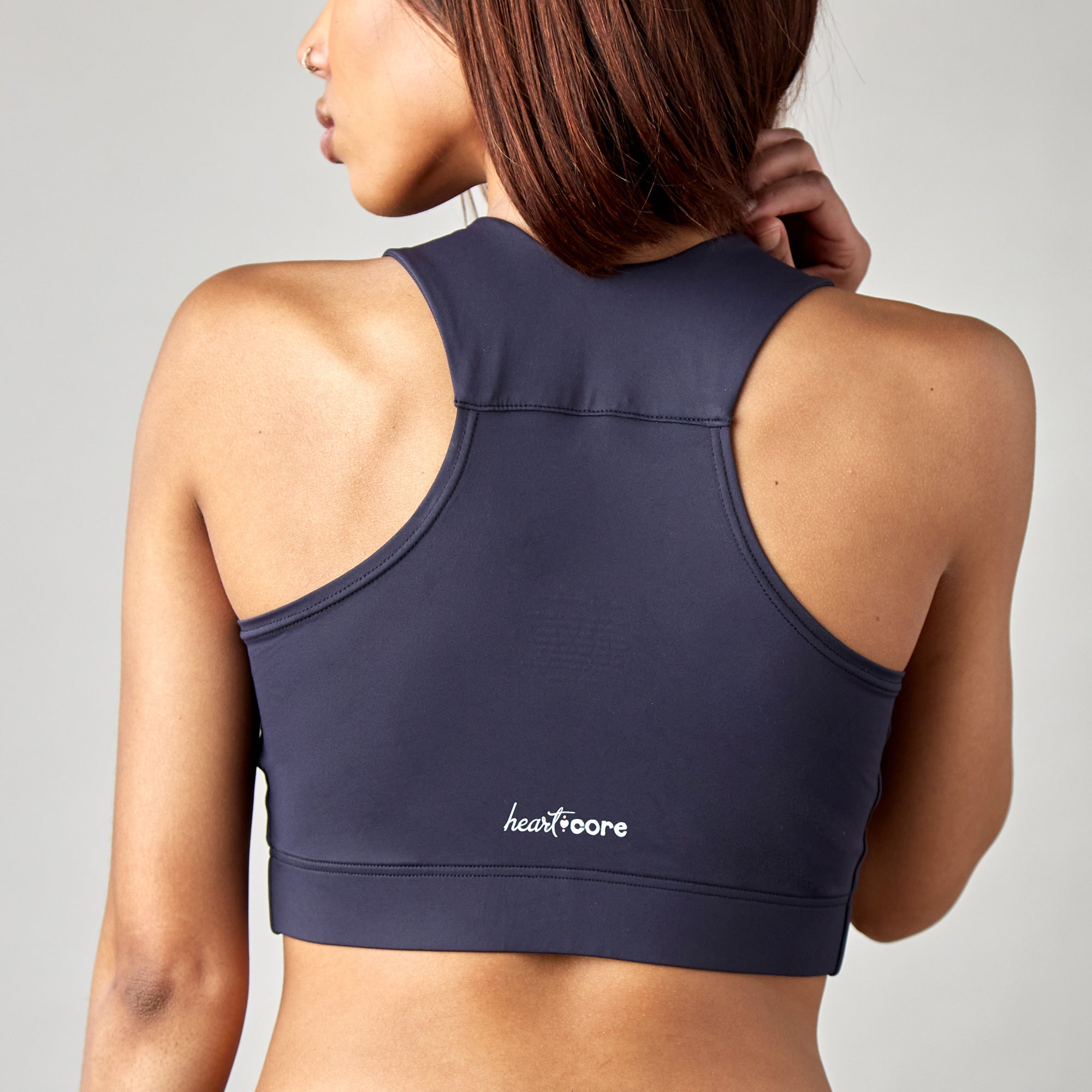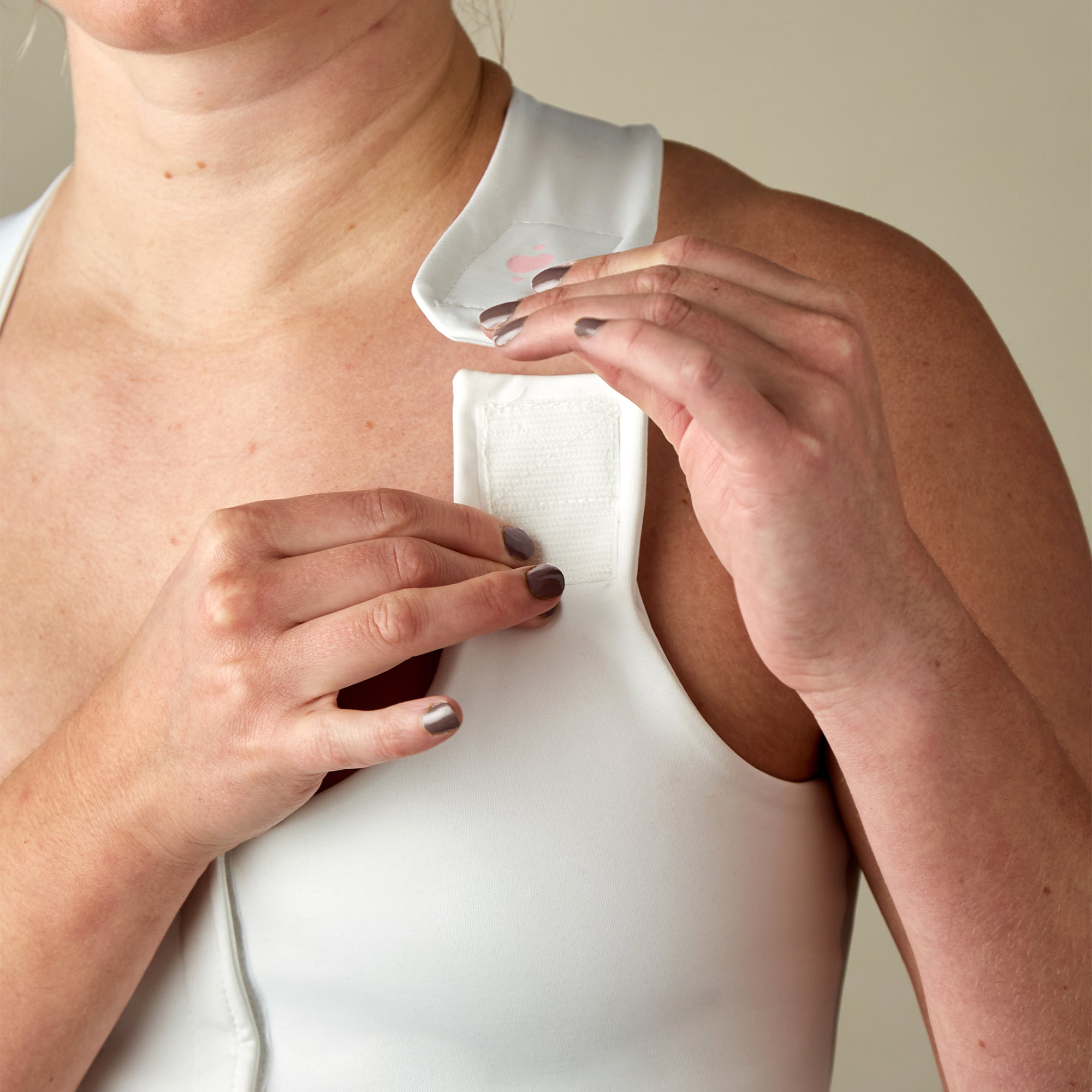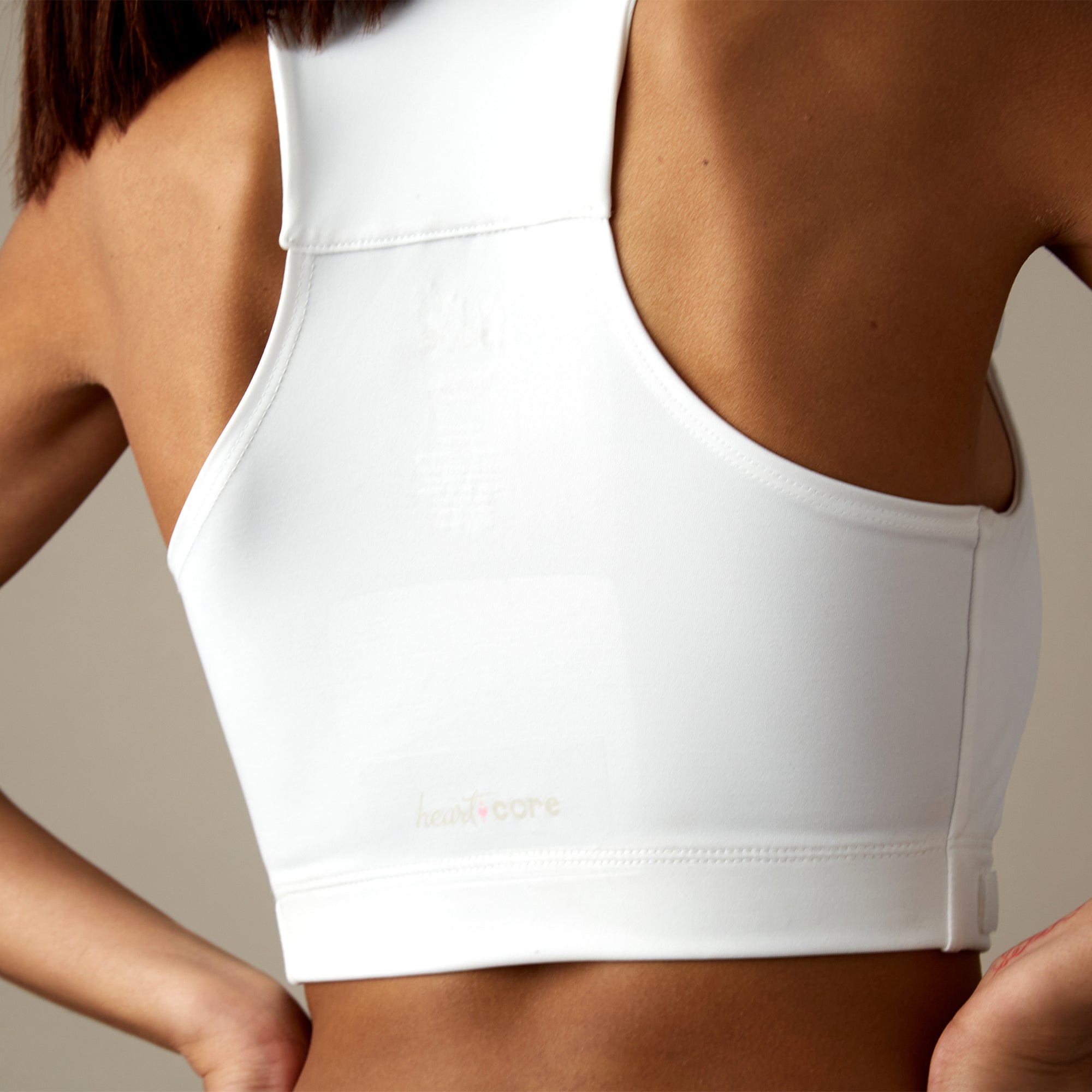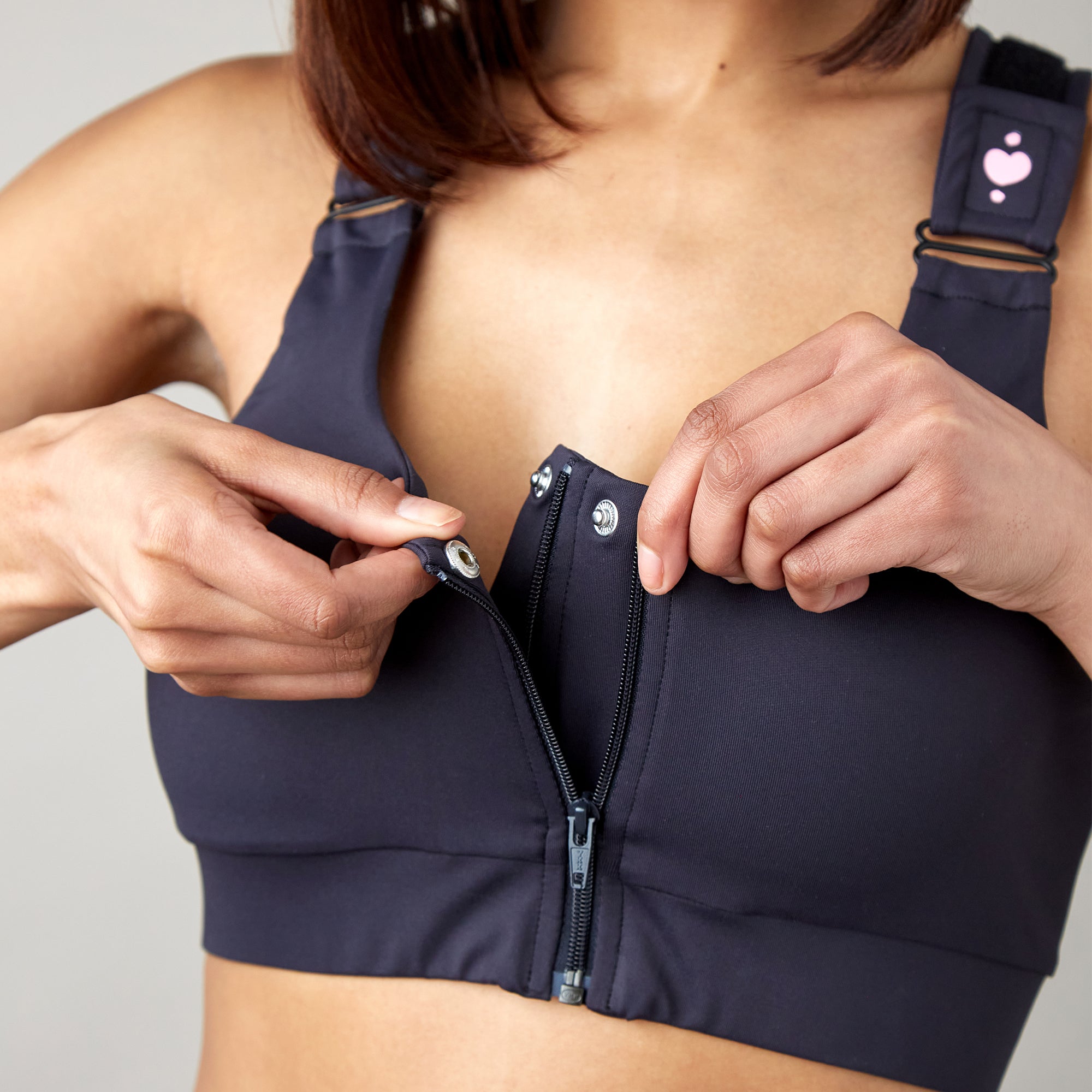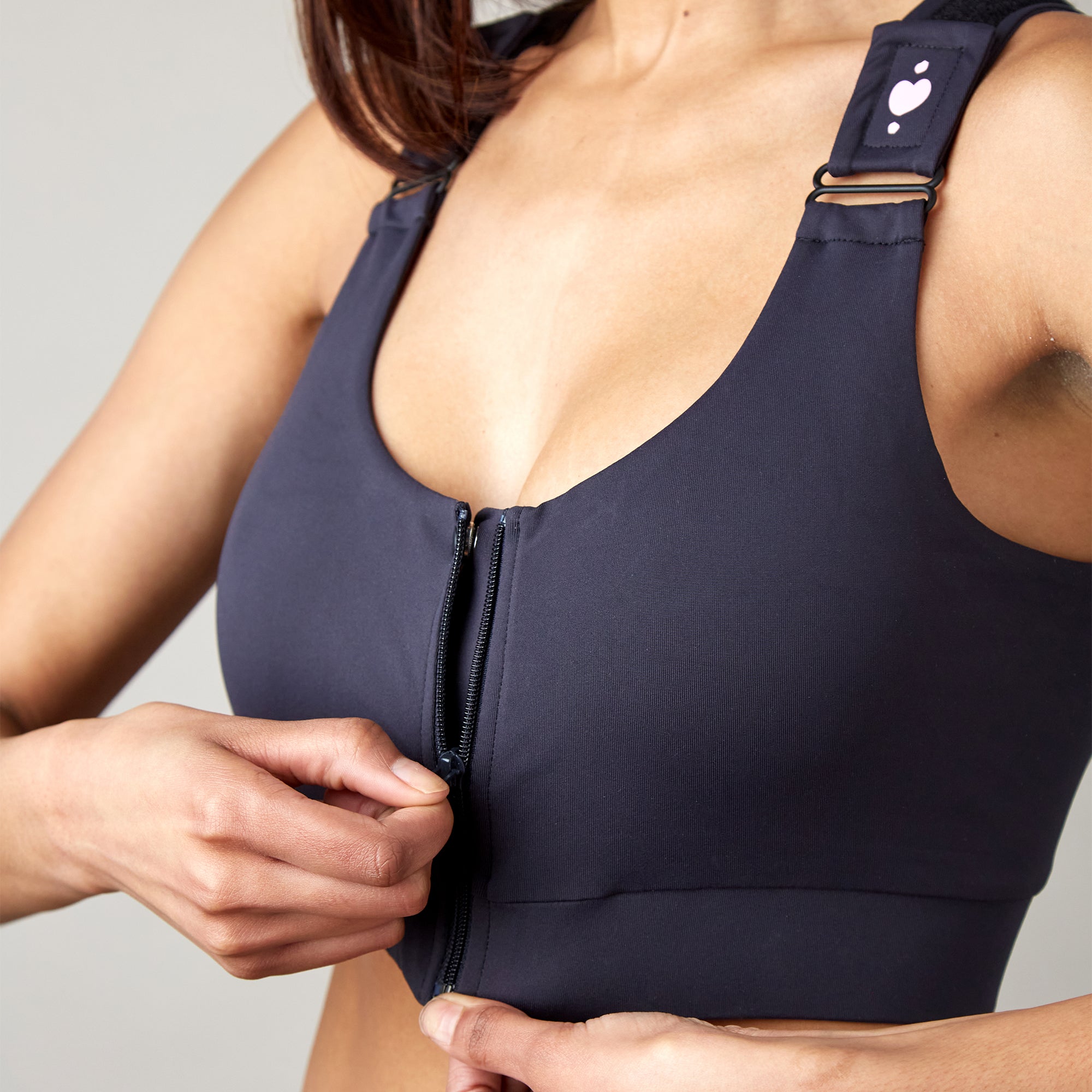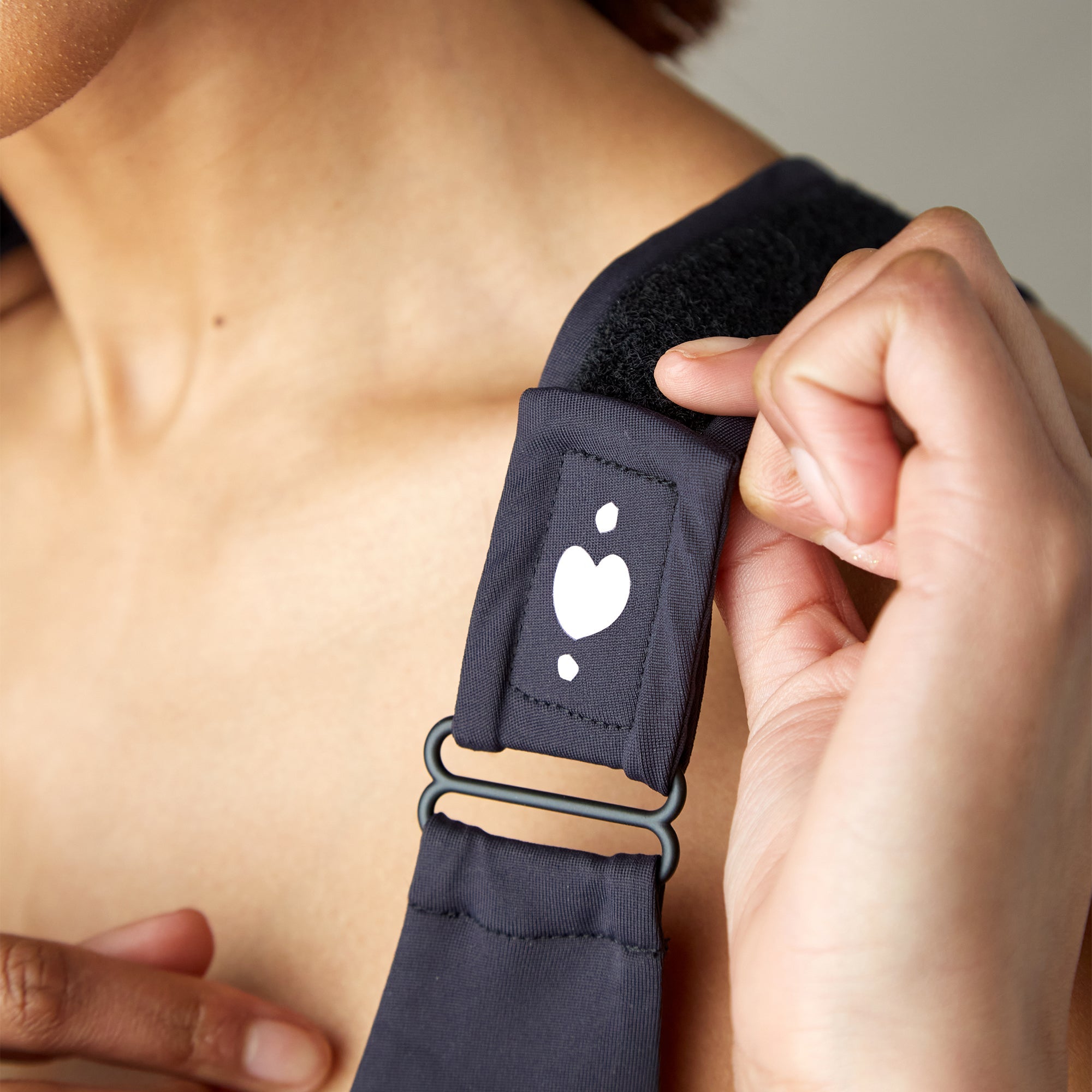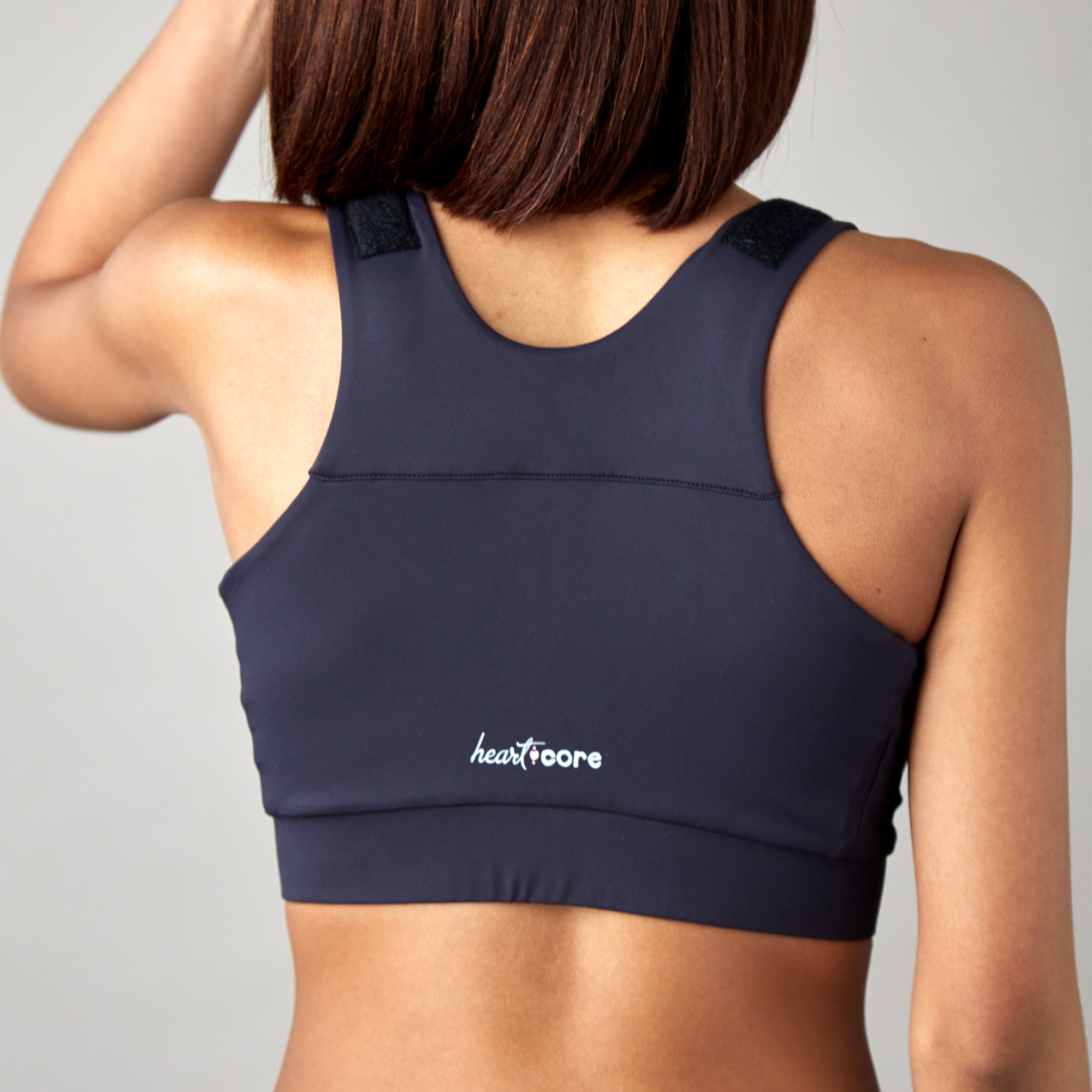If you've recently been diagnosed with pudendal neuralgia, you're likely already anticipating one of the condition's most challenging aspects: finding a comfortable sleeping position. The good news is that you don't have to wait for sleepless nights to become your new normal before taking action. Understanding the specific positioning strategy that works for pudendal neuralgia—and setting it up now—can prevent the sleep disruption cycle before it starts.
Here's what you need to know: there's a specific elevation angle that consistently provides relief for pudendal neuralgia patients, and it's not what most people intuitively try. While you might assume flat sleeping or standard pillow arrangements will work, the anatomy of pudendal nerve irritation requires something more precise. By preparing the right positioning setup now, you'll be equipped to manage symptoms effectively from the beginning of your treatment journey.
The challenge with pudendal neuralgia sleep isn't just discomfort—it's the way traditional sleeping positions create pressure patterns that can aggravate the exact nerve pathways you're trying to protect. Your pudendal nerve runs through your pelvic region, providing sensation to your external genitalia, perineum, and anal area. When this nerve becomes irritated, compressed, or inflamed, conventional flat sleeping positions can actually worsen the inflammation by creating direct pressure on already-sensitive nerve pathways.
Without proper positioning preparation, many people fall into a predictable cycle: nerve irritation makes standard positions uncomfortable, poor sleep increases pain sensitivity, increased pain makes finding comfortable positions even more difficult, and exhaustion amplifies everything. But this cycle isn't inevitable—it's preventable with the right approach.

The Solution: 15-30 Degrees of Elevation
The breakthrough for pudendal neuralgia sleep management isn't just elevation—it's precise elevation in a specific therapeutic range. Research and consistent patient experiences point to one optimal angle: 15-30 degrees of upper body elevation. Not the steep 45-degree hospital bed angle, not barely-elevated attempts with a single pillow, but the precise sweet spot that transforms sleep from an endurance test into actual rest.
Setting up this positioning now, before sleep problems intensify, gives your body the best chance at maintaining the restorative sleep cycles essential for nerve healing and symptom management.
Why This Angle Range Works
Pressure redistribution: Instead of your full body weight pressing down on sensitive areas, the angle spreads pressure across a larger surface area. Your tailbone gets a break. Your sacral region stops bearing the brunt of gravity's demands.
Muscle relaxation cascade: At 15-30 degrees, your hip flexors can finally relax completely. This relaxation travels through your pelvic floor muscles, reducing the tension that often contributes to pudendal nerve compression.
Circulation revolution: The gentle elevation creates a natural circulation boost to your pelvic region. Better blood flow means more healing nutrients reaching irritated nerve tissues and more efficient removal of inflammatory compounds.
Sleep architecture improvement: When you're not constantly micro-adjusting for comfort, you actually reach the deep sleep phases where nervous system healing happens. This isn't just comfort—it's therapeutic.
Finding Your Personal Magic Number
Start at 20 degrees: Most people find this the perfect entry point—noticeable relief without feeling like you're sleeping on a mountain.
Adjust by symptoms: Pain flare-up? Increase the elevation angle. Calmer period? Drop it down. Your nerve will tell you what it prefers.
The Goldilocks test: Too flat and you're back to pressure problems. Too steep and you'll slide down all night. Just right feels stable and sustainable for 6-8 hours.

The Pillow Failure Analysis
Standard household pillows are designed for comfort, not therapeutic precision. When you need to maintain a specific angle for nerve pathway protection, comfort pillows become liability pillows.
The compression catastrophe: Regular pillows lose 30-50% of their height during sleep. Start at 25 degrees, wake up at 12 degrees—right back in the problem zone.
The migration disaster: Individual pillows move independently. Your carefully constructed angle becomes a chaotic pile by midnight.
The pressure point problem: Stacked pillows create uneven surfaces with pressure concentrations that can actually worsen nerve irritation.
The nightly engineering project: Spending 20 minutes building pillow architecture when you're already exhausted and in pain isn't sustainable.

The Sleep Again Pillow System: Precision Engineering for Nerve Comfort
The Sleep Again Pillow System represents the end of pillow guesswork. Specifically designed for conditions requiring precise positioning, it delivers the 15-30 degree therapeutic range consistently.
The complete system includes:
-
Upper Body Wedge - Creates and maintains precise therapeutic elevation
-
Two Contoured Side Pillows - Cradle back and hips for optimal pelvic alignment
-
Leg Support Wedge - Maintains lower body positioning without strain
-
Head Pillow - Ensures neck comfort at elevated angles
-
Removable, washable slipcovers - Essential for extended use periods
The Engineering Advantage
Angle precision: The Upper Body Wedge maintains your chosen elevation throughout the night. No compression, no migration, no midnight angle loss.
Integrated stability: Each component works with the others. No pillow fights, no gaps, no middle-of-night reconstruction projects.
Pressure distribution: Advanced materials distribute body weight evenly, preventing the pressure concentrations that aggravate pudendal nerve irritation.
Modular adaptability: Adjust component use based on symptom patterns. More support during flares, streamlined setup during comfortable periods.
SHOP THE BEST PILLOW FOR PUDENDAL NEURALGIA
The 28-Day Transformation Protocol
Days 1-7: Foundation Phase
Objective: Establish consistent elevation
Your body needs time to adapt to elevated positioning. Start with 20 degrees using the Sleep Again Pillow System's Upper Body Wedge. Focus on consistency and document your sleep quality and morning symptom levels.
Expected experience: Initial positional adjustment, possibly some muscle adaptation sensations. This is normal—your body is learning new positioning patterns.
Days 8-14: Optimization Phase
Objective: Fine-tune your personal therapeutic angle
Adjust elevation based on your week-one experience. Try increasing elevation with the Sleep Again Pillow System’s second wedge. If that feels too steep, continue with the single wedge.
Expected experience: Noticeable improvements in sleep initiation and reduced position-seeking behavior during the night.
Days 15-21: Integration Phase
Objective: Achieve consistent therapeutic sleep patterns
Your elevation angle should feel natural now. Sleep quality improvements become more apparent as your nervous system benefits from consistent therapeutic positioning. You may notice improved daytime symptom management.
Expected experience: Elevated positioning feels preferred rather than prescribed. Morning stiffness and pain levels typically show significant improvement.
Days 22-28: Mastery Phase
Objective: Long-term positioning confidence
You've developed reliable sleep patterns that work with your pudendal neuralgia rather than against it. The Sleep Again Pillow System has become integral to your symptom management strategy.
Expected experience: Consistent therapeutic benefits, improved overall sleep architecture, and confidence in your ability to manage symptoms through positioning.

Living with Your New Sleep Foundation
Environmental Optimization
Maintain bedroom temperature at 65-68°F to prevent overheating from additional positioning equipment while reducing nerve sensitivity. The Sleep Again Pillow System's breathable design works with your cooling strategy rather than against it.
Partner Accommodation
The system's space-efficient design minimizes bed real estate impact while maximizing your comfort. Many couples find that improved sleep quality for the affected partner benefits both people's rest quality.
Healthcare Integration
Document your positioning success with the Sleep Again Pillow System for healthcare provider discussions. Use sleep quality improvements as objective treatment effectiveness measures. Coordinate positioning benefits with other pudendal neuralgia therapies for comprehensive management.

Frequently Asked Questions: The Real Concerns
Q: Will I become dependent on elevated sleeping?
A: Many people continue elevated positioning after symptom improvement because they discover better sleep quality. This isn't dependence—it's preference for superior rest.
Q: How do I know if my angle is correct?
A: You should wake up in approximately the same position you fell asleep in, without sliding down significantly. Morning symptom levels should improve over 2-4 weeks of consistent positioning.
Q: What about sleeping medication interactions?
A: Elevated positioning often enhances sleep medication effectiveness by reducing the underlying discomfort that interferes with rest. Discuss any changes with your healthcare provider.
Q: Can I use heating pads with the Sleep Again Pillow System?
A: Yes, but apply heat to your lower back or hip areas, never directly to the pelvic region. The system's design accommodates therapeutic heat application safely.
Q: What if my symptoms change throughout the night?
A: The system's modular design allows mid-night adjustments if needed, though most users find consistent positioning throughout the night most beneficial.
Q: How does this approach compare to medical treatments?
A: Therapeutic positioning complements medical treatments rather than replacing them. Quality sleep supports your body's response to other pudendal neuralgia therapies.
Q: Is the investment worth it for a potentially temporary condition?
A: The Sleep Again Pillow System's benefits often extend beyond initial medical necessity. Many users continue finding value for general sleep quality improvement, making it a long-term wellness investment.
Q: What if I travel frequently?
A: The system's components can travel individually to maintain therapeutic positioning away from home. Priority pieces ensure positioning consistency regardless of location.
The Long-Term Vision: Sleep as Medicine
Therapeutic positioning with the Sleep Again Pillow System transforms sleep from a daily challenge into a healing opportunity. Every night of optimal positioning provides your nervous system with conditions for reduced inflammation, improved circulation, and natural repair processes.
This isn't just symptom management—it's proactive health investment. Quality sleep affects immune function, pain processing, mood stability, and overall resilience. When you solve the sleep positioning puzzle, you're addressing far more than just nighttime comfort.
Your Transformation Timeline
Begin with the Sleep Again Pillow System's elevated positioning and commit to 28 days of consistent use. Monitor your response through simple sleep quality and morning symptom tracking. Adjust elevation ranges based on your comfort and symptom patterns.
Remember that therapeutic positioning is evidence-based medicine, not comfort preference. You're providing your pudendal nerve with optimal mechanical conditions for healing during your longest rest period each day.
The relief you're seeking exists in the precision of proper elevation, the consistency of professional-grade equipment, and the patience to allow your nervous system to respond to improved positioning. Quality sleep with pudendal neuralgia isn't just possible—it's your pathway back to restorative rest and better days ahead.
Medical Disclaimer
This information is provided for educational purposes only and should not replace professional medical advice. Pudendal neuralgia is a complex condition requiring proper medical diagnosis and treatment. Sleep positioning recommendations may vary based on individual symptoms, underlying causes, and medical circumstances.
Always consult healthcare providers before implementing significant sleep positioning changes, especially with diagnosed pudendal neuralgia or other pelvic nerve conditions. While elevated back-sleeping can be helpful for symptom management, it should complement appropriate medical treatment, not replace professional care.
If you experience worsening symptoms, new symptoms, severe pain, or concerning sensation changes, contact your healthcare provider immediately. Pudendal neuralgia can be associated with various underlying conditions requiring different treatment approaches. Self-treatment with positioning changes alone is insufficient and may delay appropriate medical intervention.
The mention of specific products or strategies is for informational purposes only and does not constitute medical endorsement. What works for one person may not be appropriate for another, as pudendal neuralgia varies significantly between individuals. Always follow your healthcare provider's specific guidance regarding sleep positioning, activity modifications, and overall treatment approach.


